Our itinerary for Vienna (outside of Eurocup stuff) was to check out as many museums as possible; but it felt very much like you can’t take a trip to Vienna without going to the Schönbrunn.
Commissioned by Leopold I in 1696, it was designed and built to the preferred baroque architectural style at that time, it is heavy and ornate with large sweeping staircases and colonnades. It was intended as a summer palace and hunting lodge not far from the River Wein, and had several halting stages of construction (due to the lack of funds resultant from war with Spain among other Hapsburg trials). Emperor Charles VI gave it to his daughter Maria Theresia who was apparently particularly fond of the place, and it was she who left the largest mark on the estate.
I remember the palace really well from visiting here in 1995 and mostly remember that it was huge, ornate and we had a very cool guide showing us around. It was also a rather quiet place without too many tourists and not a lot of ropes or glass stopping you from interacting with the space (unlike my memories of Versailles that same trip). Everything was about the Empress Maria Theresia, her investment and design decisions regarding the estate and her prolific offspring that were wed to the various royal houses on the continent leading to her being named, the ‘Grandmother of Europe’. Her name was uttered with a thick Austrian accent numerous times in every single room!
Jesus has this place changed… thanks to the Netflix TV services, “Empress”, the entire palace now is all about Elizabeth – also known as, ‘Sisi’, who was married to the Emperor Franz Josef some one hundred years after Maria Theresia. Seriously, you could could be forgiven for leaving here thinking that Sisi built the place and was the only royal to have lived here! The free roaming tour with polite ‘please don’t touch the velvet wallpaper’ signs are gone, and in it’s place is a rigid, timed and structured audio tour keeping you in glass walkways well away from the artefacts. The palace was packed with visitors… though given it was late afternoon, I imagine it is even worse in the mornings.

Oh, and nice overpriced touristy carriage rides on offer around the grounds.
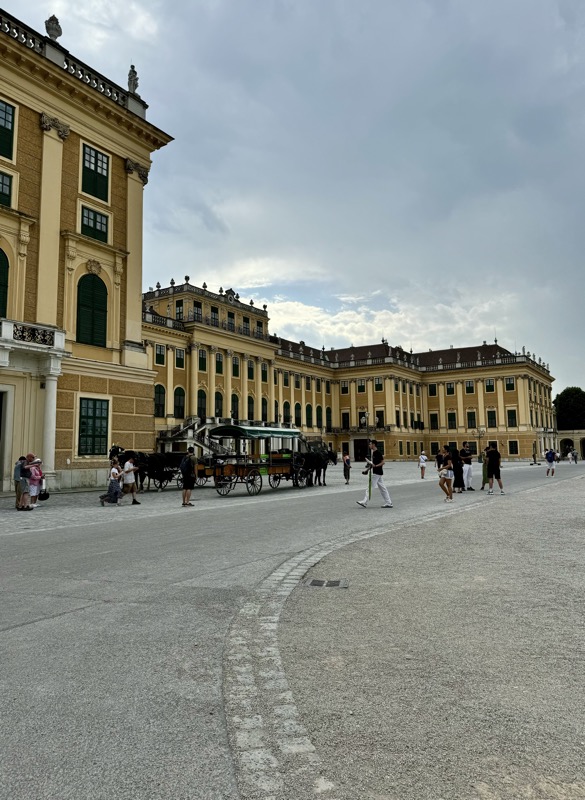
Still it is a lovely building and there is a lot to see here; having recently seen the over the top Nymphemberg Palace, among others, it does all start to feel a bit same-same, though.
The Billiard Room – ‘Franz Jospeh saw himself first and foremost as an officer of his army. Appropriately, the subject of the large format paintings in this room is the Military Order of Maria Theresa, the highest military order of merit of of the Habsburg Monarchy.’ Which was pointed out on the audio-tour… but possibly ignored as everyone is here to hear about Sisi!
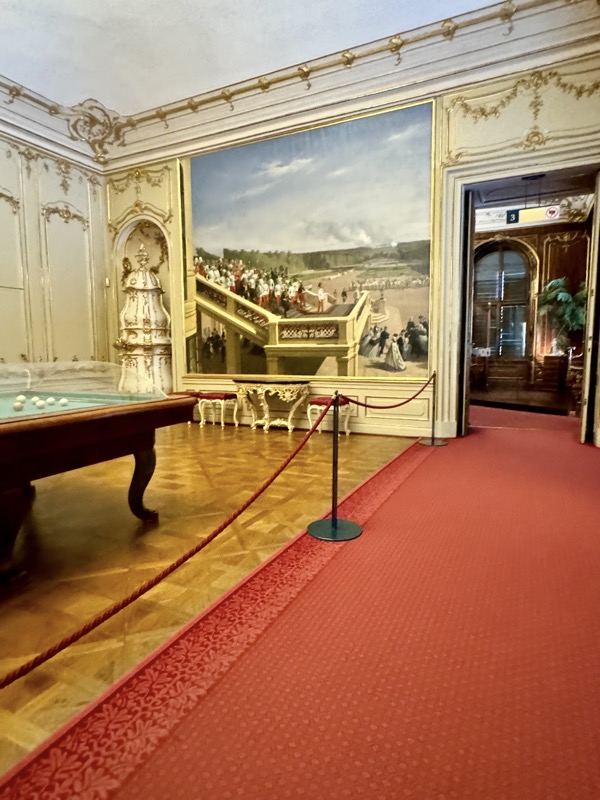
Audience Chamber – Here the various emperors received individuals who had been granted a private audience with the monarch. Members of the government, high ranking military officers and court officials were also summoned here several times a week to deliver their reports.

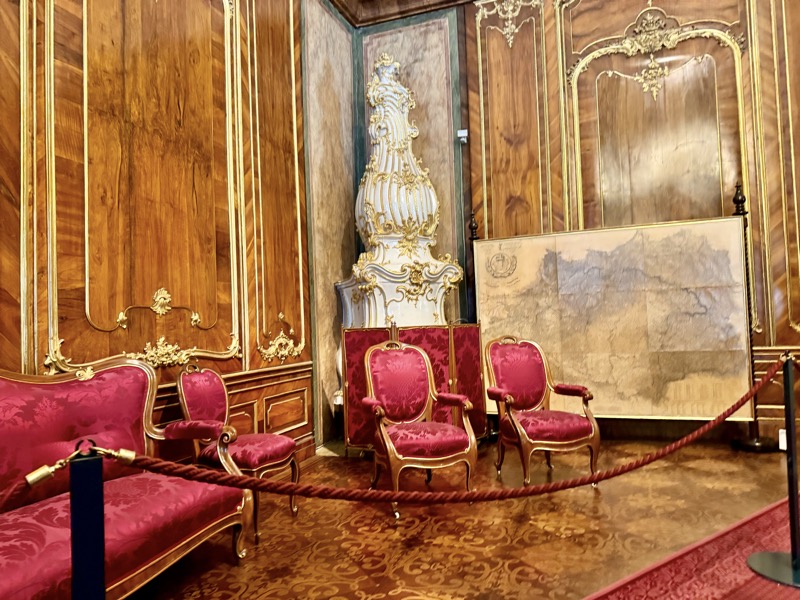
Emperor Franz Joseph’s (aka Sisi’s husband) Study – A host of personal pictures and photographs bear witness to the style of interior favoured by the emperor in his private quarters. Over the course of his long life he amassed in this room a wealth of mementos of his wife Elisabeth (Sisi), their four children and thirteen grandchildren.’
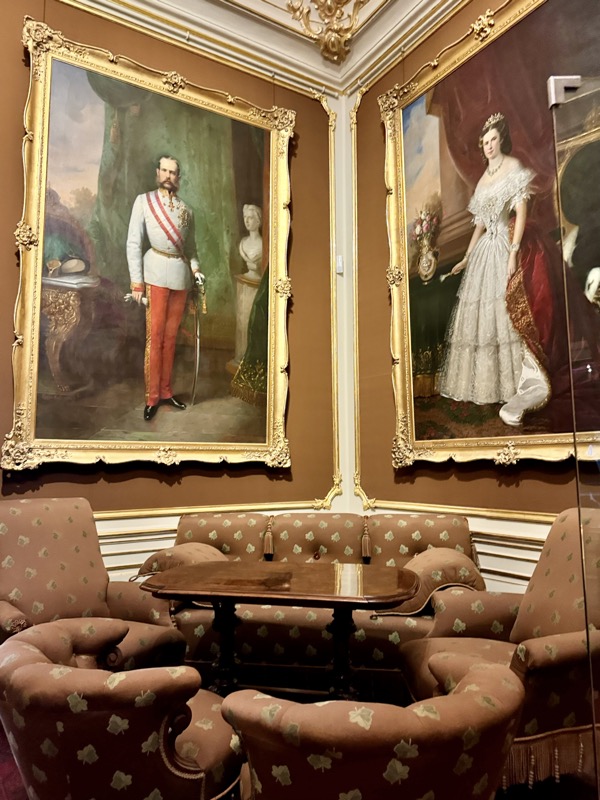
Ketterl Room – the concealed door in the back wall of the study leads into the valet de chambre’s rooms. I’m not sure what a Ketterl is…
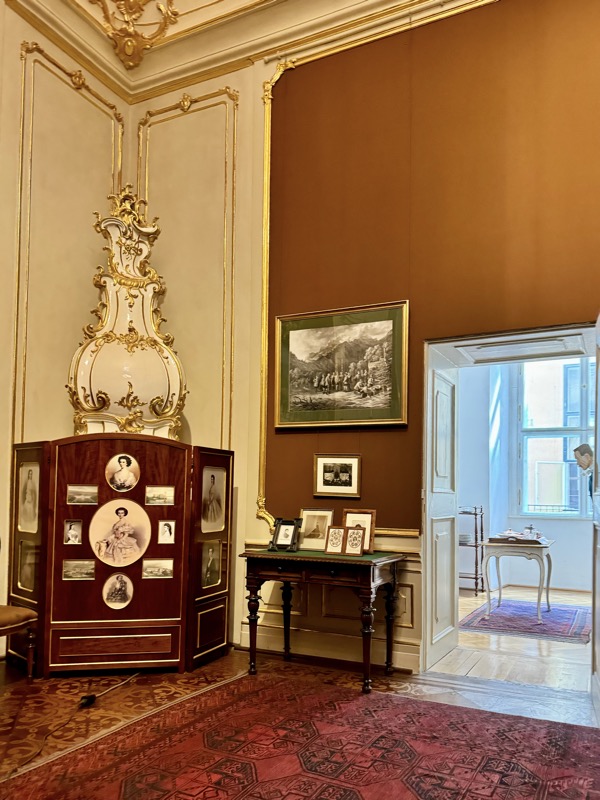

Franz Joseph’s Bedroom – the emperor’s bedroom was also where he died on November 21, 1916. The brown is a bit… meh.
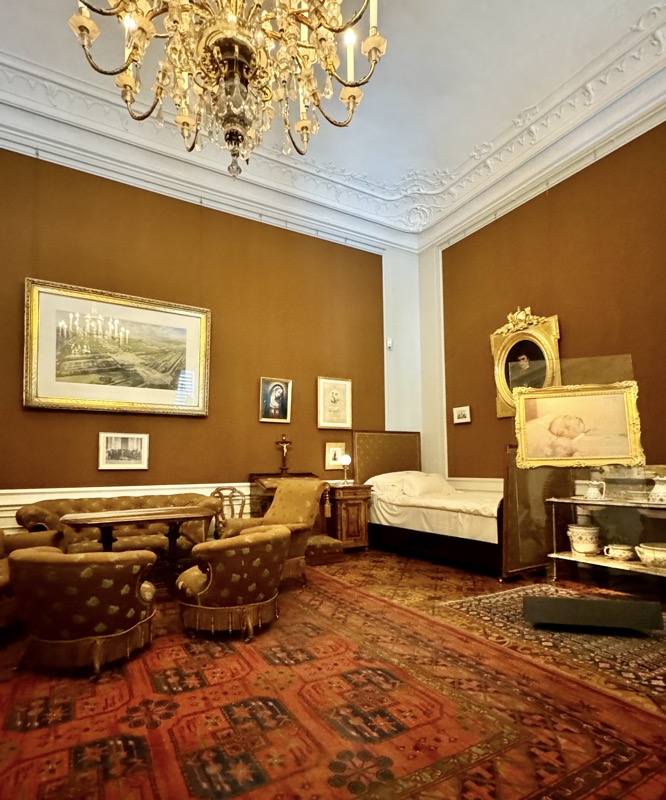
Stairs Cabinet – the Stairs Cabinet served Empress Elisabeth as a writing room. Here she wrote her letters, journals and her poetry. The bookcase still contains part of her personal library apparently.
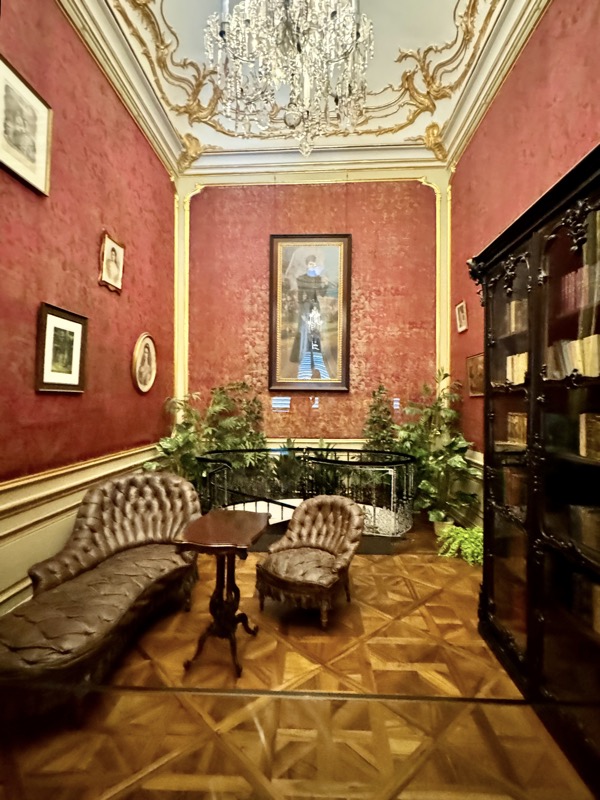
Dressing Room – immediately adjacent to the bedroom, the dressing room was the innermost and most private room in the empress’s apartments. Sisi was known to have a strict diet and beauty regimen to maintain her girlish figure and look after her ankle length hair.
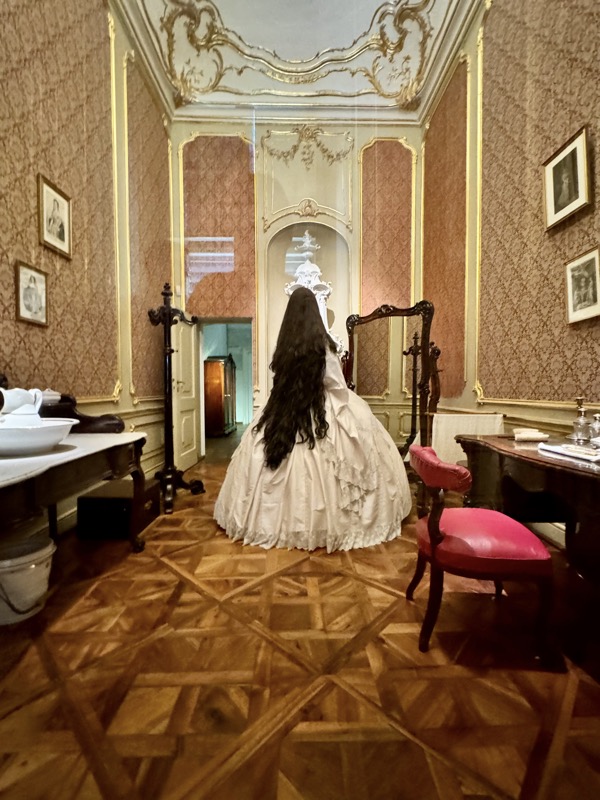
Imperial Couple’s Bedroom – the bedroom in the Italian style that was shared by Franz Joseph and Sisi was furnished and decorated as we see it now, for their marriage in 1854.
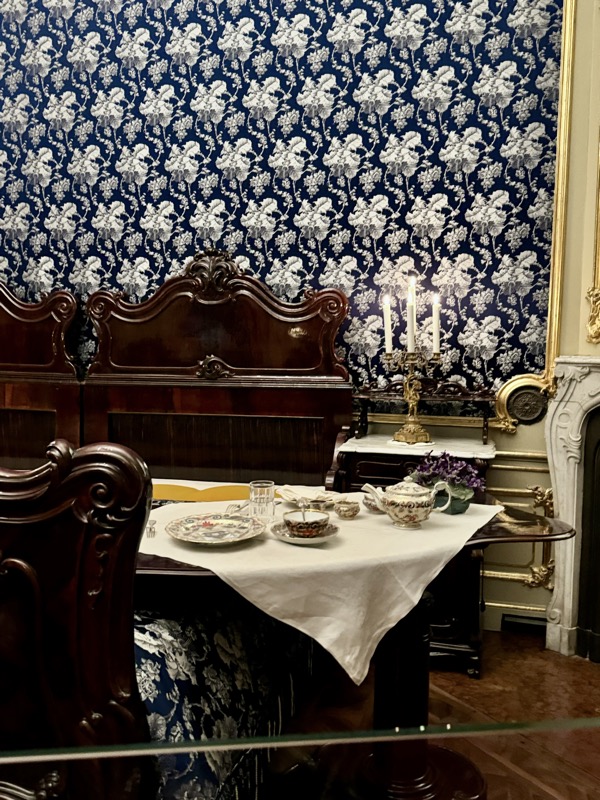
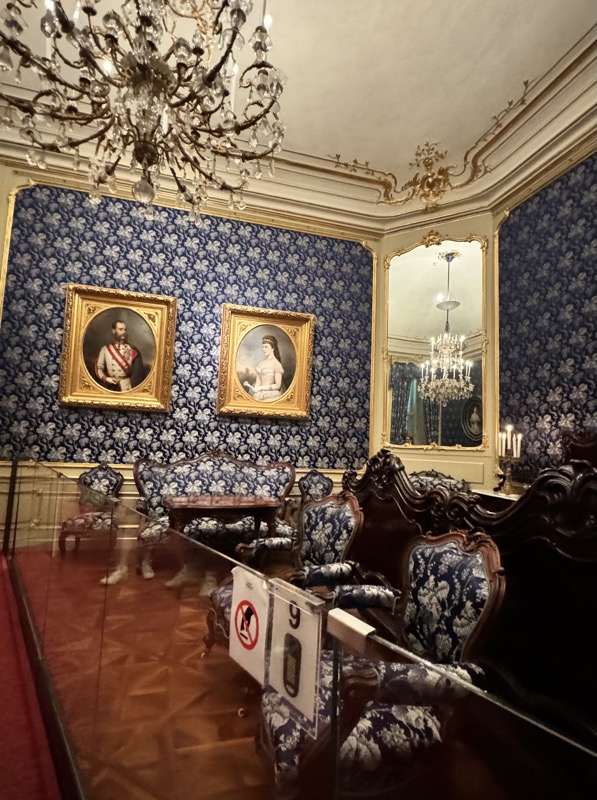
Salon of Empress Elisabeth – this was Sisi’s primary reception room. “The Rococo Revival interior is a typical example of the furnishing and decoration of a state room at the Viennese court during the reign of Emperor Franz Joseph.”… and is way too chintzy for me.

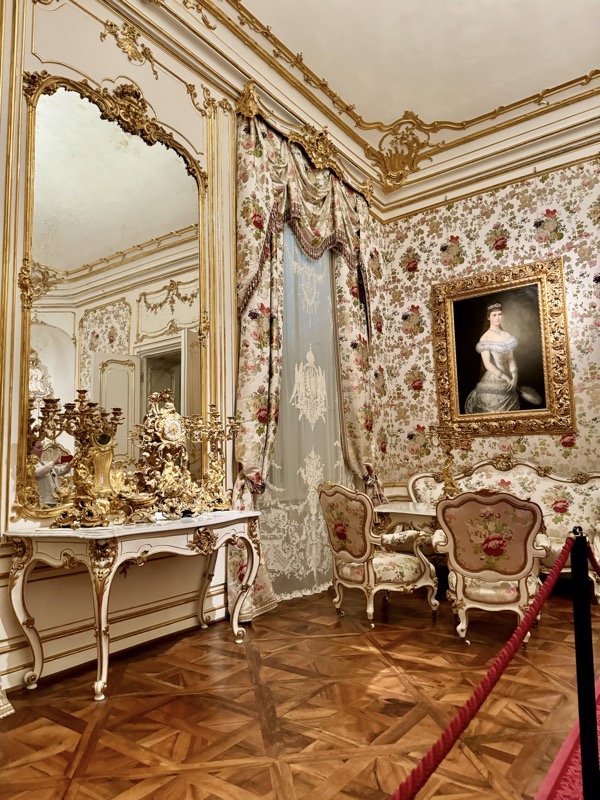
Marie Antoinette Room – during the time when Elisabeth occupied these apartments, the Marie Antoinette Room was used as the family dining room for small dinners in the immediate family circle and attended by the imperial couple and their children, and later on their daughter and sons-in-law and grandchildren. So, like a casual breakfast nook really.


Yellow Salon – the Yellow Salon is the first room in the apartments facing the palace gardens. From the windows of these rooms one has a stunning view of the main parterre with the Gloriette as the lofty termination of the vista. <- I did not write that.

Balcony Room – continuing numerous pictures of Maria Theresa and her numerous children. The portraits are from the the studio of court painter Martin van Meytens. This was quite a nice room actually.
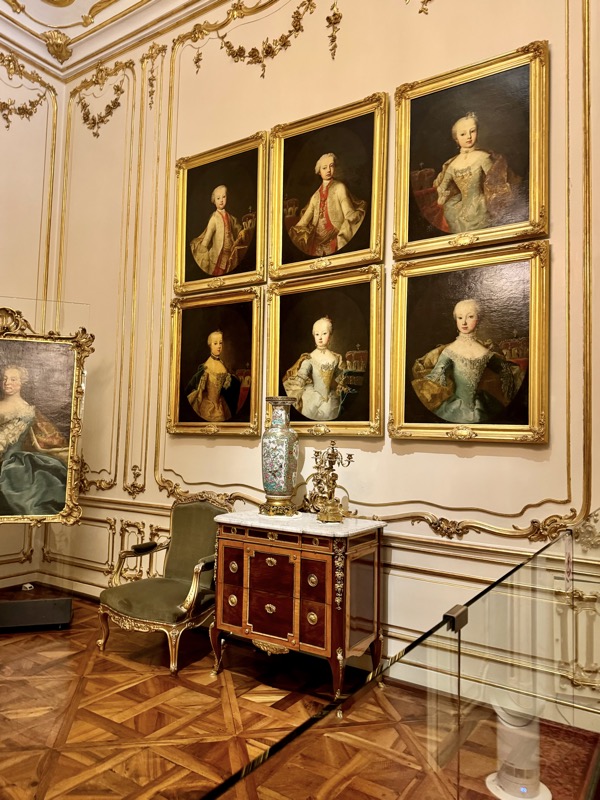
Breakfast Cabinet – this little corner room owes its ‘pleasing character’ (according to the audio) to the textile flower pictures set into the wall panelling in gilt frames. It’s lovely, but so delicate and feminine. I think trying to relax in these spaces would just put me on edge.
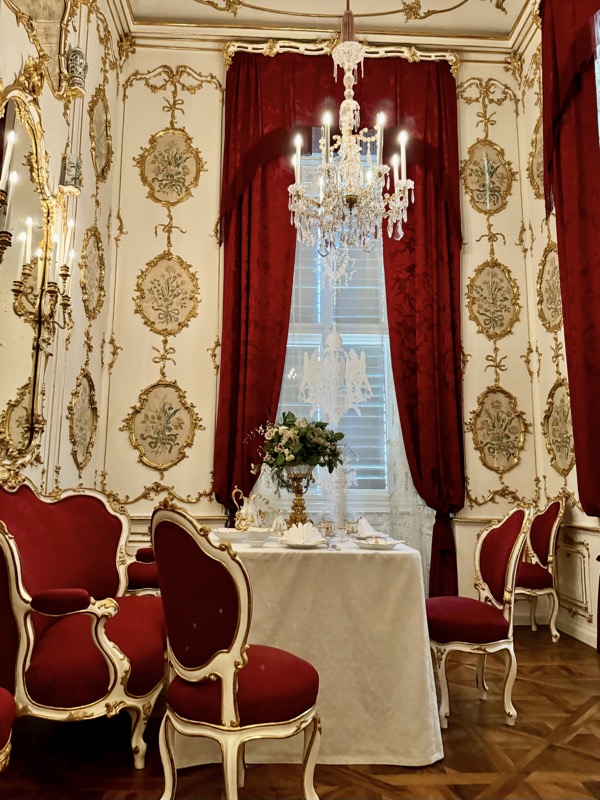
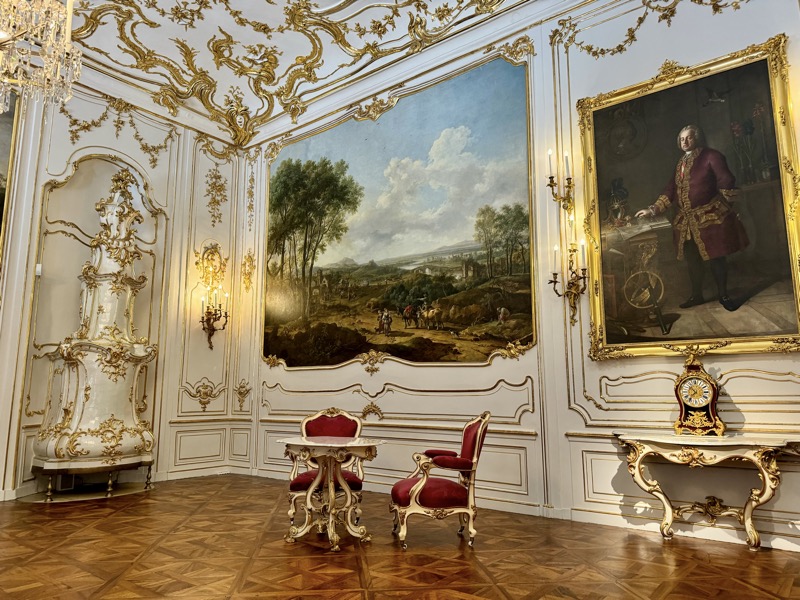
Salon of the Arch Duchess Portraits – this room is done in a Rococo Revival decor and once belonged to the apartments occupied by Empress Elizabeth. Today it contains the famous portraits of Maria Theresa’s daughters, and is therefore also sometimes known as the Children’s Room.
Large Rosa Room – the three Rosa Rooms are named after the artist Joseph Rosa, who executed fifteen landscaping paintings for the ensemble at the behest of Maria Theresa in the 1760s. See, Maria Theresa did all the work, and somehow Sisi is now the belle of the ball!
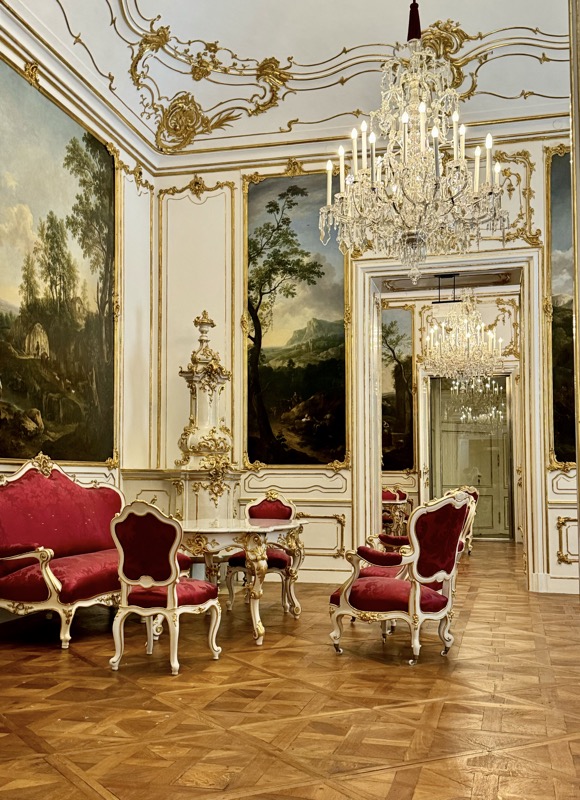
Second Small Rosa Room – consisting of one large room and two adjoining smaller room, the Rosa Rooms form an ensemble with a cohesive decor plan.
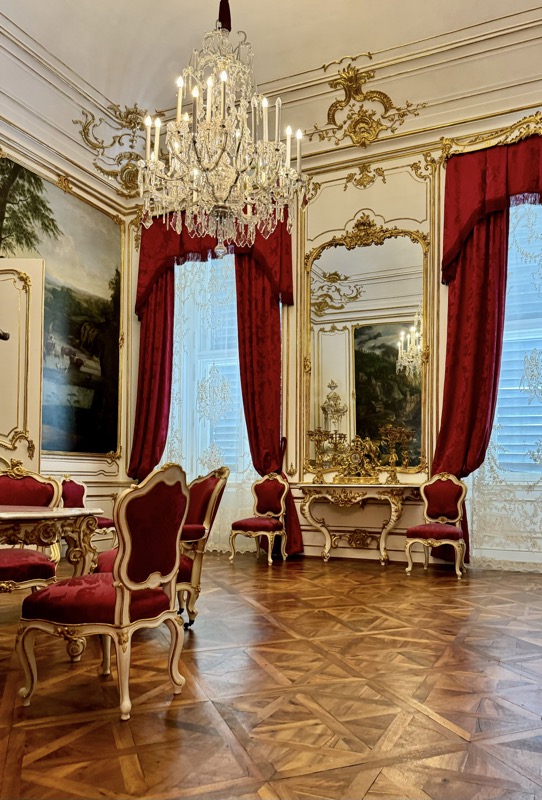
Great Gallery – Okay, this is pretty great still. It is 43 metres long, and just shy of 10 metres wide, the Great Gallery was the used as an ideal setting for courtly events. The interior is dripping with magnificent gilt stucco decorations and ceiling frescos represents the epitome of Rococo art – which is fabulous, if you like that sort of thing.
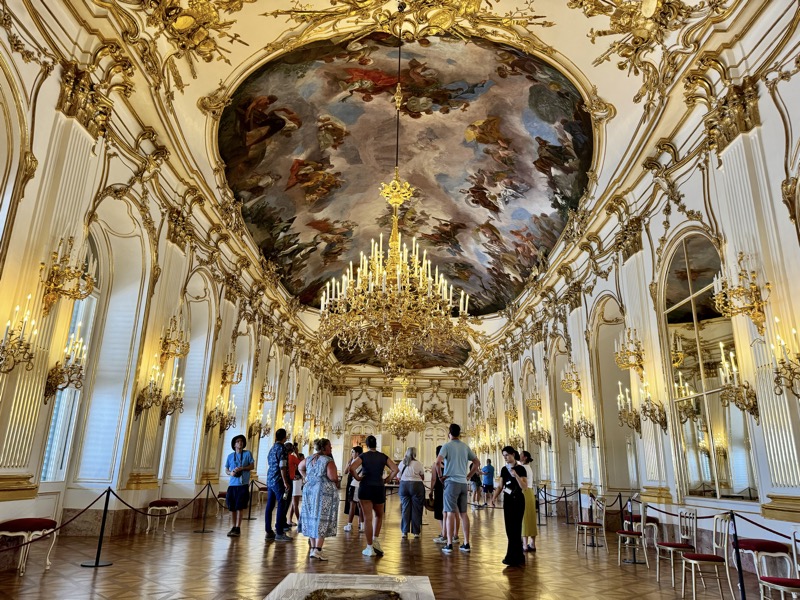
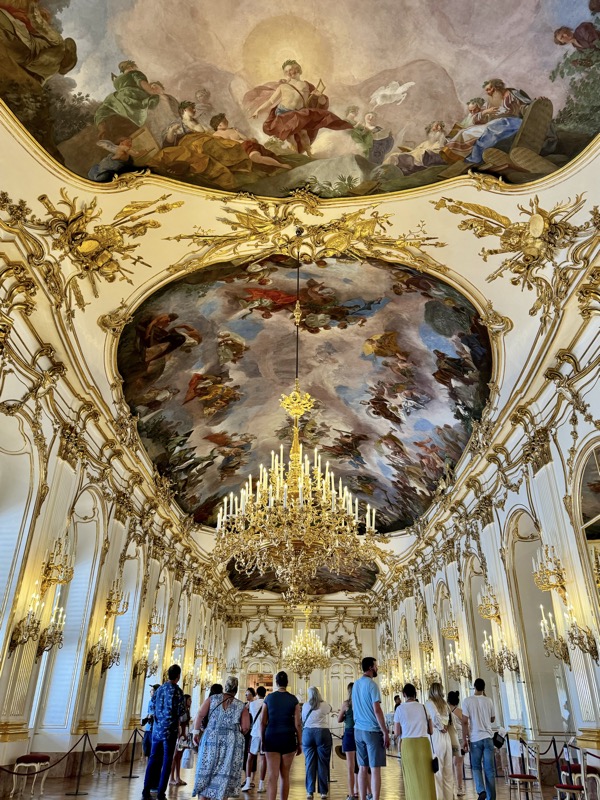
Okay, I love the chandeliers! Want one at home, though it may be hard to manoeuvre around given the high ceiling in my house is only about 14’.
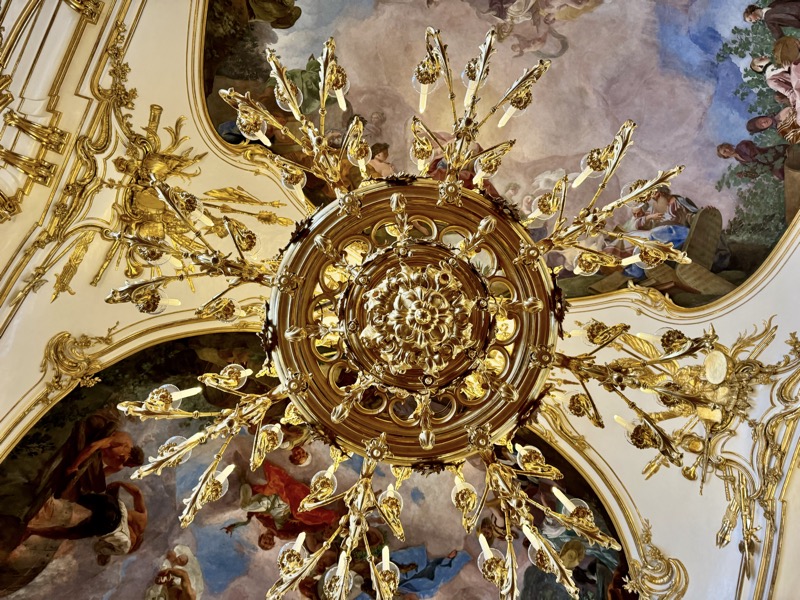
Round Chinese Cabinet – half concealed to either side of the Small Gallery lie two highlights among the historic state rooms of the palace; two cabinets lying opposite each other in mirror-image, both decorated with a rich array of works of art from China and Japan… though it ends up being subtlely chinoiserie, as it’s all surrounded in those heavy Rococo frames.

Small Gallery – crossing the central axis of the palace, the Small Gallery, together with the two smaller rooms on either side, made for small salons used for intimate courtly entertainment. I still can’t imagine living in a place like this, how do you decide which room is appropriate for a game of Code Names?
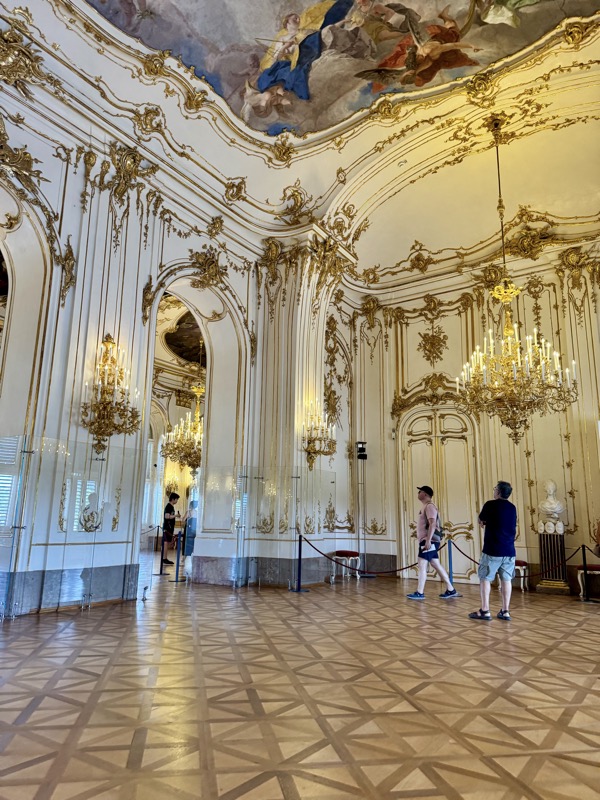
Oval Chinese Cabinet:
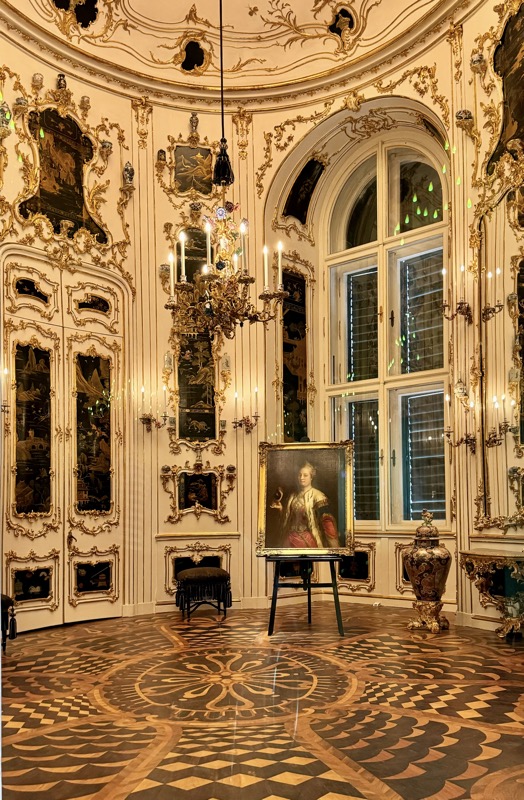

Hall of Ceremonies – at the court of Maria Theresa the Hall of Ceremonies served as the Second or Great Antechamber. Here, enthroned under a canopy of state, she received her guests in audience. Today this place is occupied by probably the most famous portrait of Maria Theresa, showing her as the ‘First Lady of Europe’ in a sumptuous gown of Brabant lace. Sumptuous – good word.
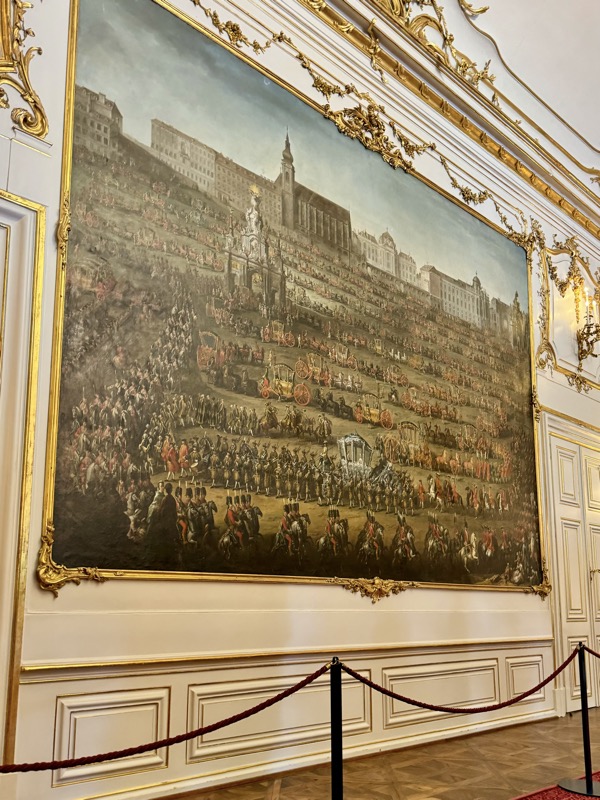
Vieux Laque Room – in terms of its art-historical significance, the Vieux Laque Room is apparently among the most important interiors of the Schönbrunn. The black lacquer panels from China lend the room an impression of decadence and magnificence.


Needs more gilt…

Napoleon Room – known today as the Napoleon Room, the room was refurbished several times during the 19thC. When it was restored in 2007 the decision was taken to highlight various phases of its past decoration and make this visible to visitors. I don’t know why it’s called the Napoleon Room, they didn’t say?!
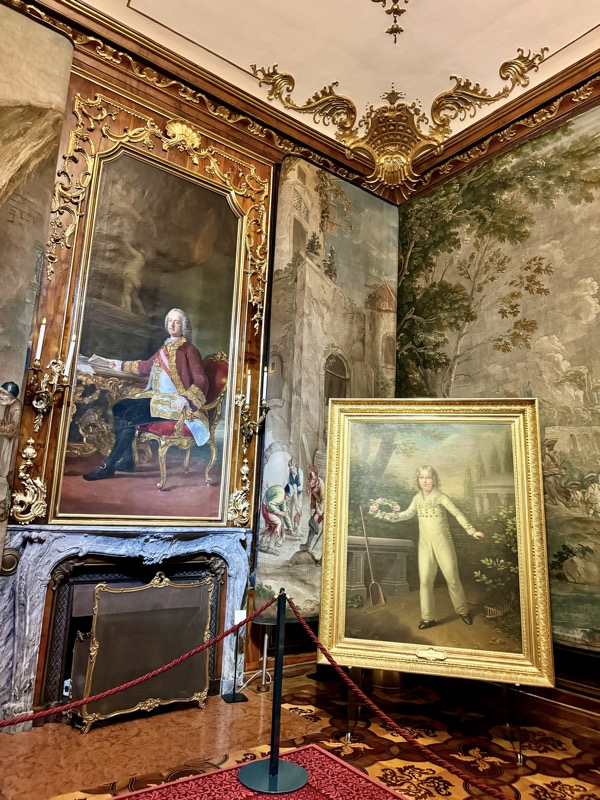
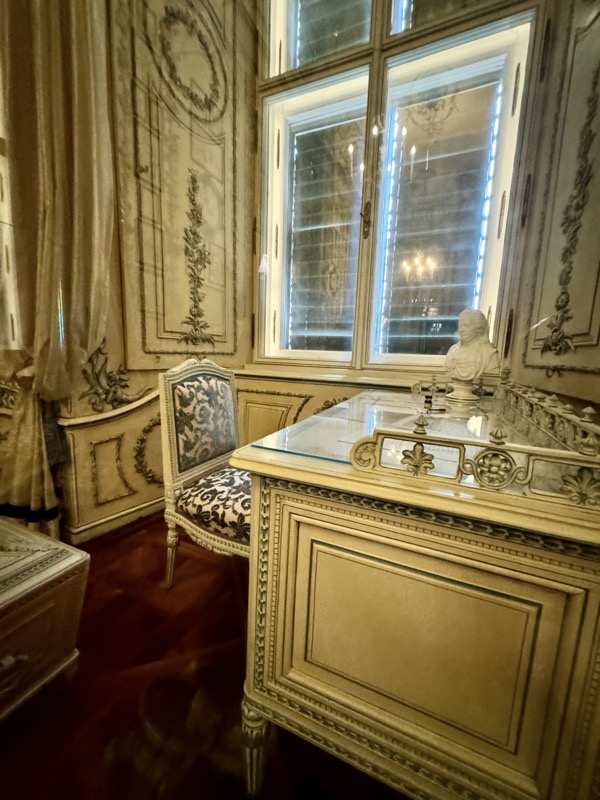
Porcelain Room – this small room served as Maria Theresa’s private writing room. It has a particularly private character and was decorated to her personal tastes apparently. The decor not only displays the empress’s love of the chinoiserie fashion of the times but was partly made by members of her family – it interestingly the most monochromatic area in the entire place, but still full of baroque clutter. .
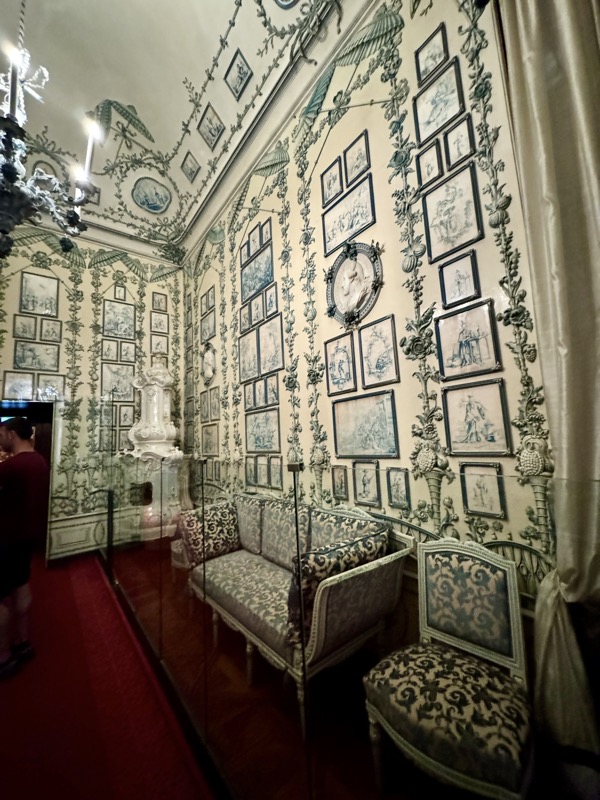

Millions Rooms – the interior of the Millions Room (named for the Indo-Persian works attached to the walls) is particularly extravagant. In the ceremonial sequence of rooms prescribed for the Viennese court, Maria Theresa used this room, originally known as the Mirrors Room, to receive guests for private audiences. Okay, so the house is definitely all still about Maria Theresa – so why is the advertising, posters, website and gift shop all about Sisi?
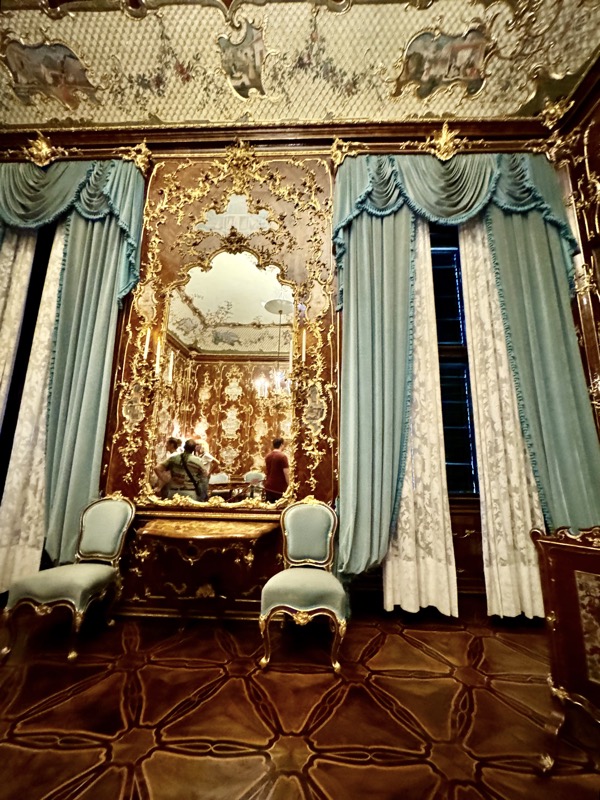
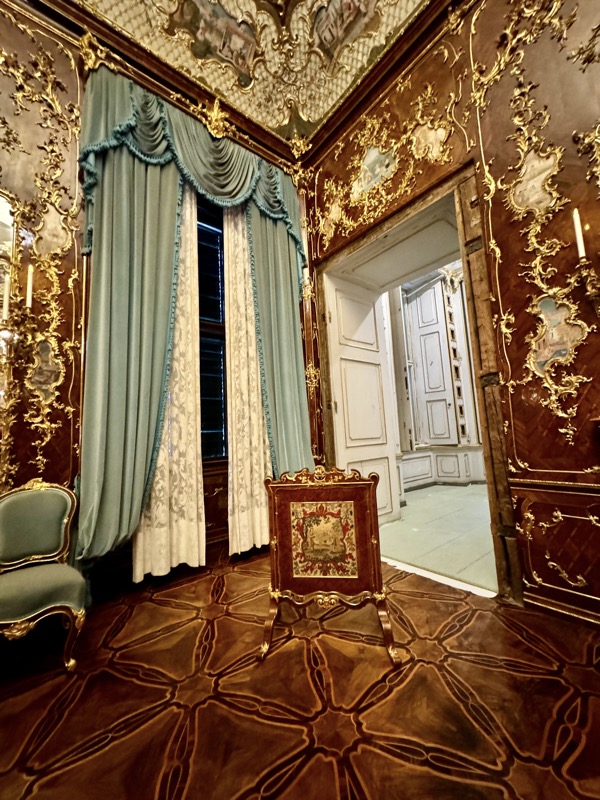

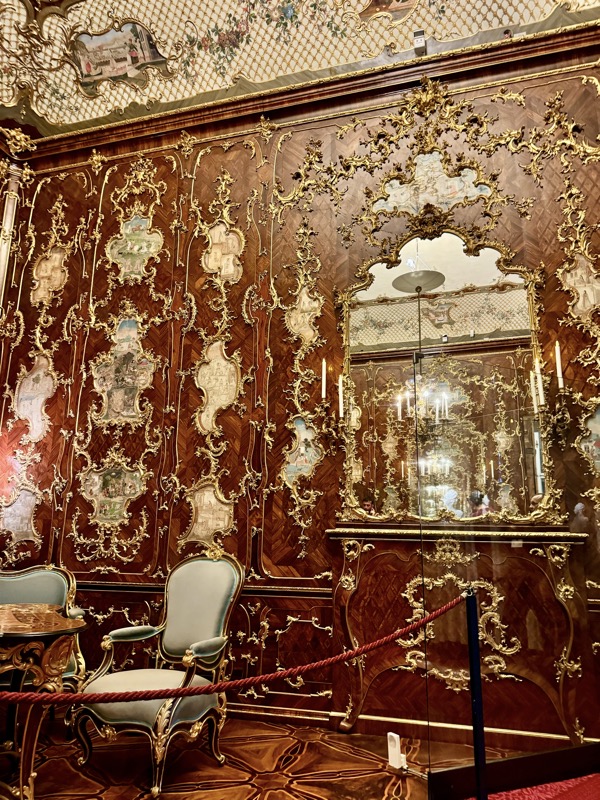
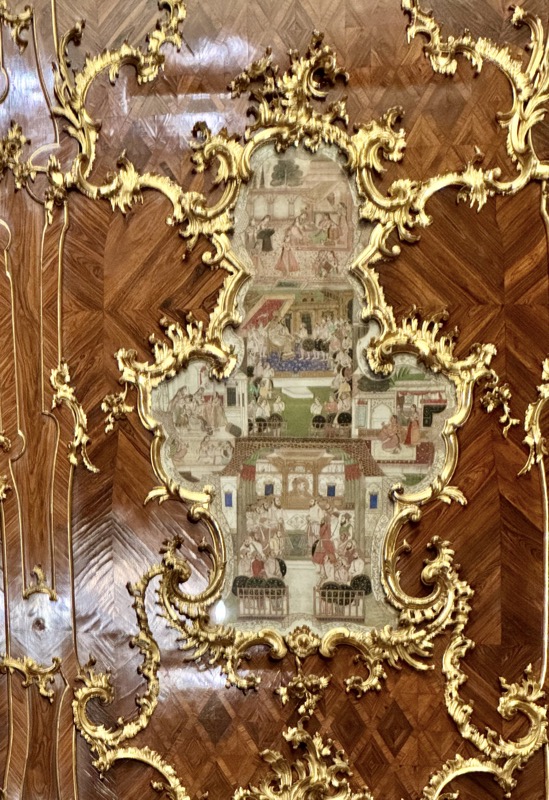
Gobelin Salon – both the walls and the armchairs in this room are covered in valuable tapestries; the backs of the seats of the six chairs each show representations together with the signs of the Zodiac… it’s pretty flash.
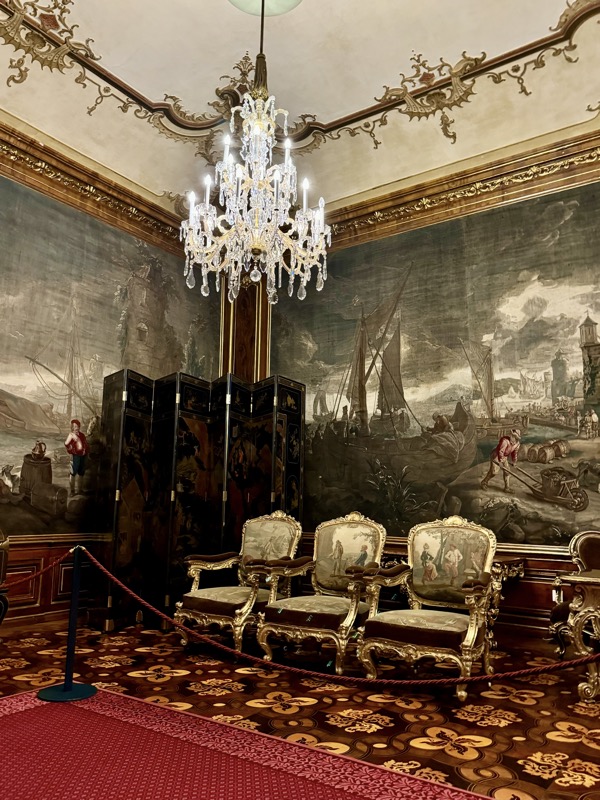
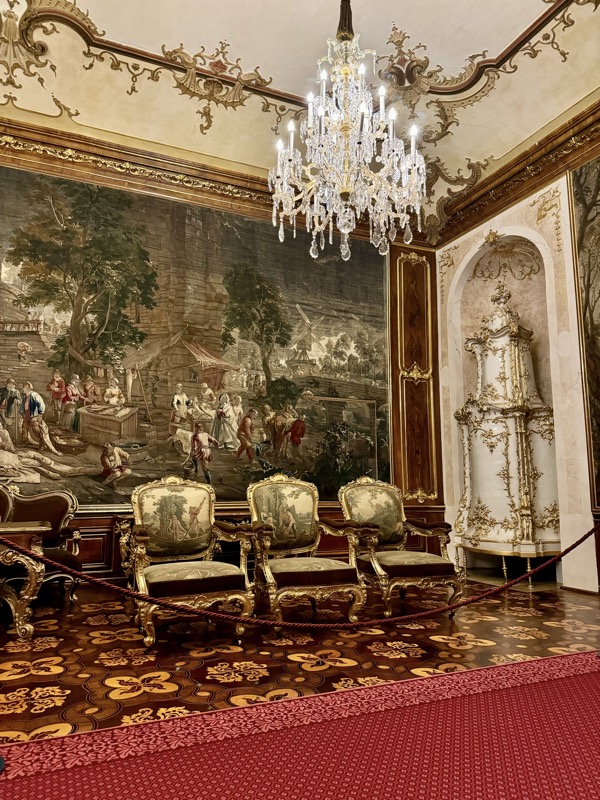

Red Salon – known today as the Red Salon, this room is decorated in the style typical of the later years of Emperor Franz Jospeh’s reign. The room is characterised by the wall hangings and upholstery in ‘court damask’, a red silk damask with a design based on a pineapple like central motif.
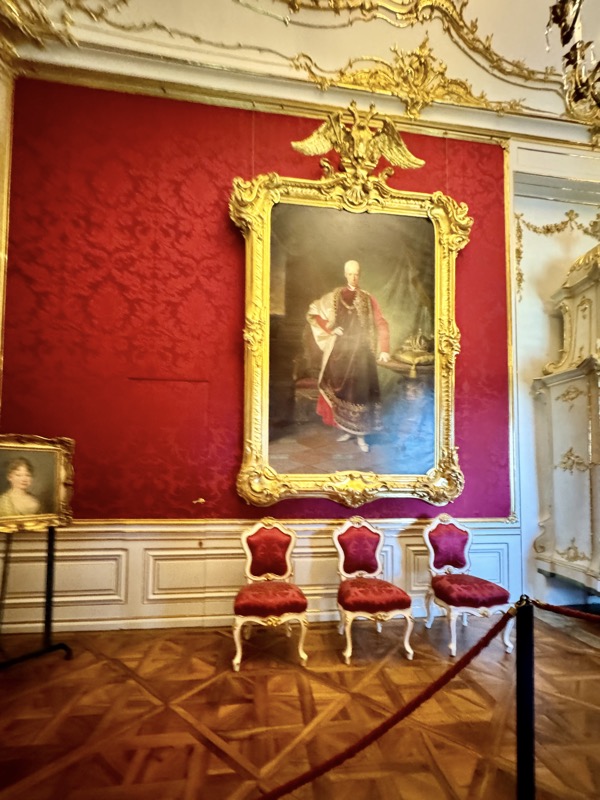
Rich Room.
The Rich Room does its name full justice, on display here is Maria Theresa’s state bed with its lavishly embroidered covers and hanging. Love it!
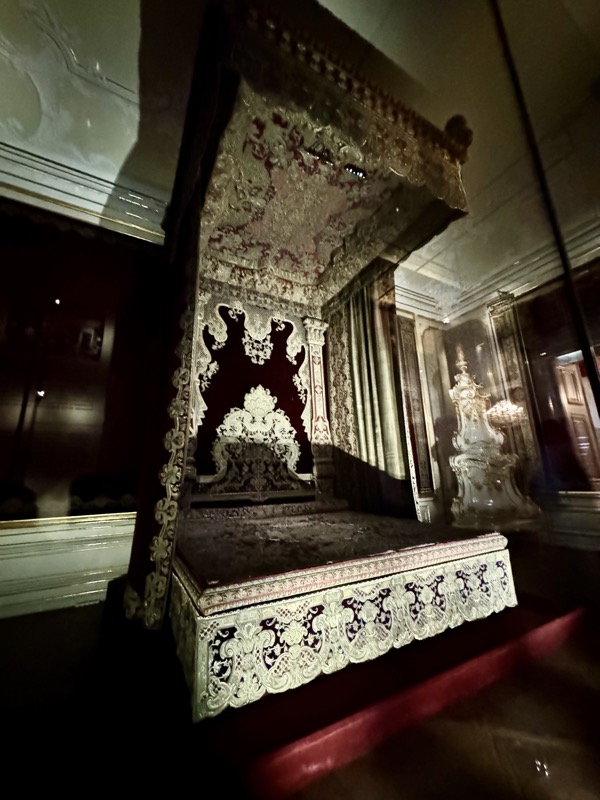
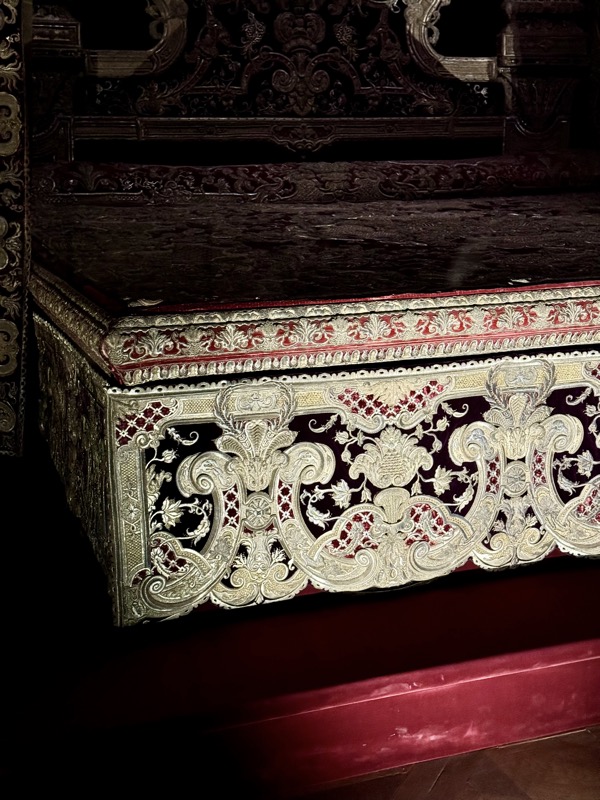

Salon of Archduke Franz Karl – a glass door allows a view into the corner salon, which is decorated with life-size portraits of Maria Theresa’s children.
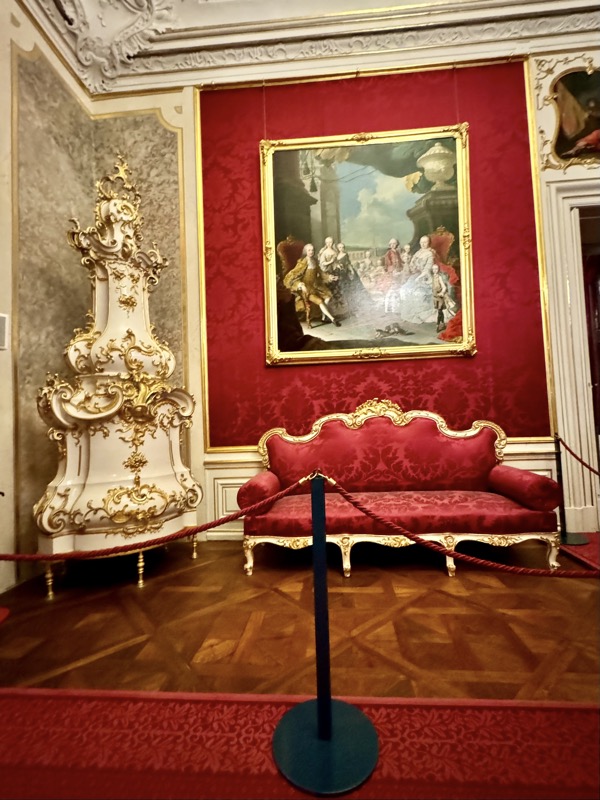
I didn’t take a lot of photos of the corridors and staircases (I say staircases for there are several!), but there are plenty of statuary placed around the common areas of the palace, much of which doesn’t have any plaques informing visitors of the artist or the content. Though this one is most likely Hercules defeating the Lion.
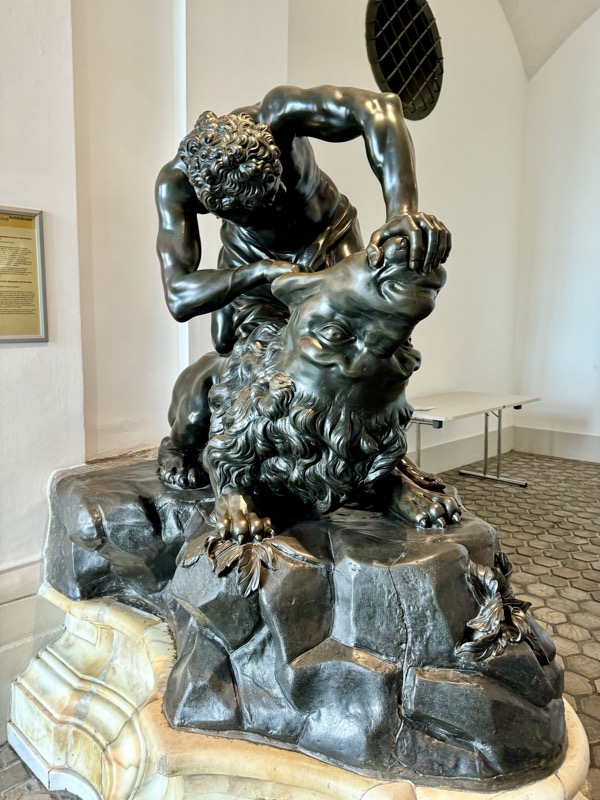
All up a cool, slightly confusing visit to the Shönbrunn… I wish I had taken some pictures of the gift shop and the posters around the palace that were all, ‘Sisi this, Sisi that!’ Poor Maria Theresa, how was she to know she would need a better post humours PR machine 300 years after her death. Netflix, you have a lot to answer for!


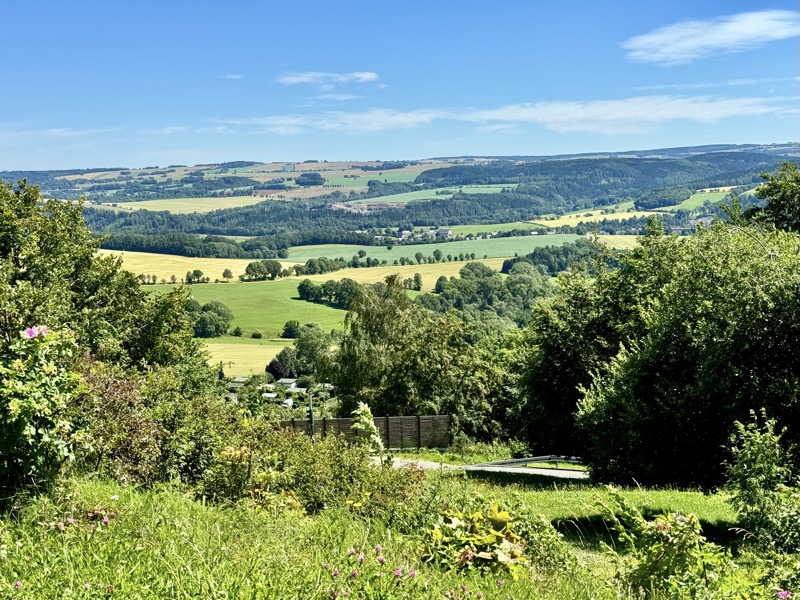
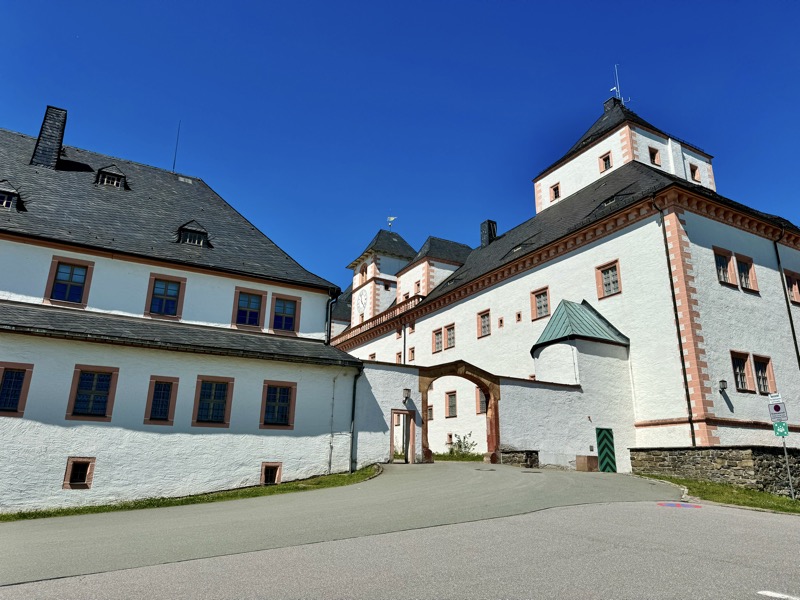
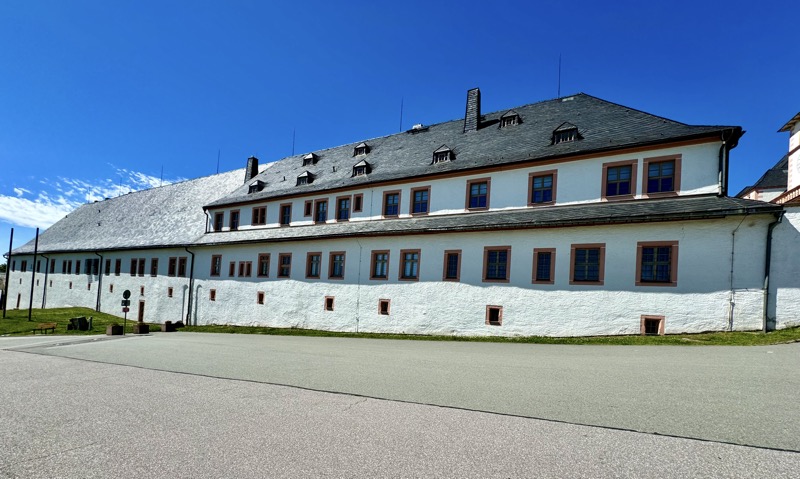
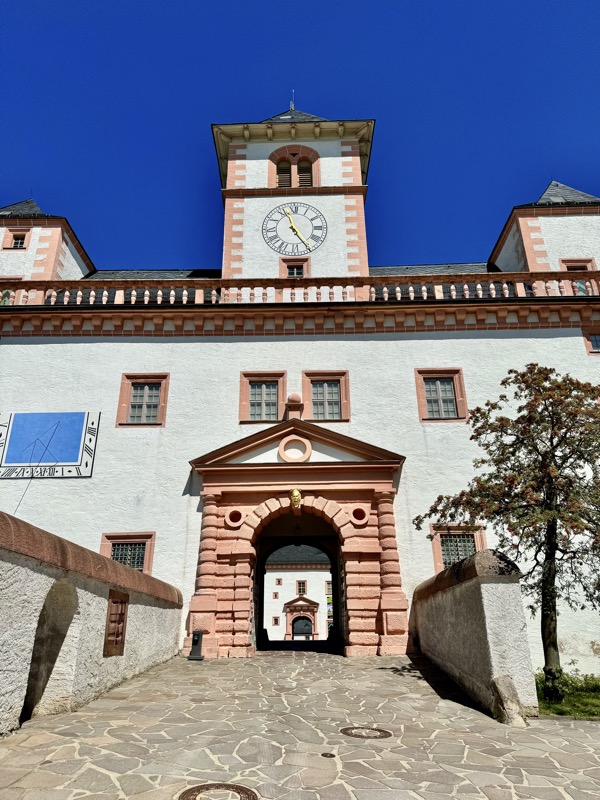
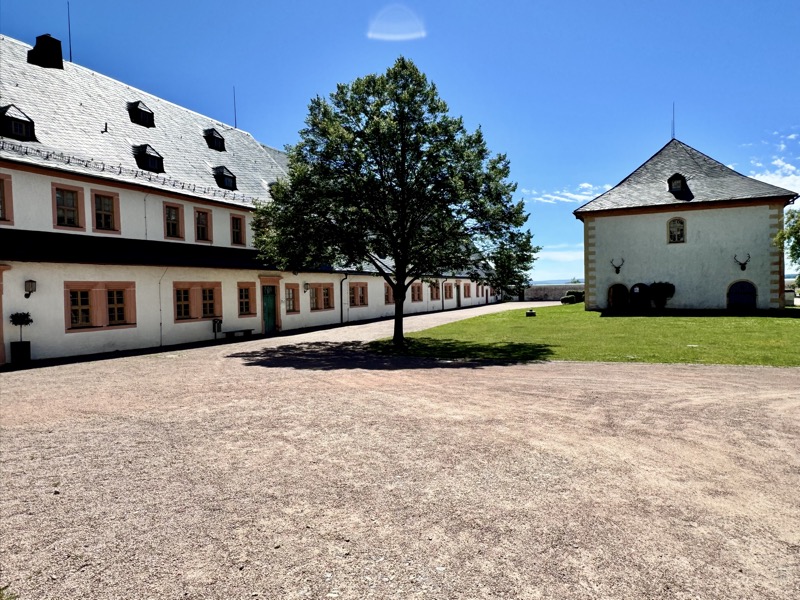

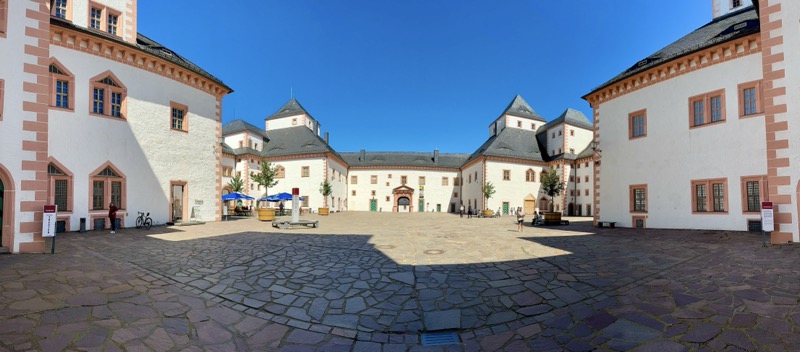
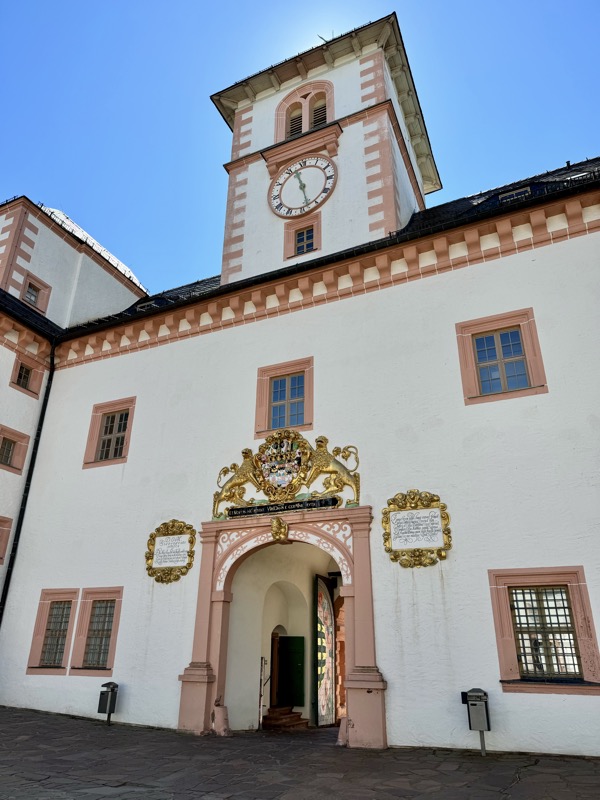
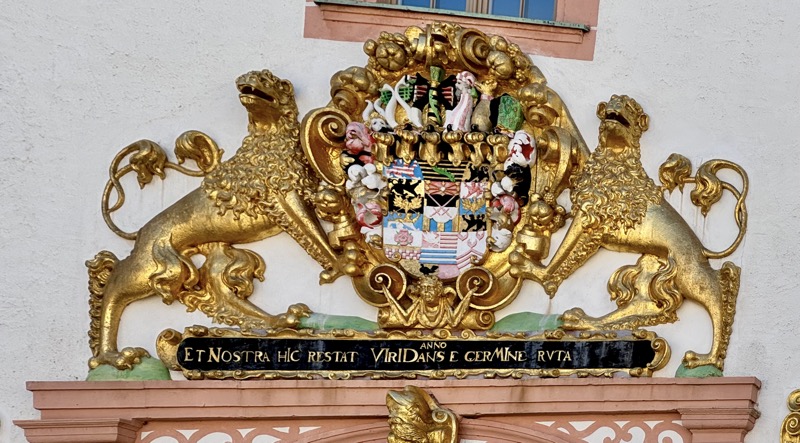
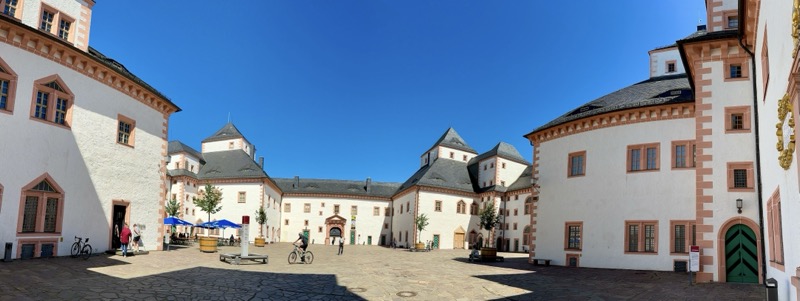




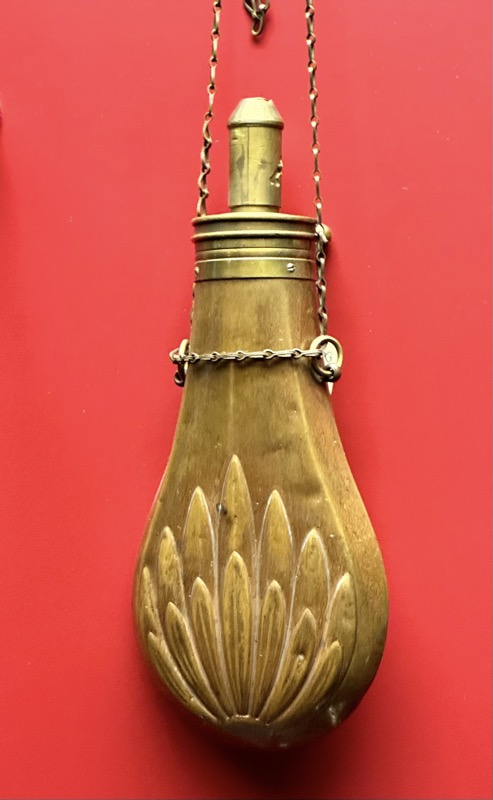
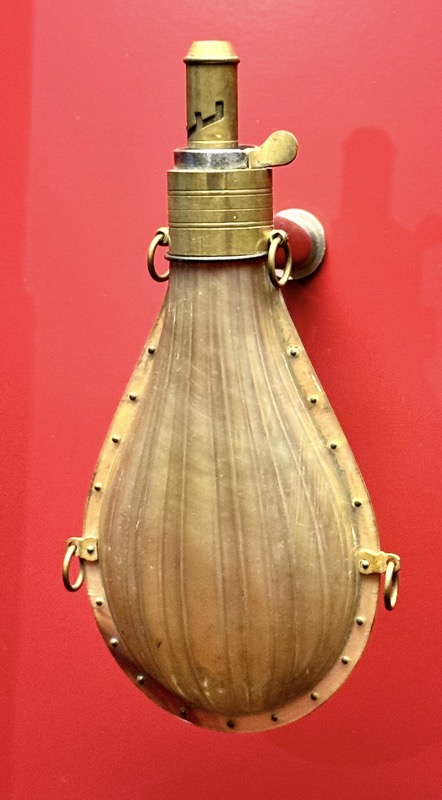

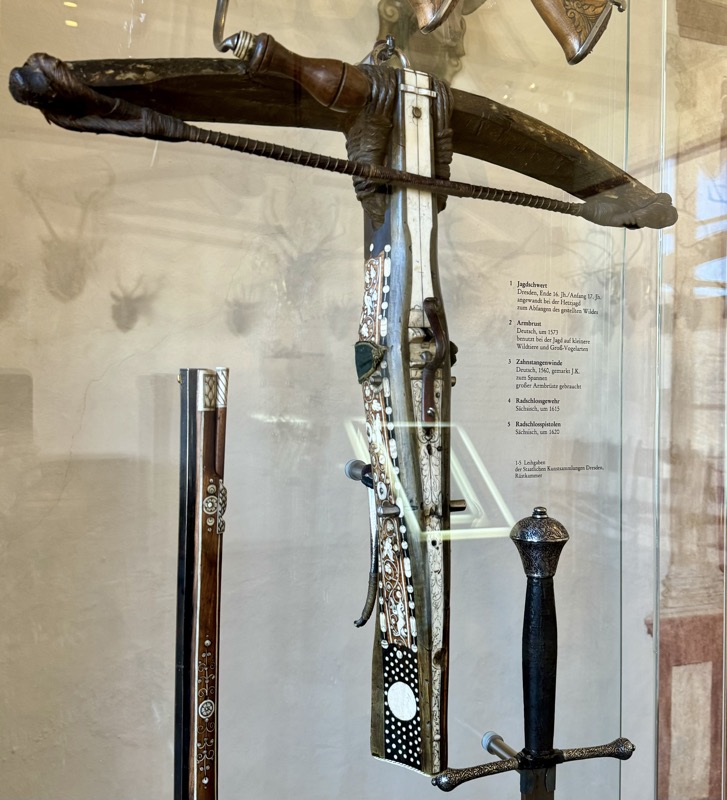


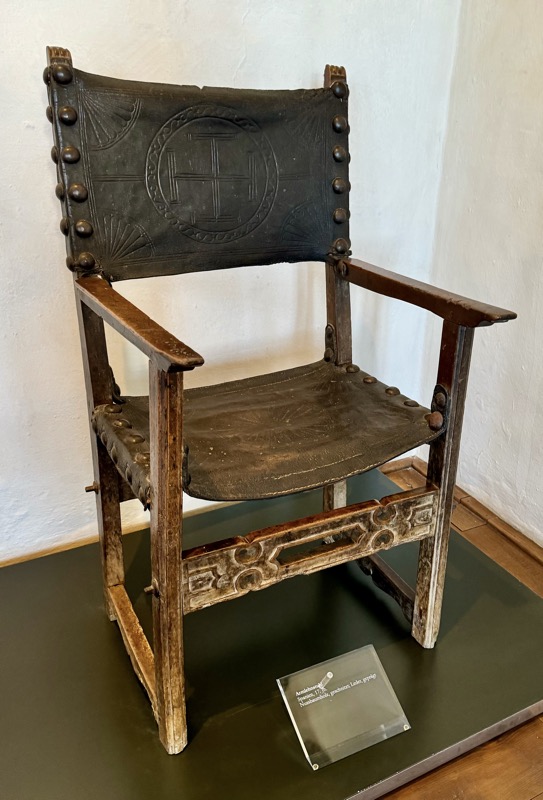
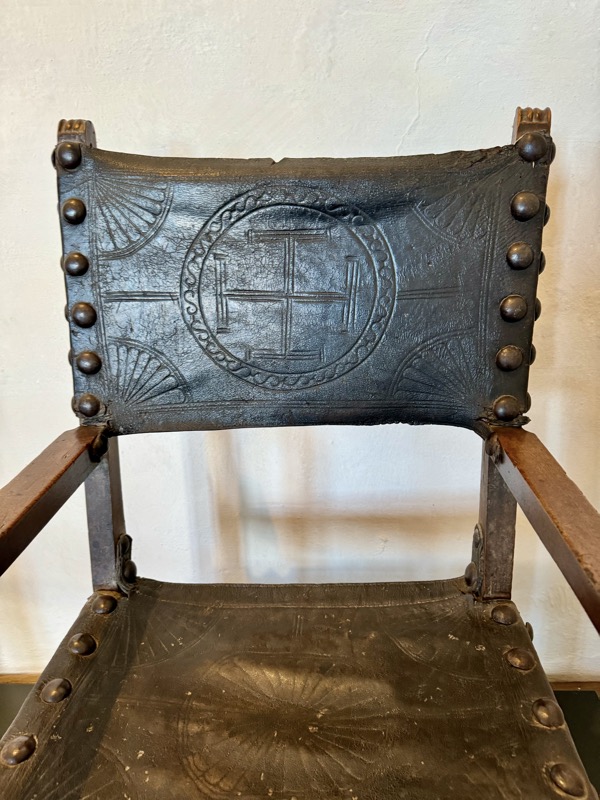



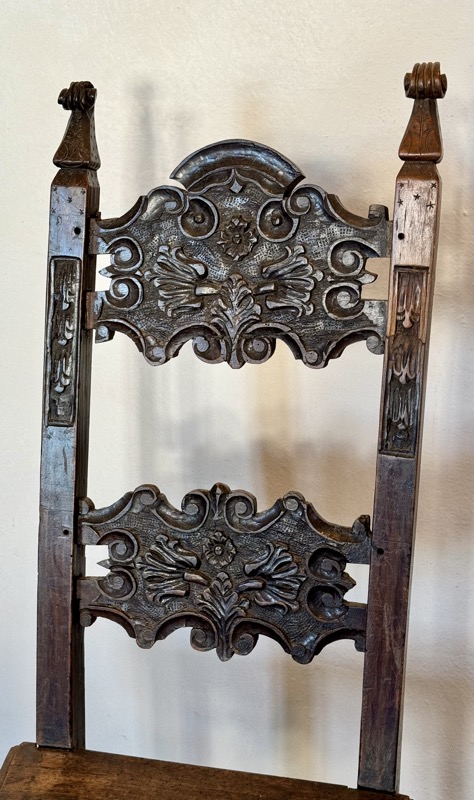
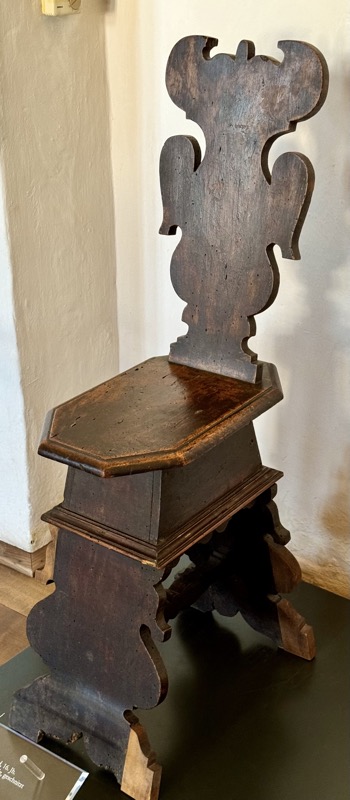
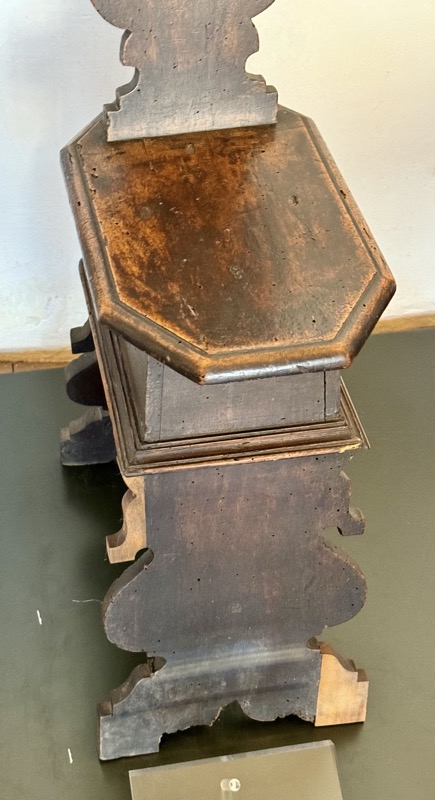
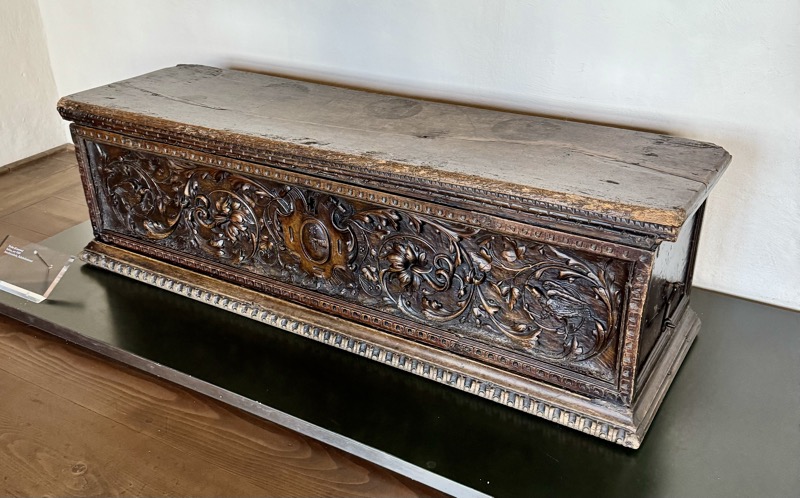
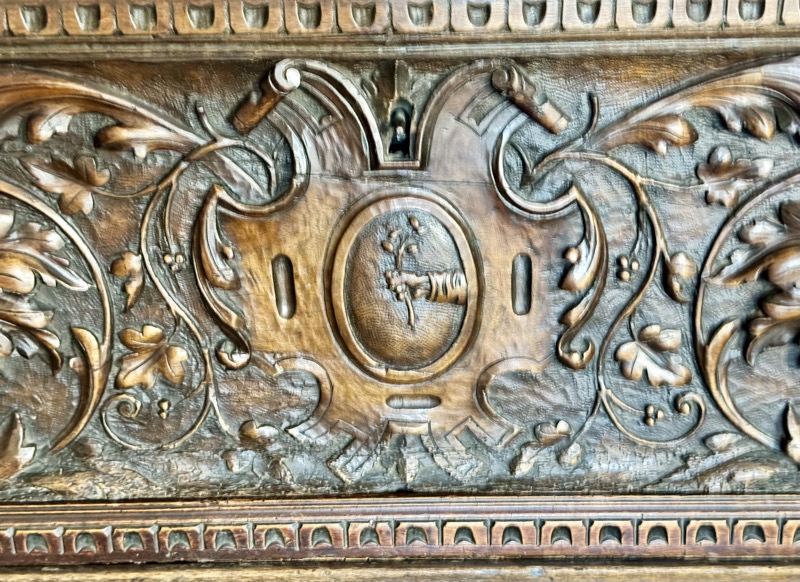
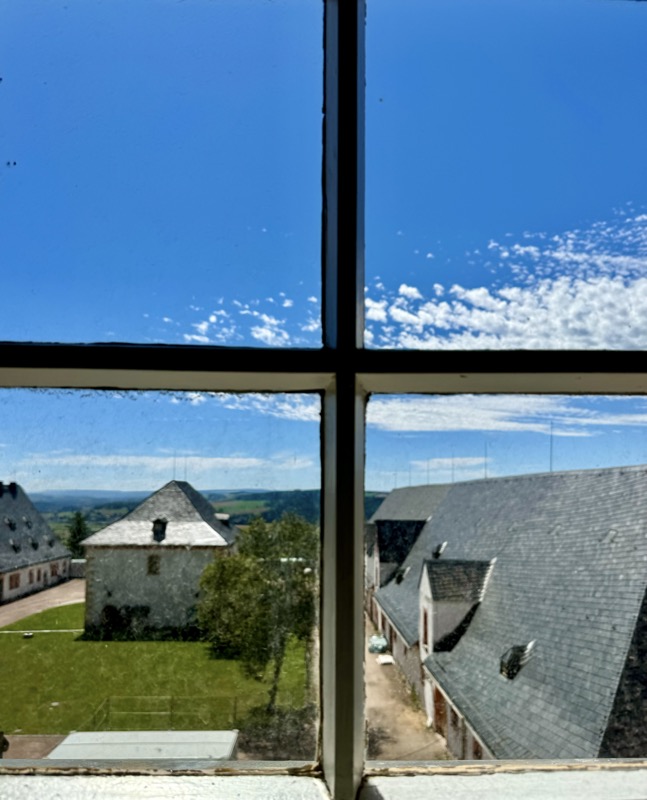
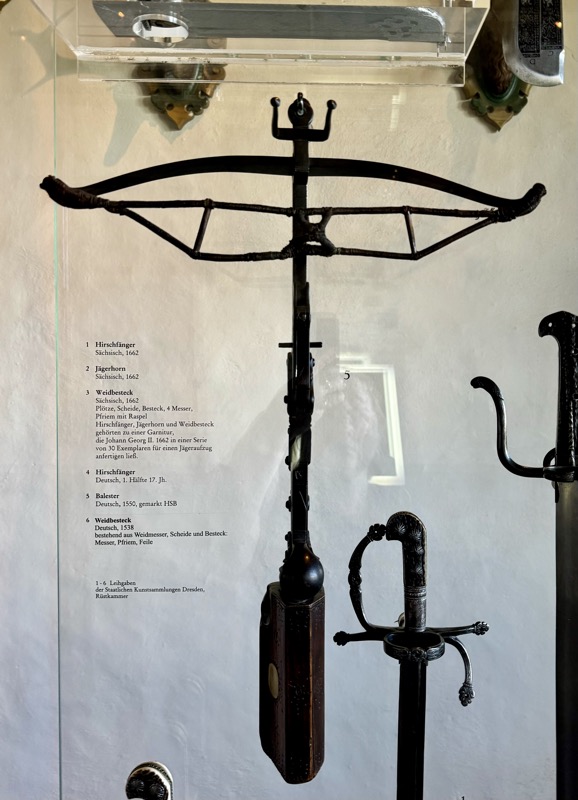

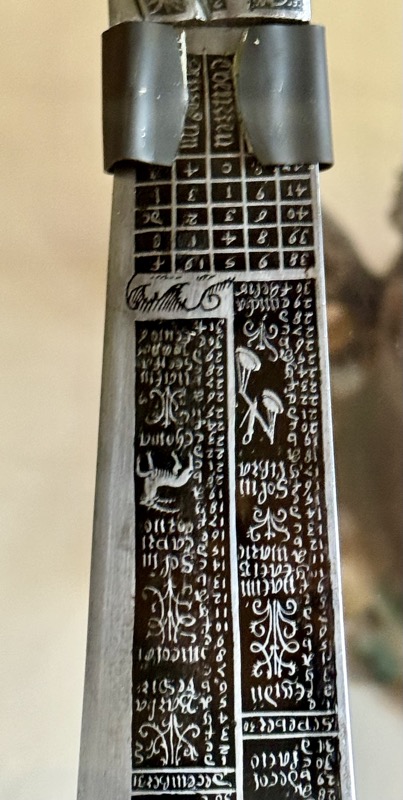
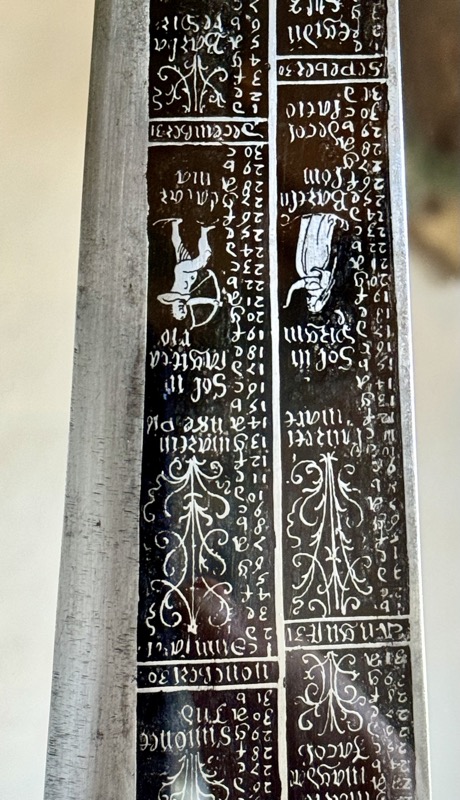
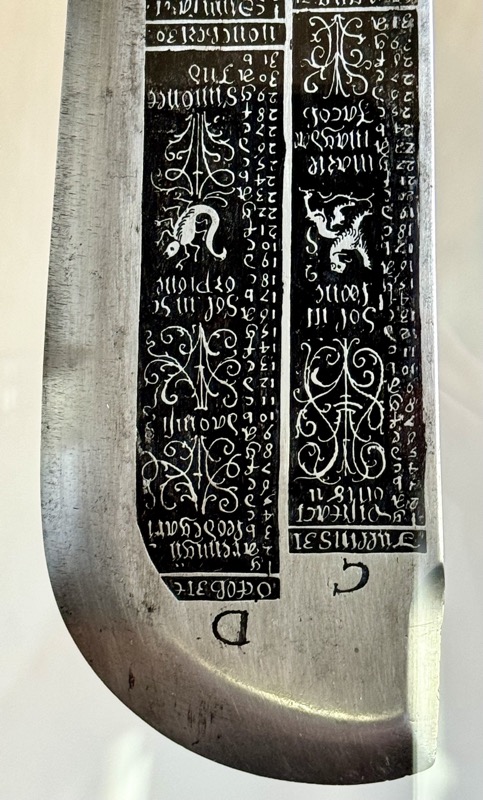
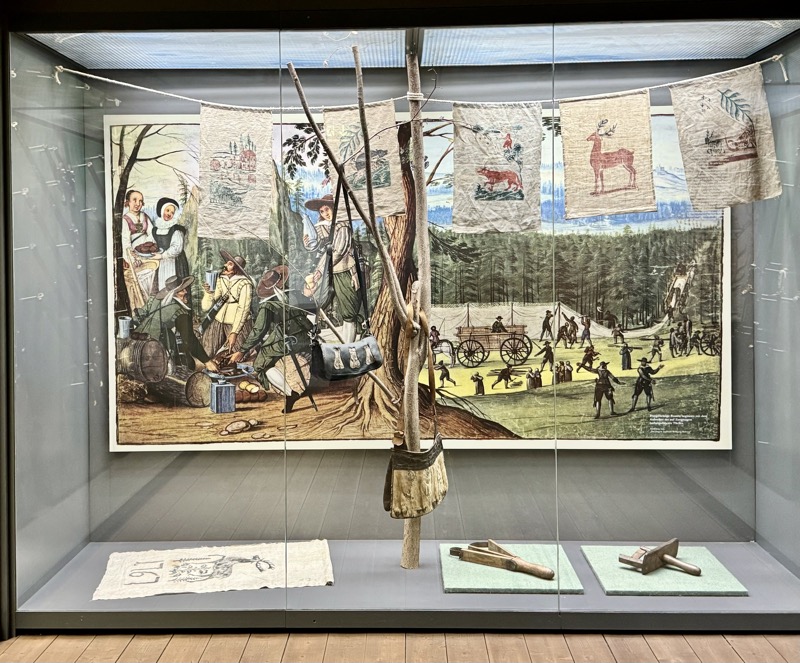
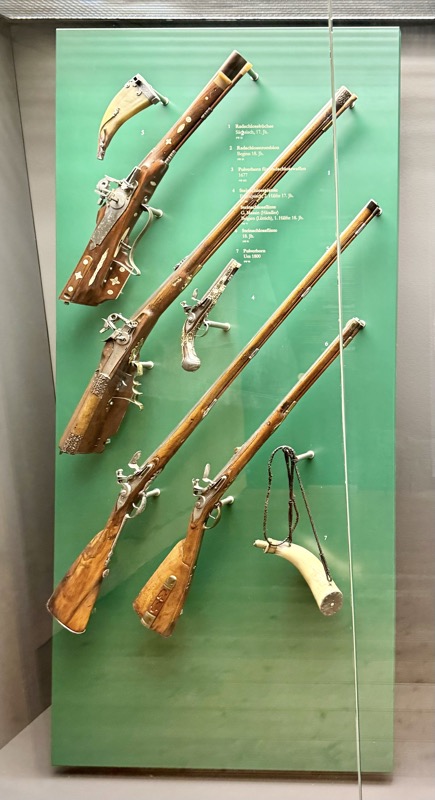
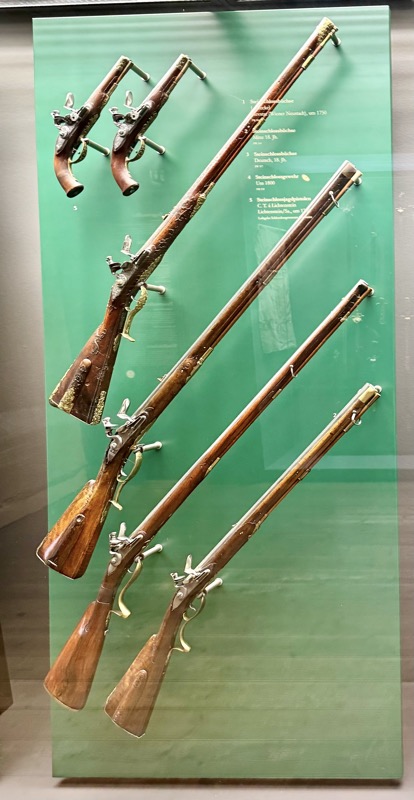


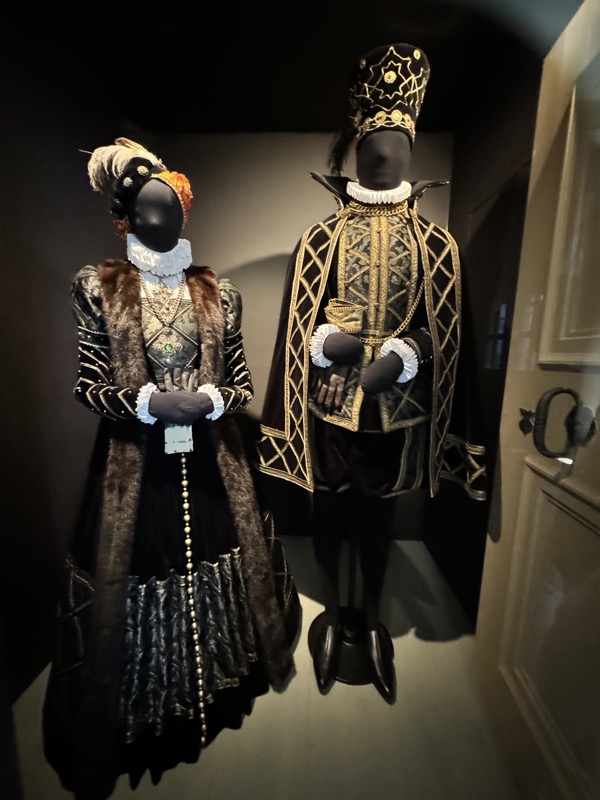
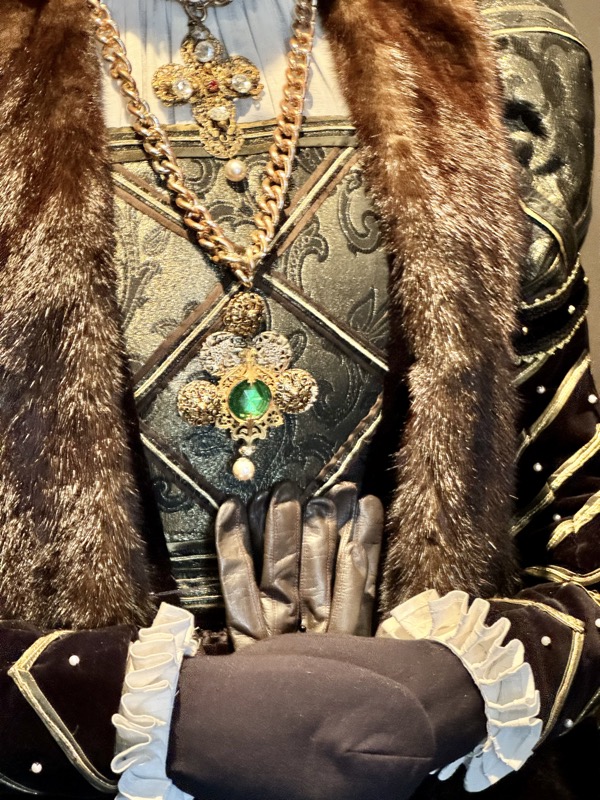
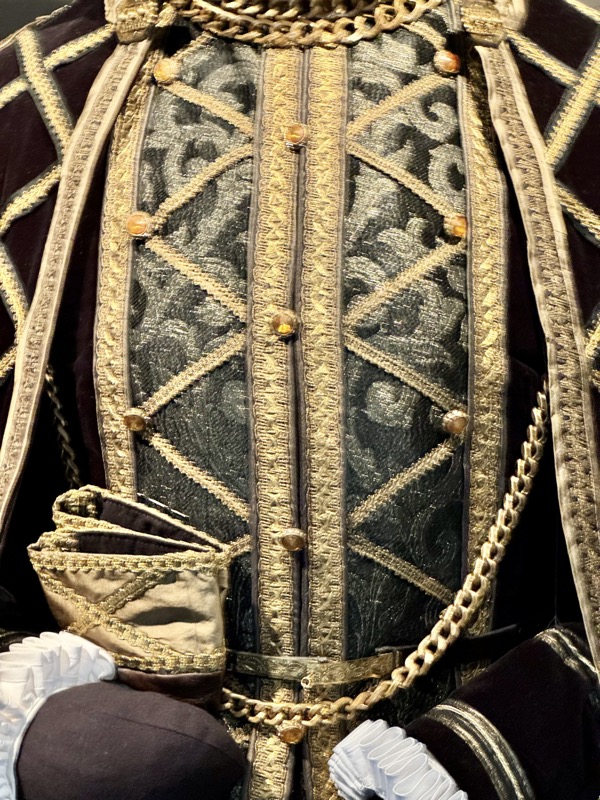
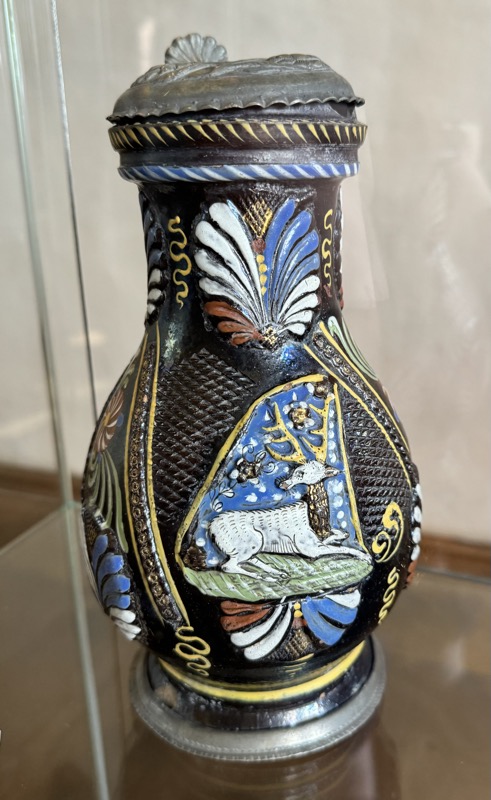

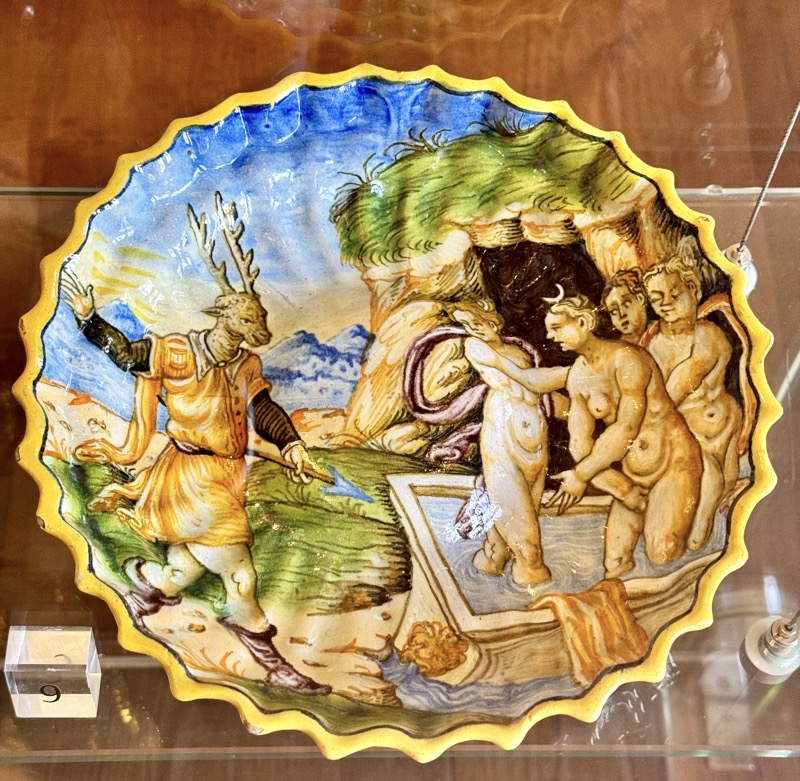


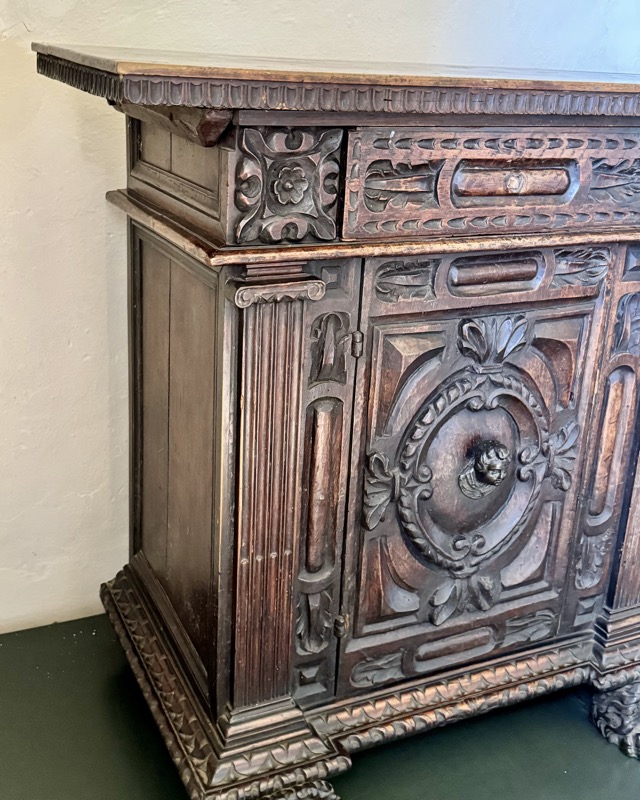
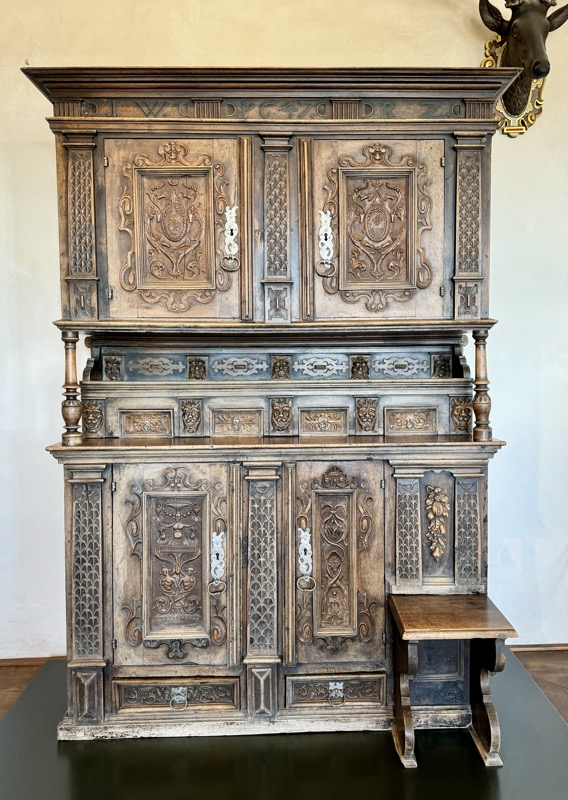
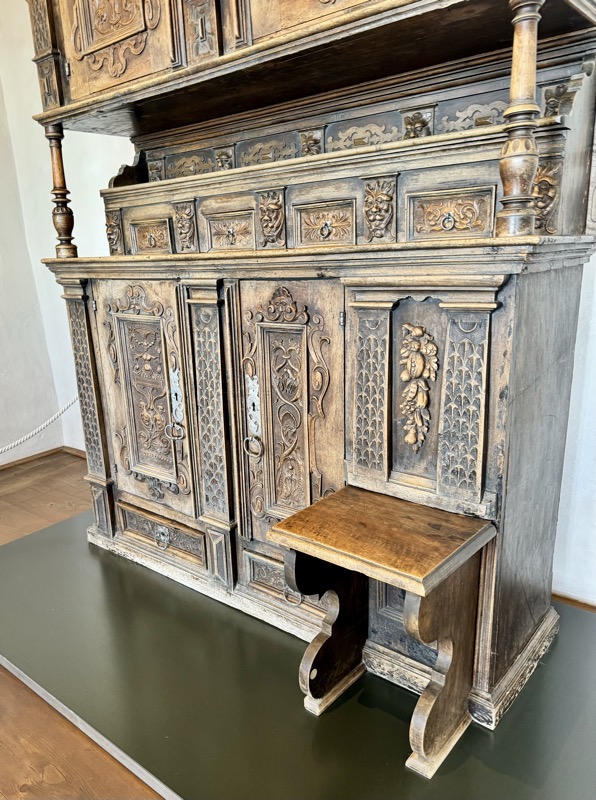
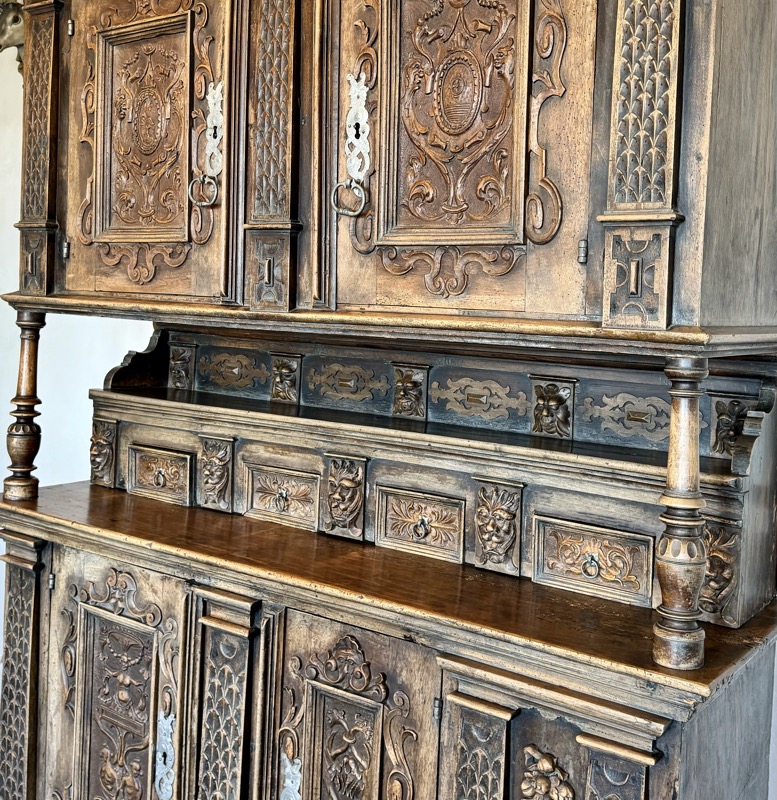
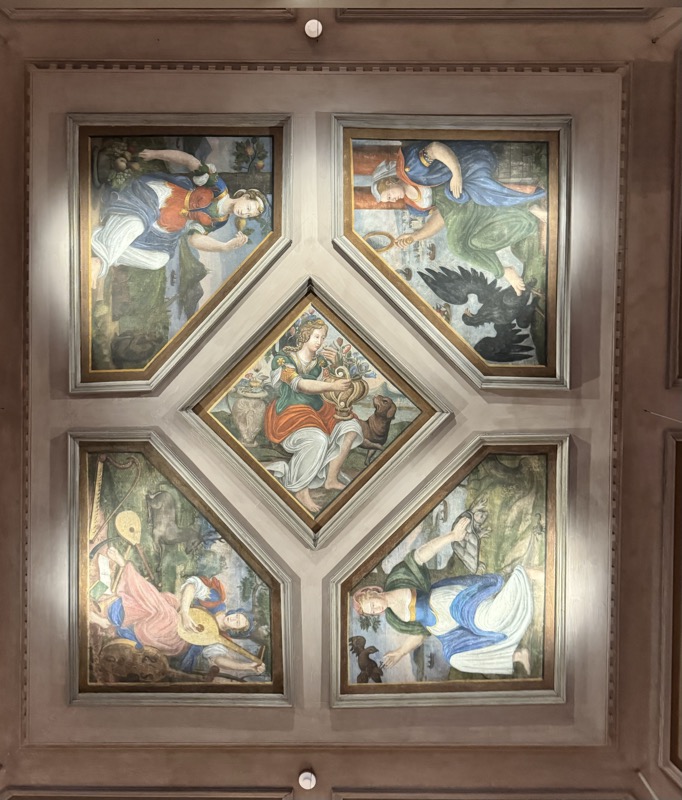
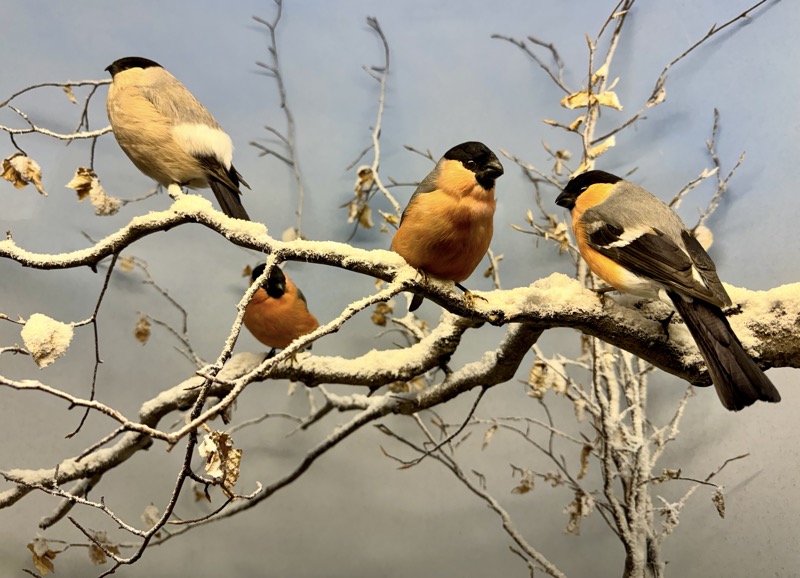

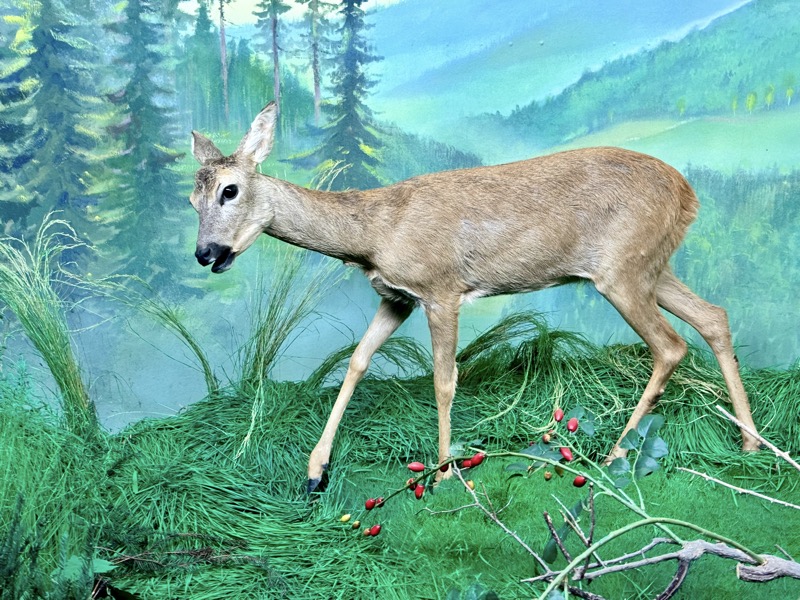
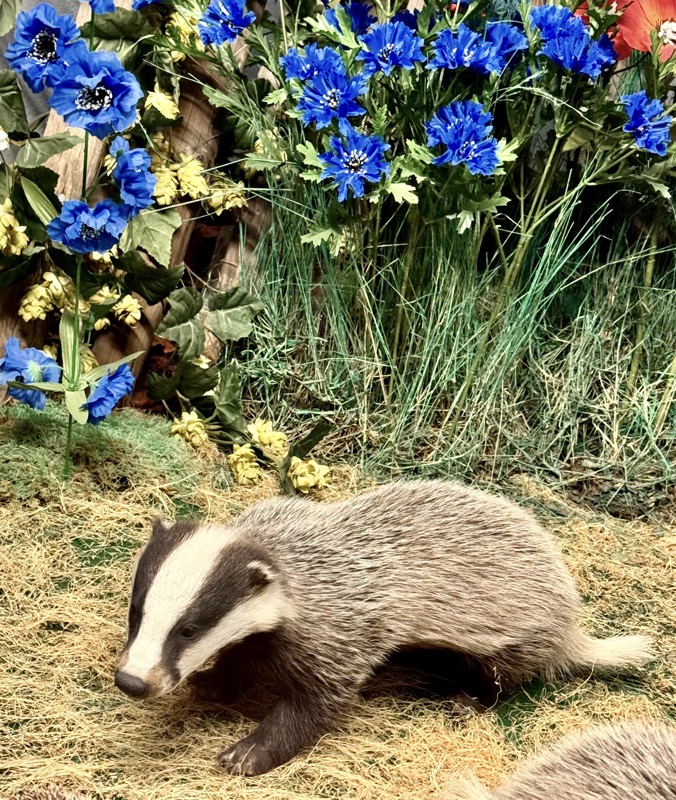
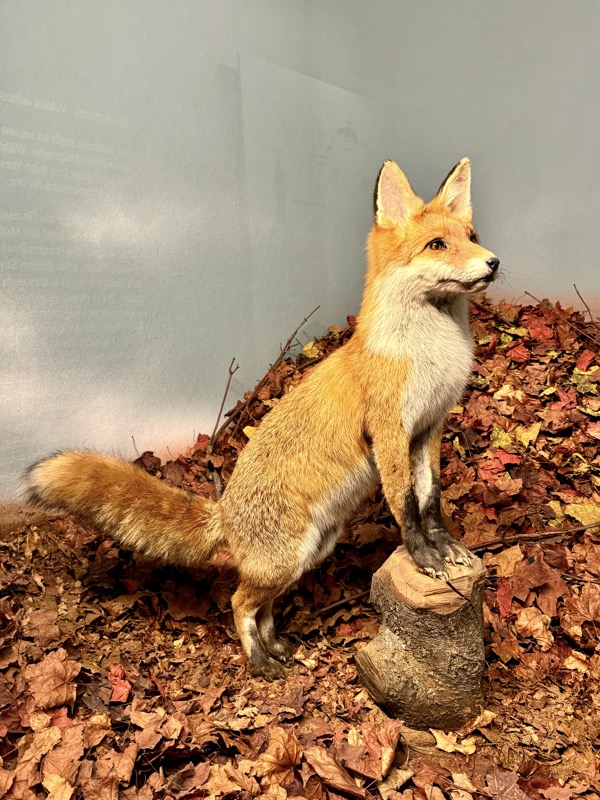
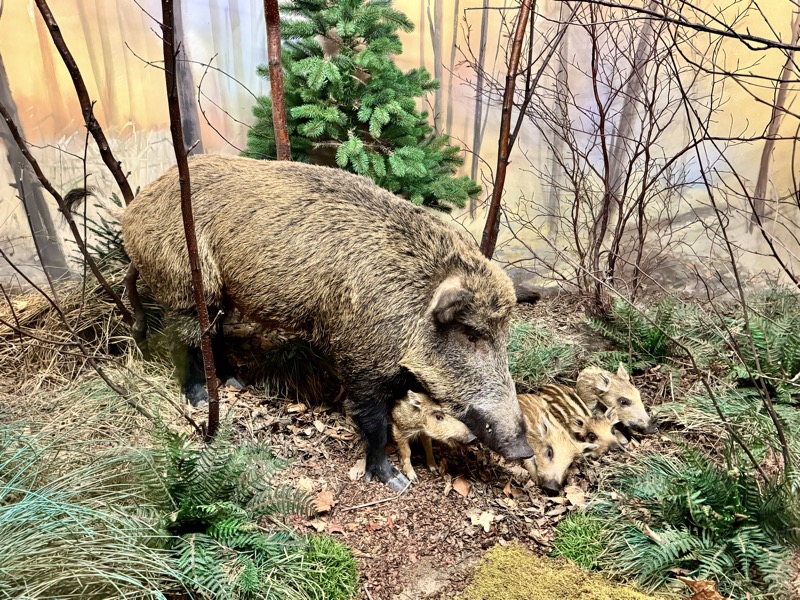
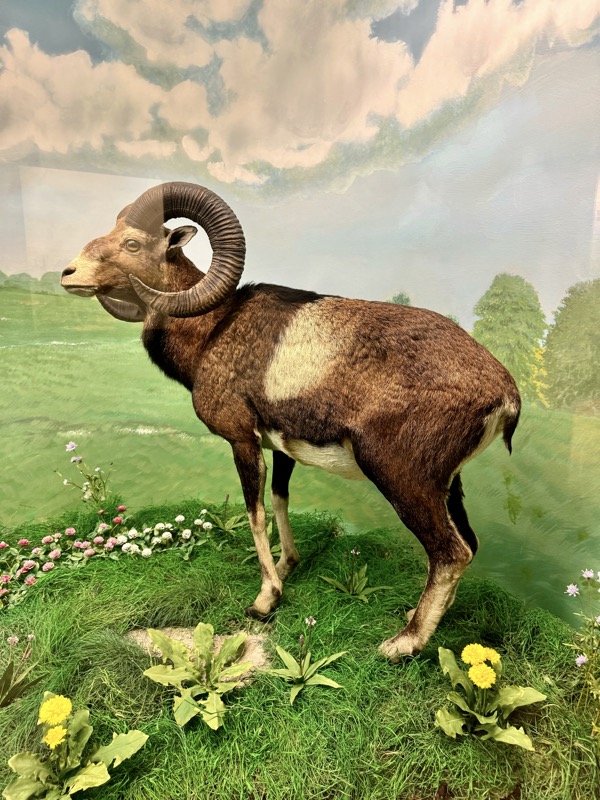

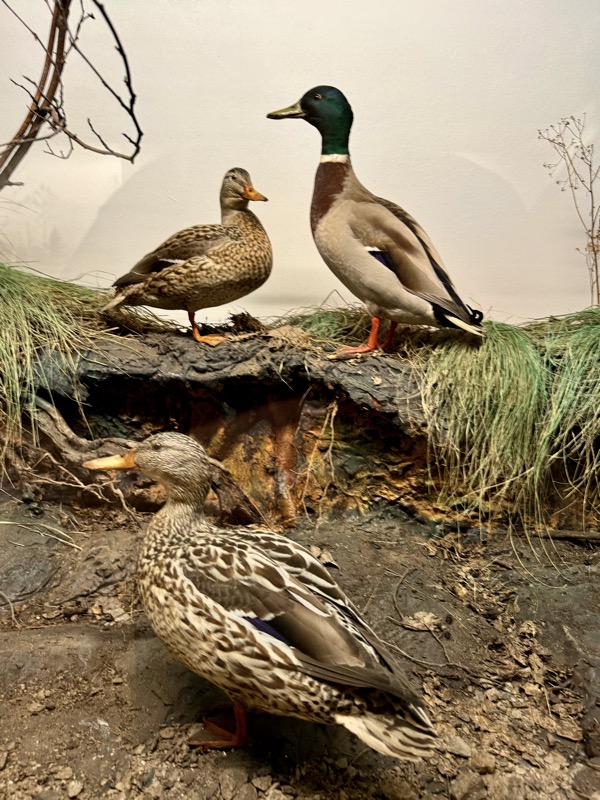

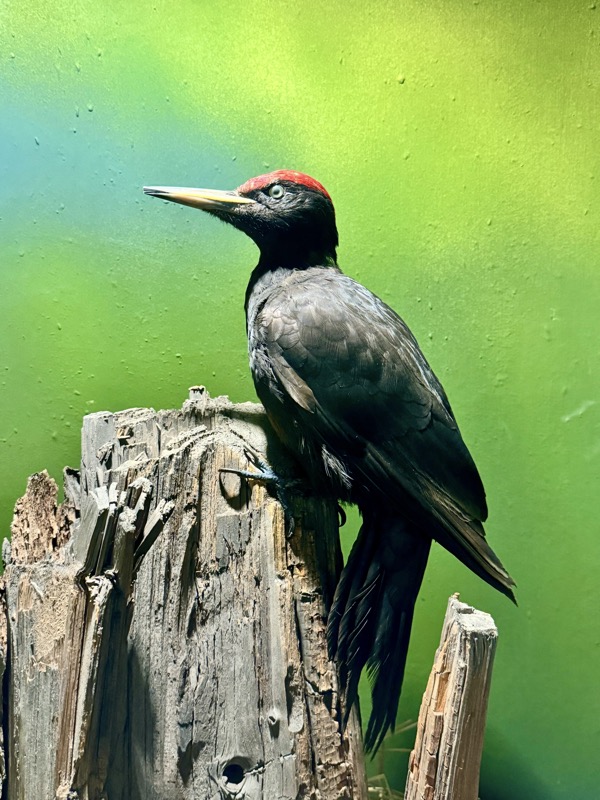
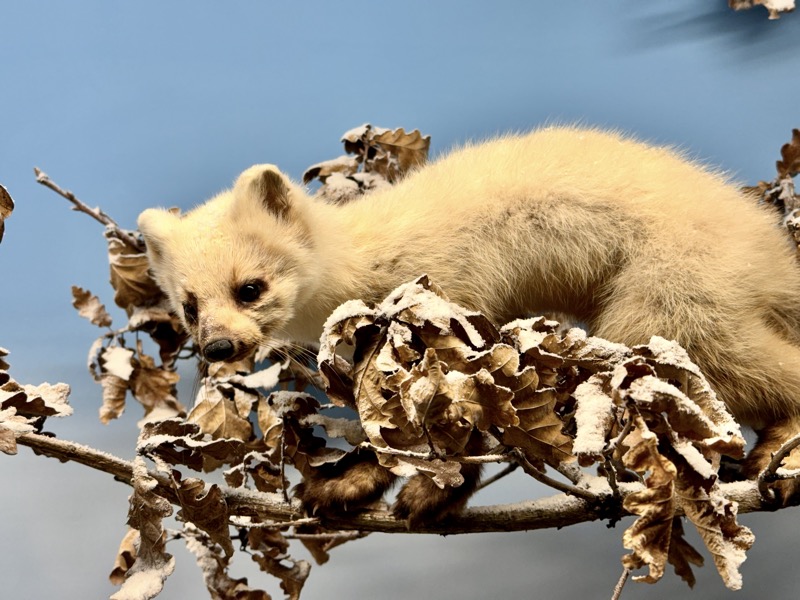

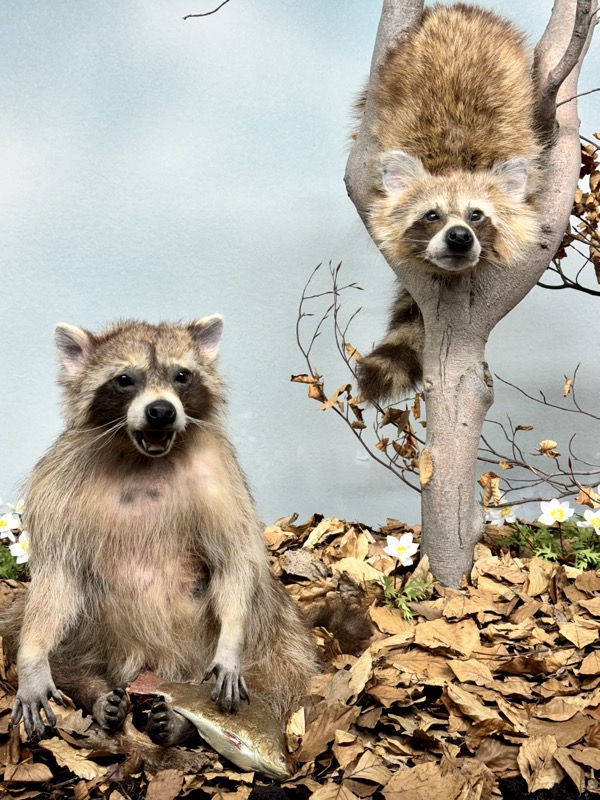

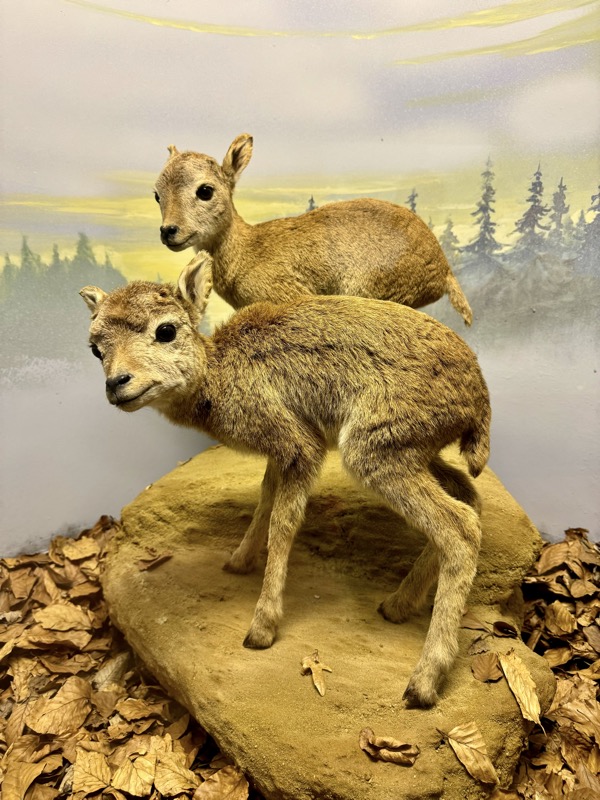


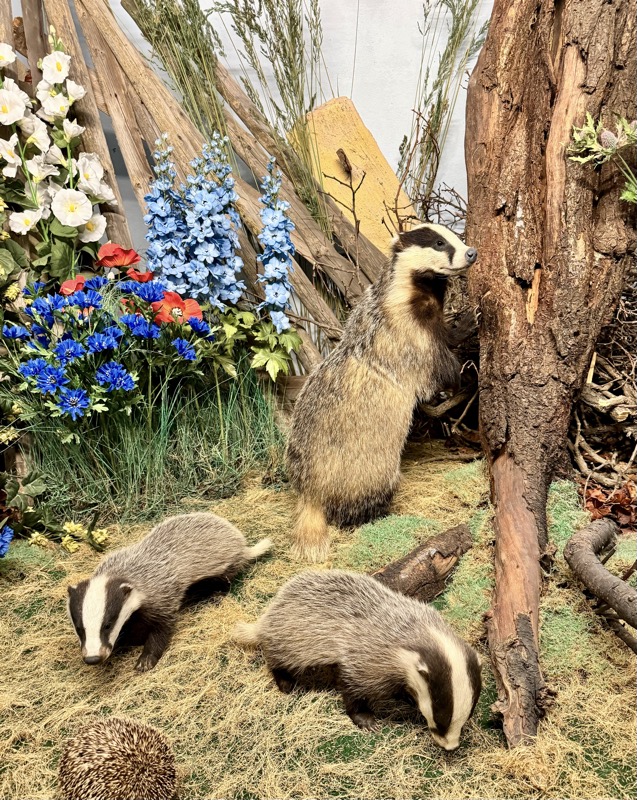
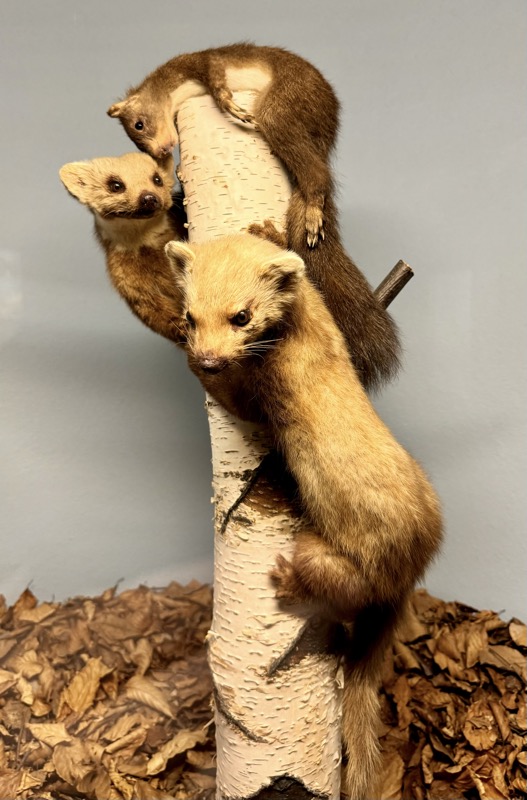
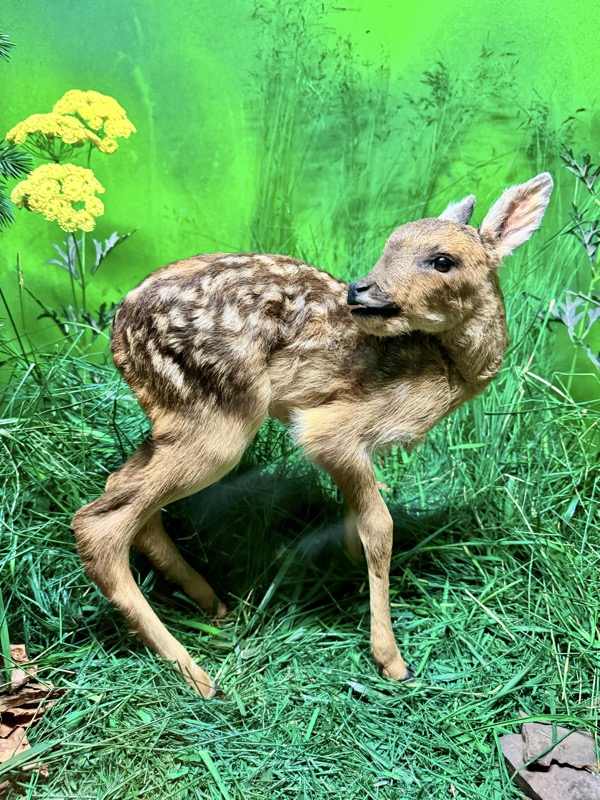


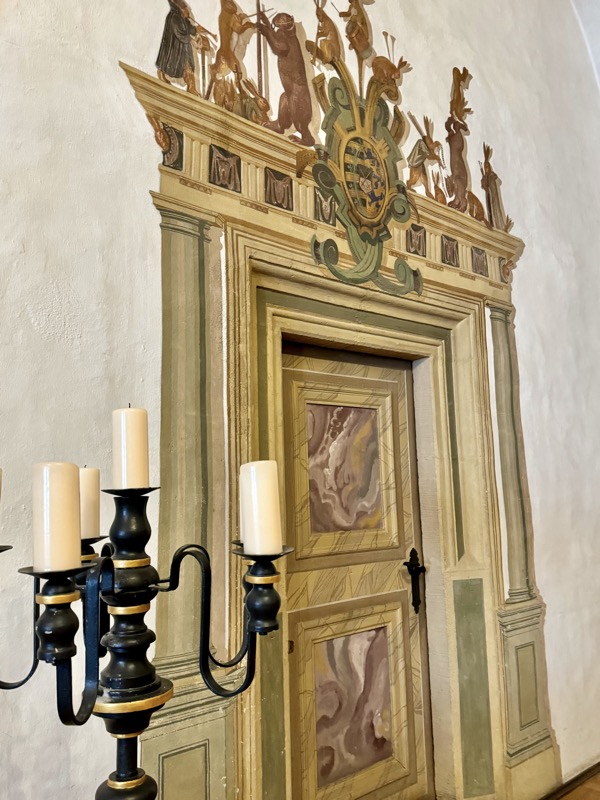
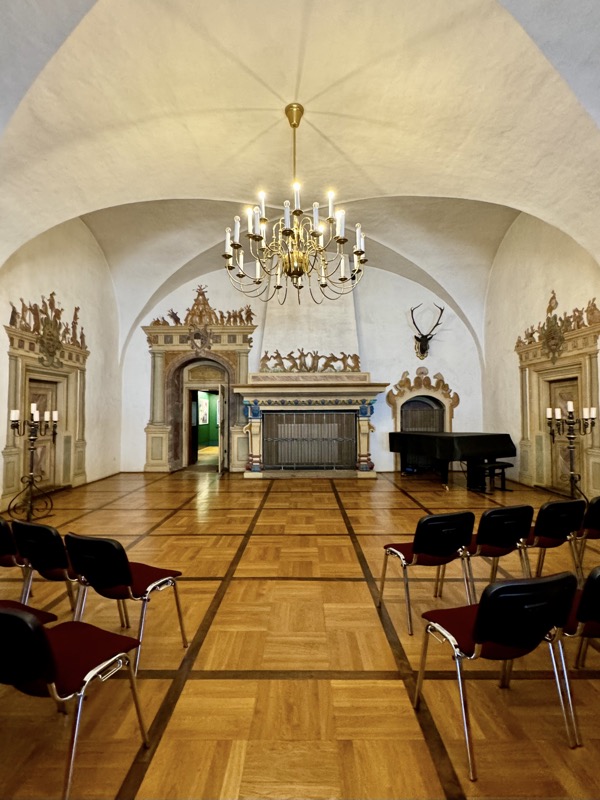

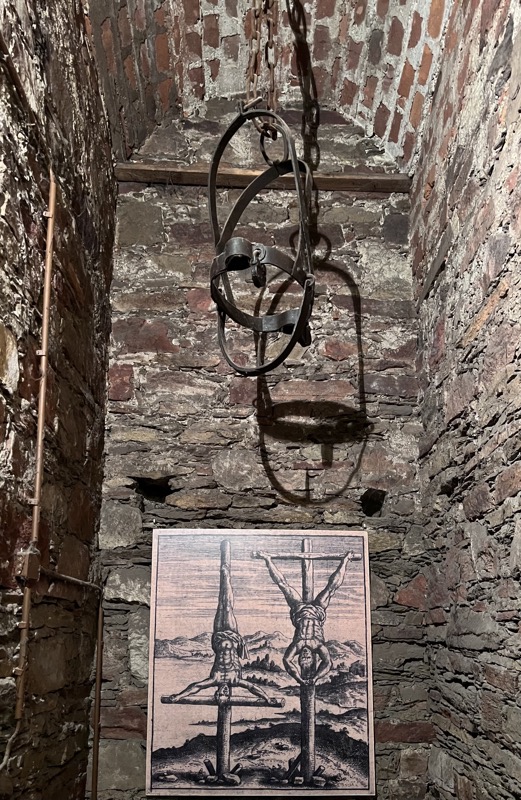
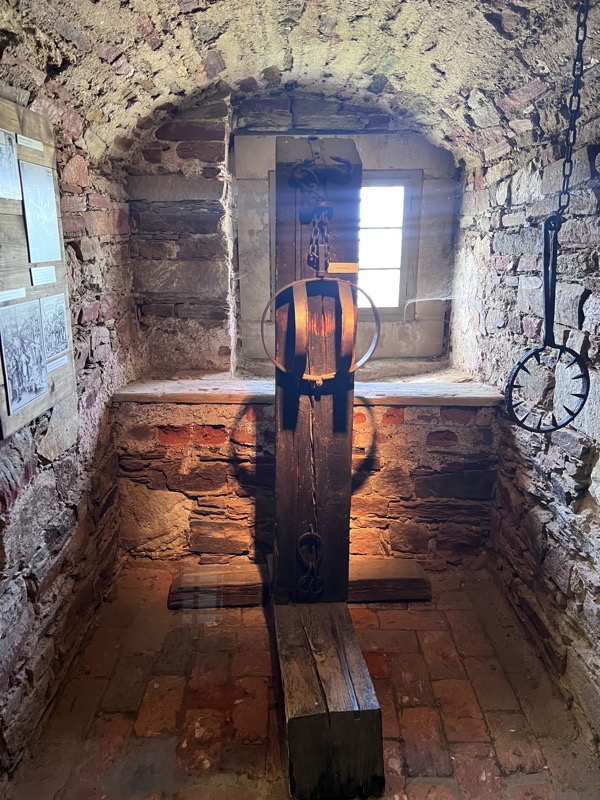

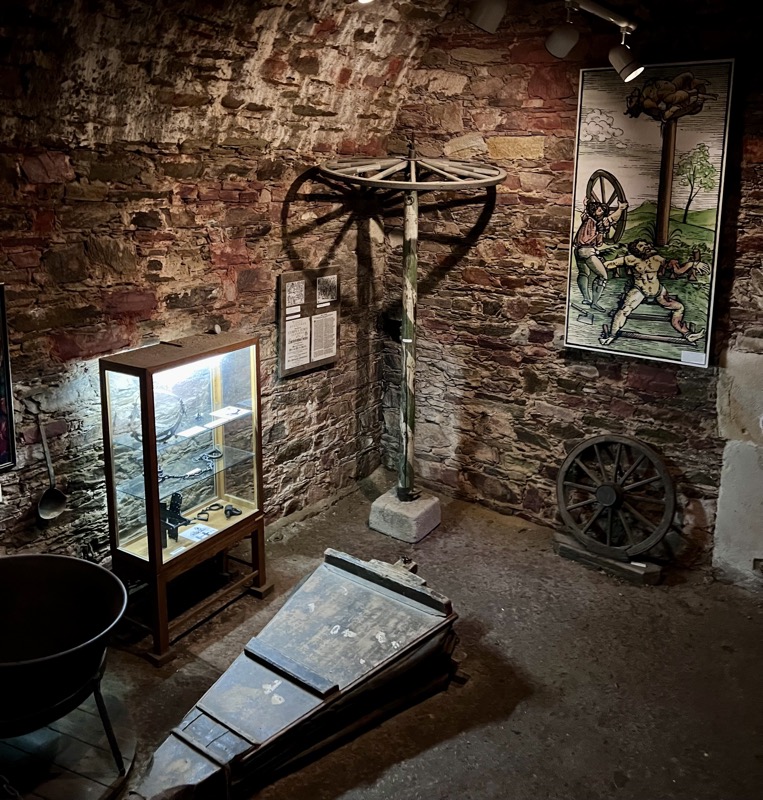
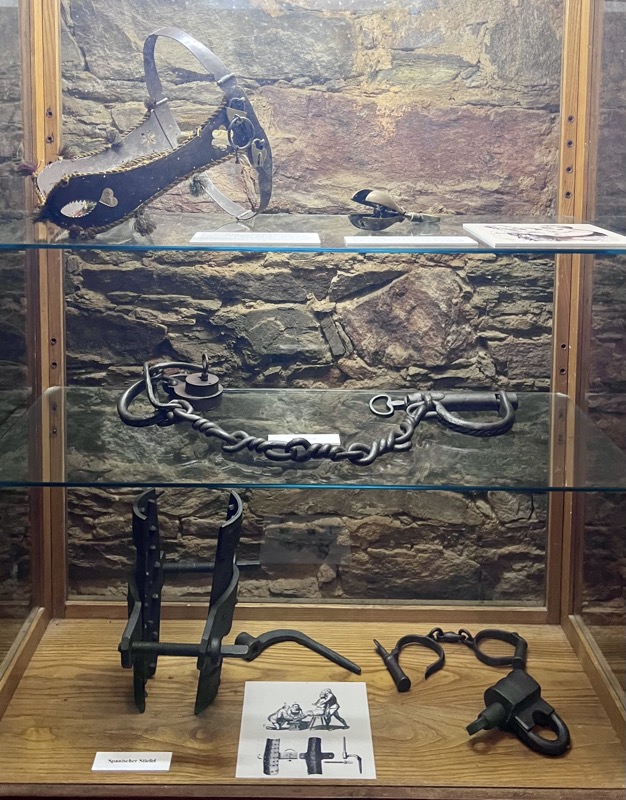
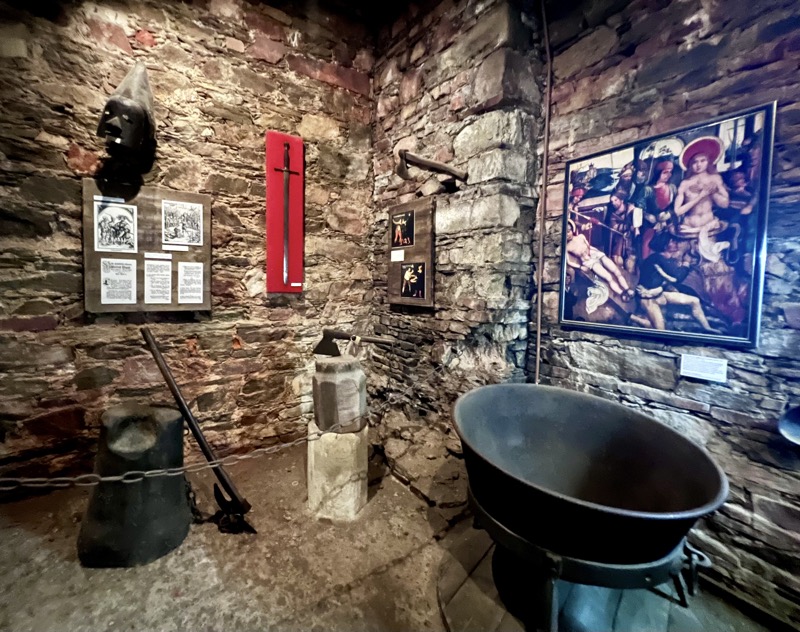
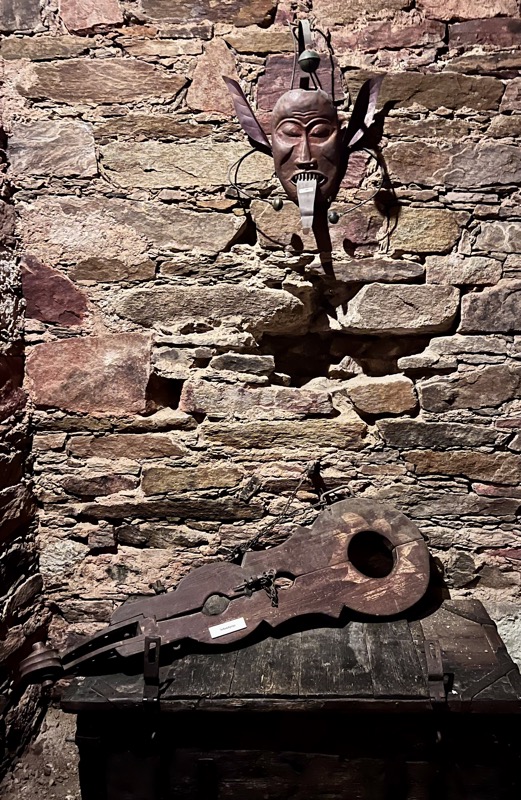
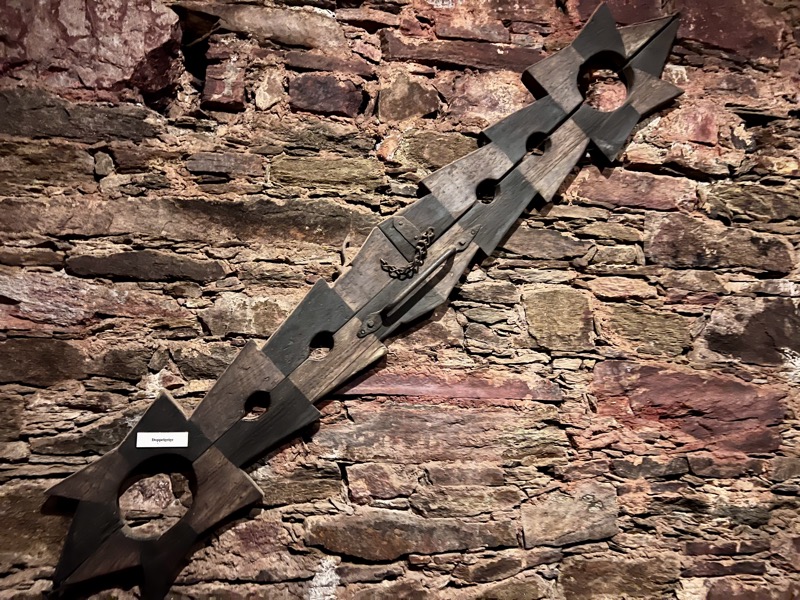
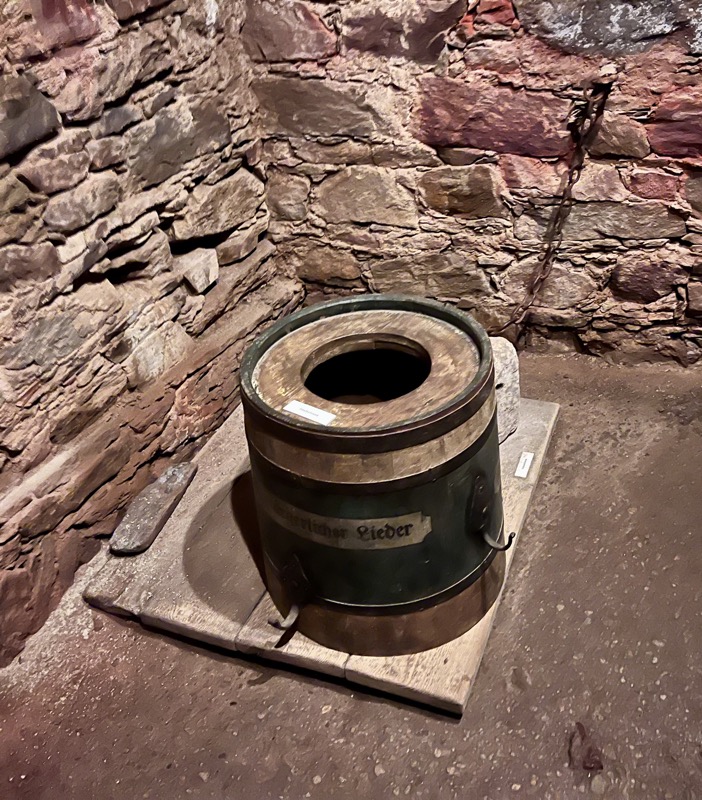
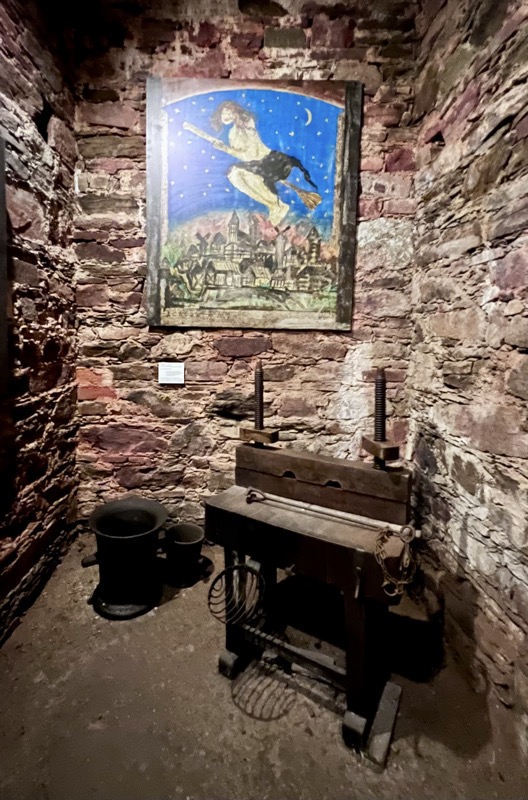
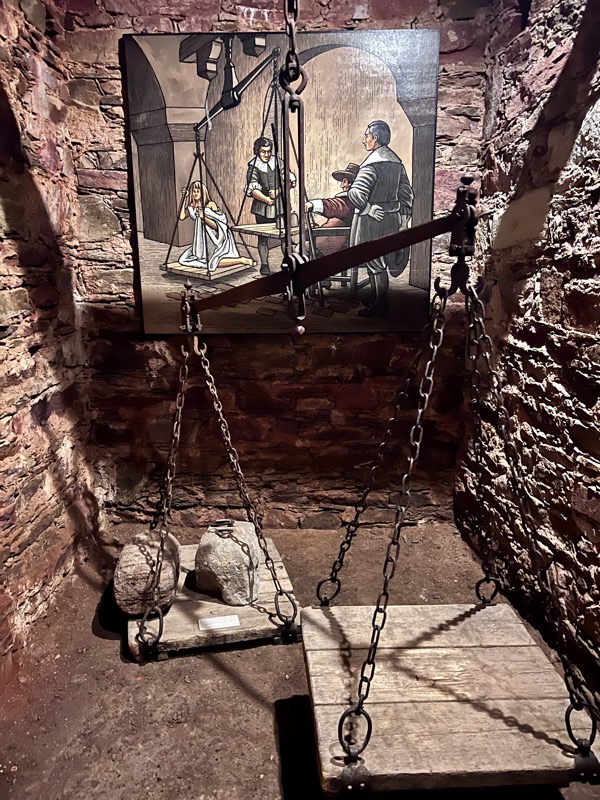
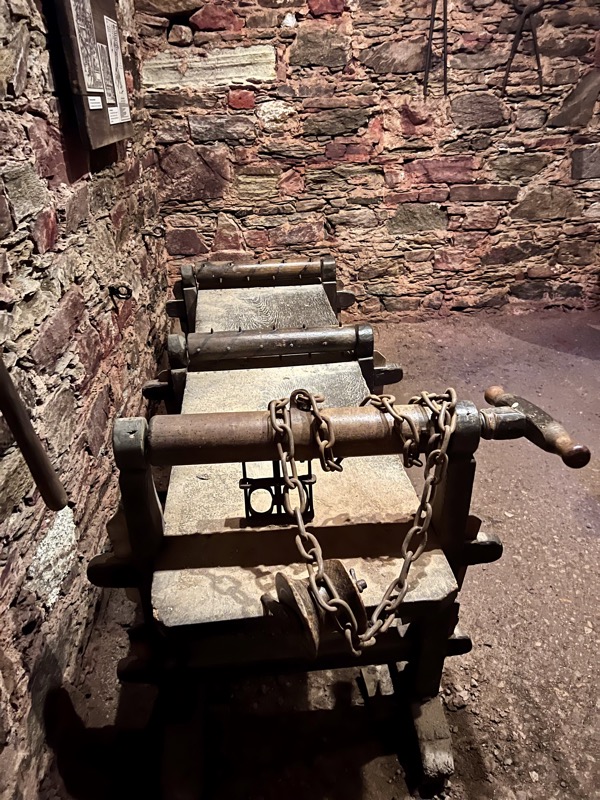
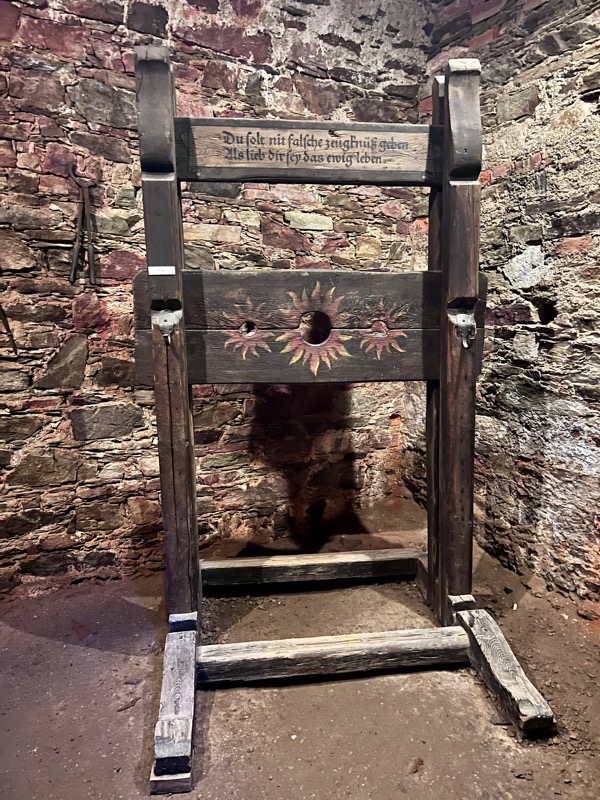

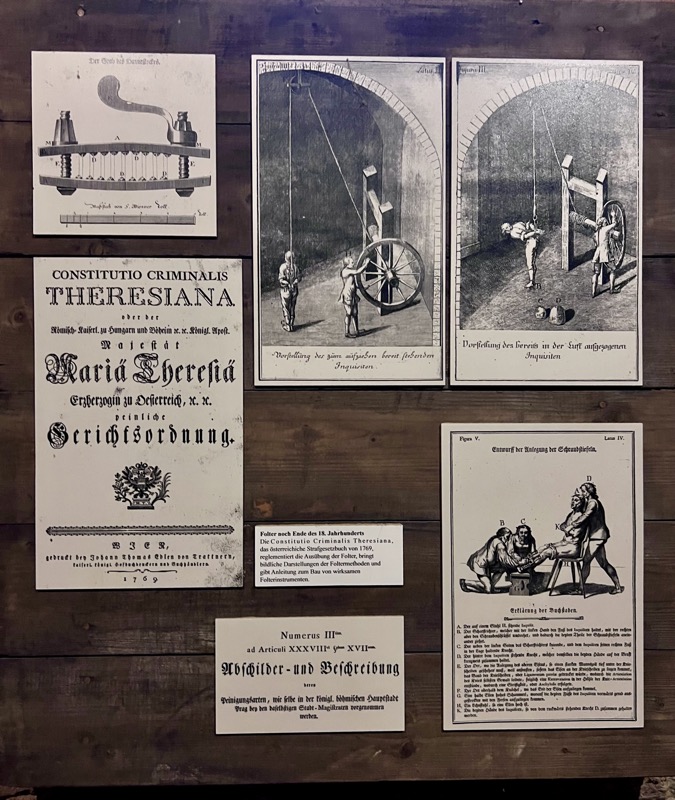

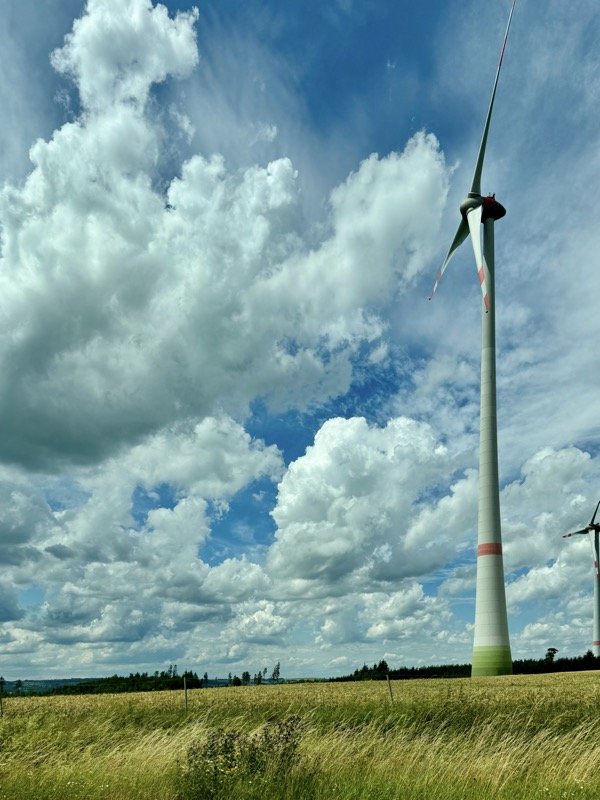
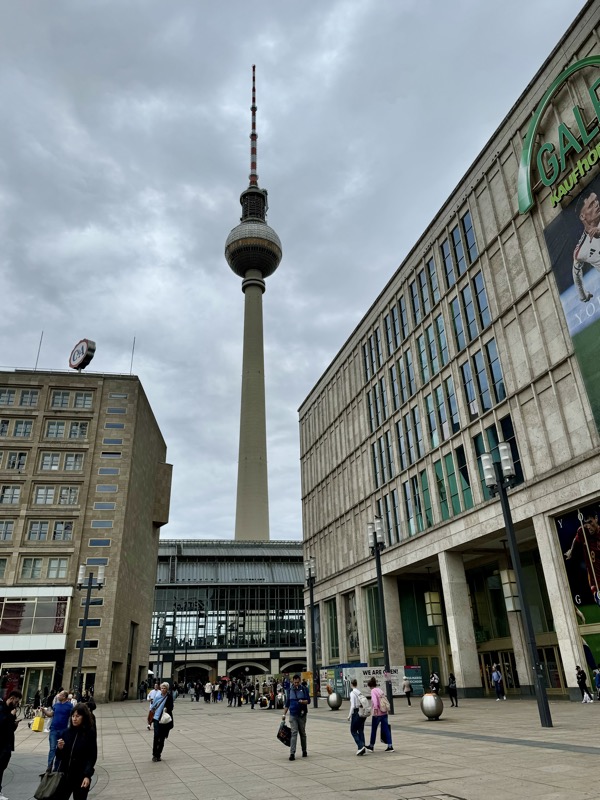

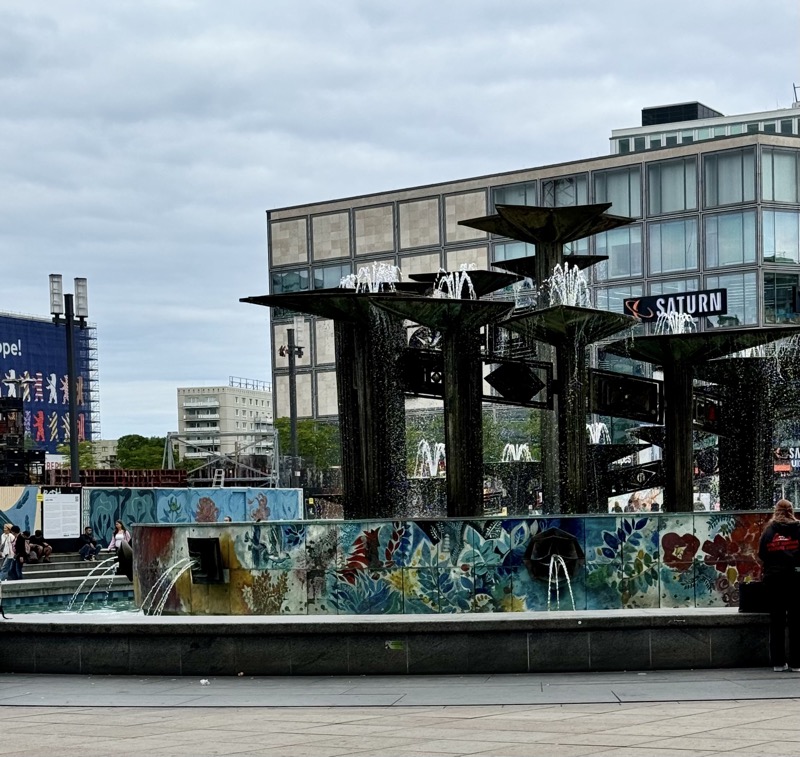

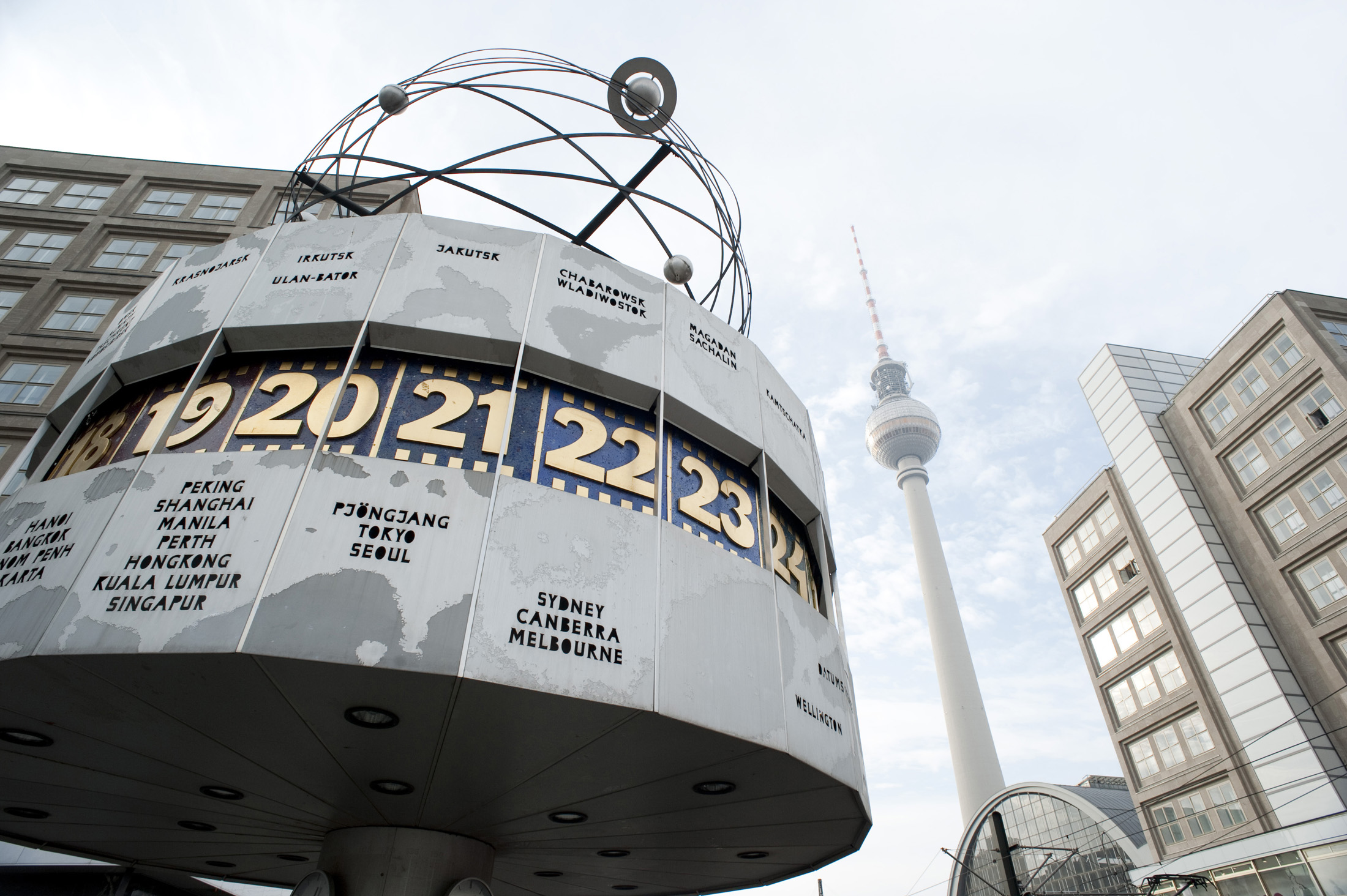
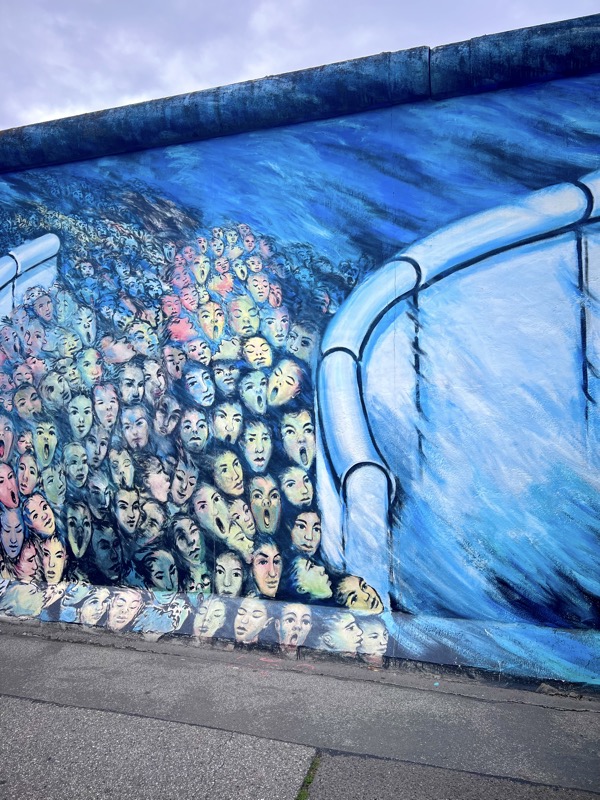

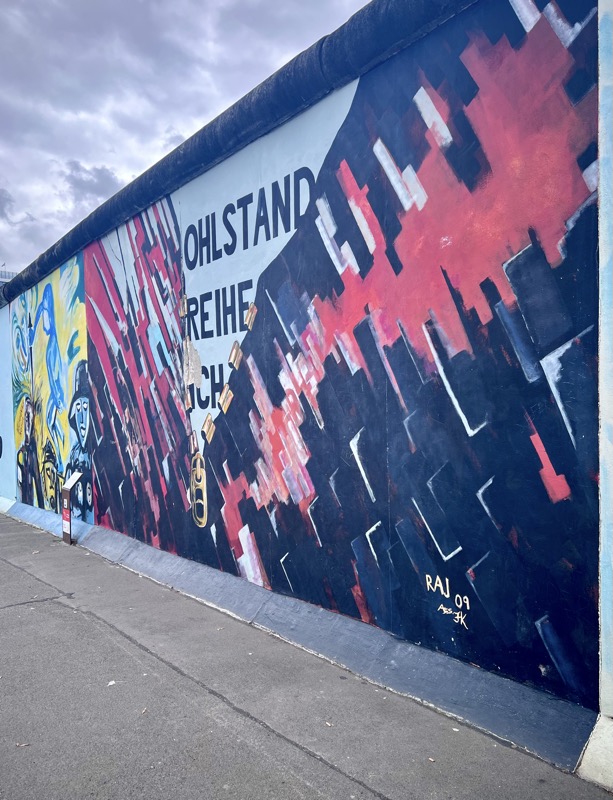

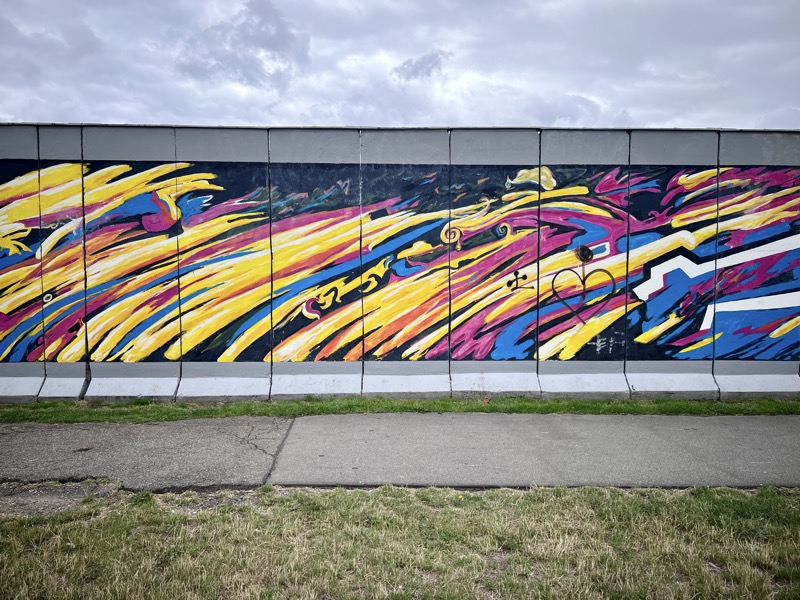
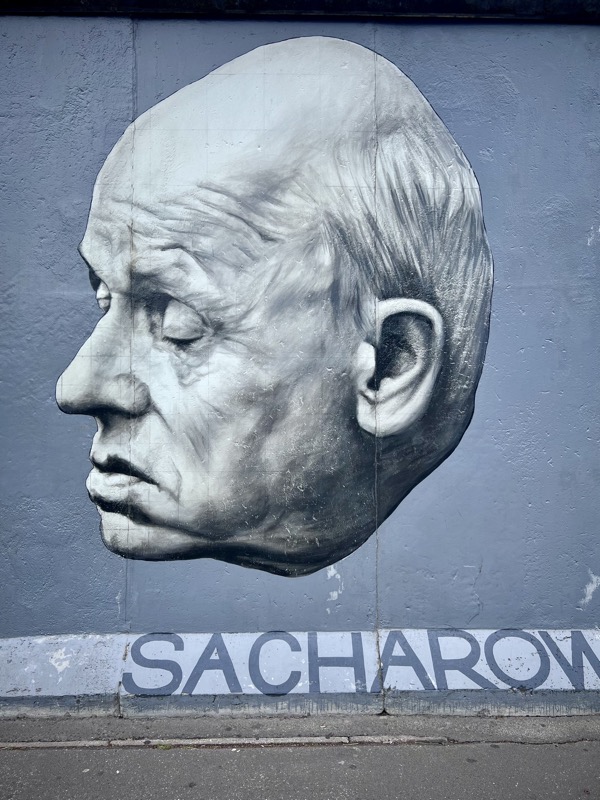


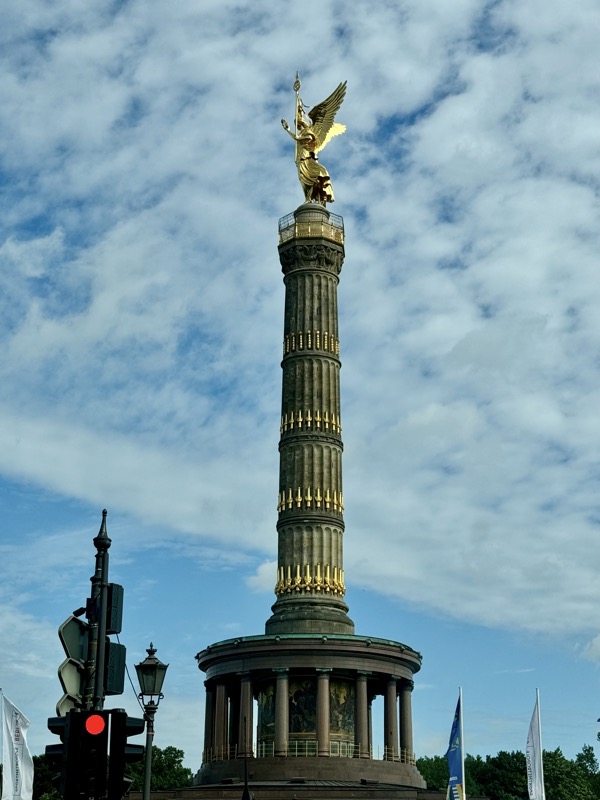
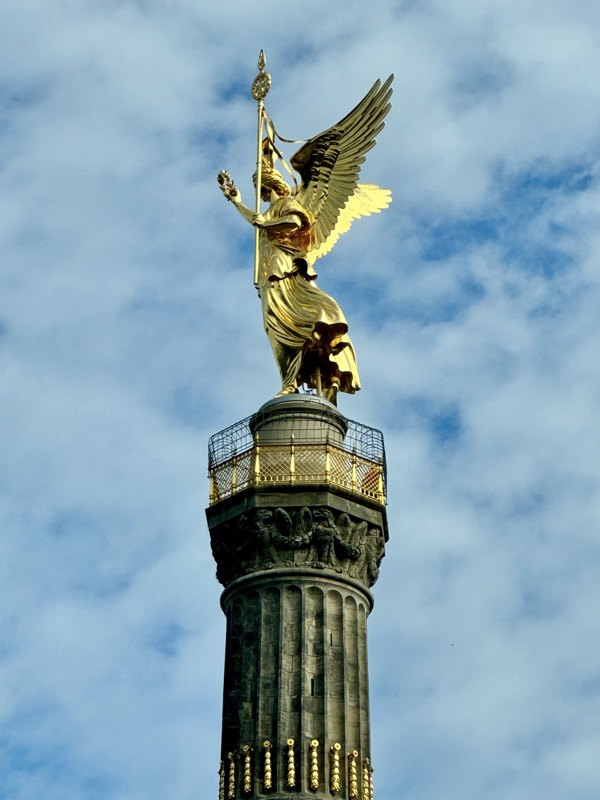

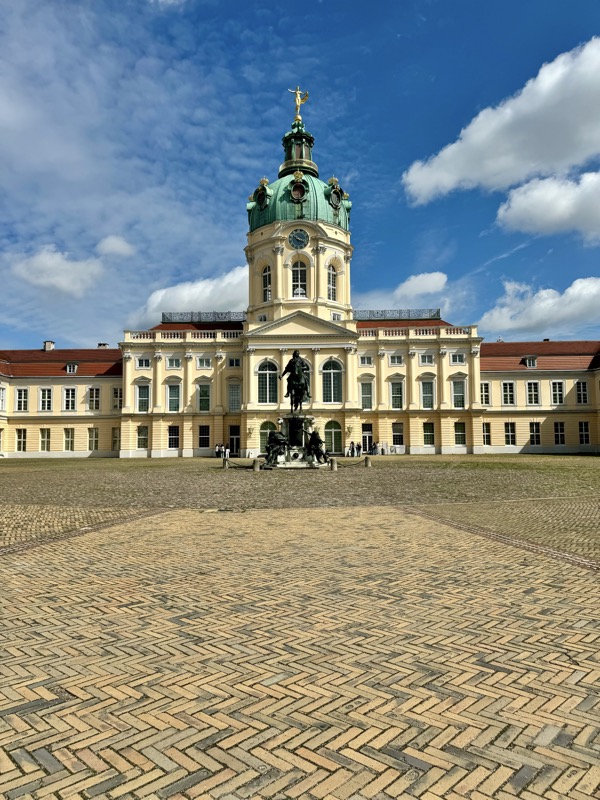
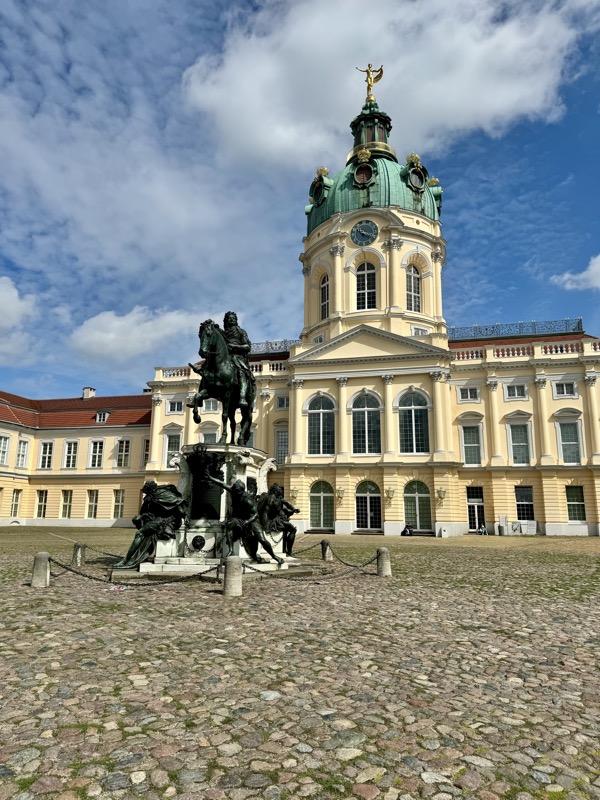

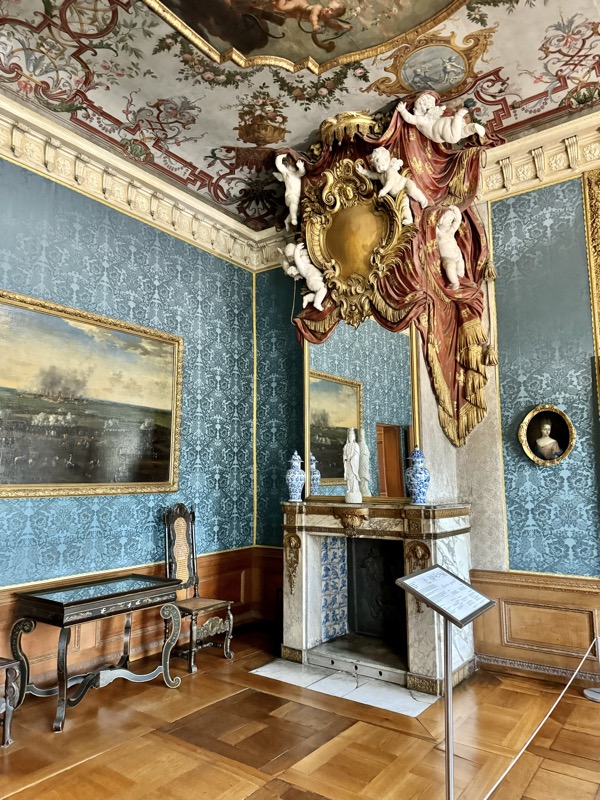
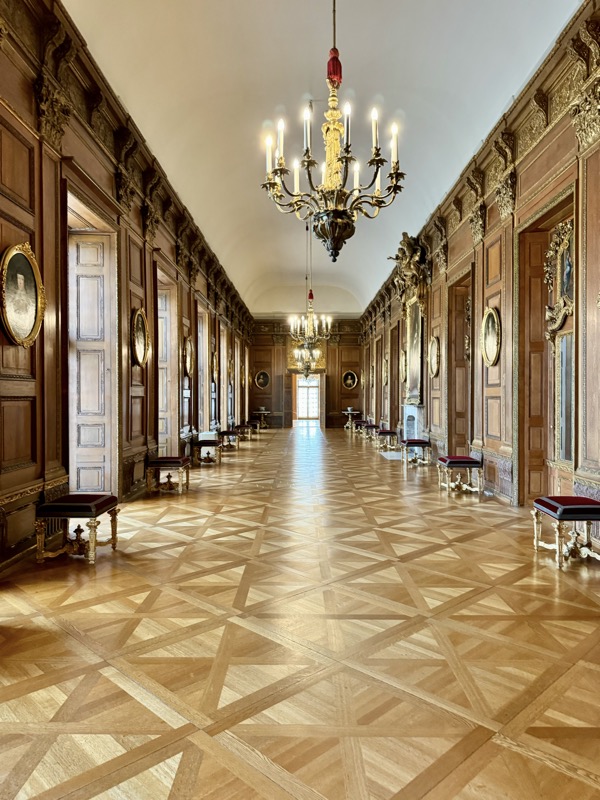

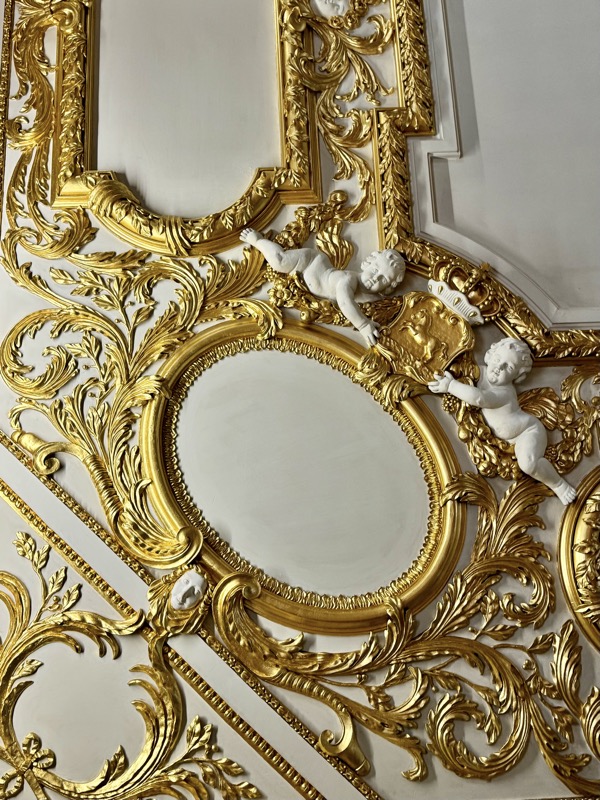


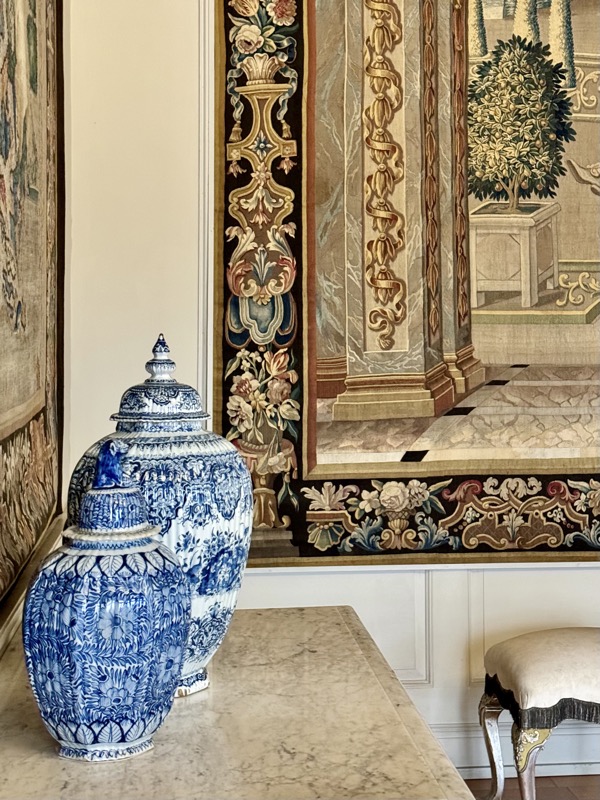
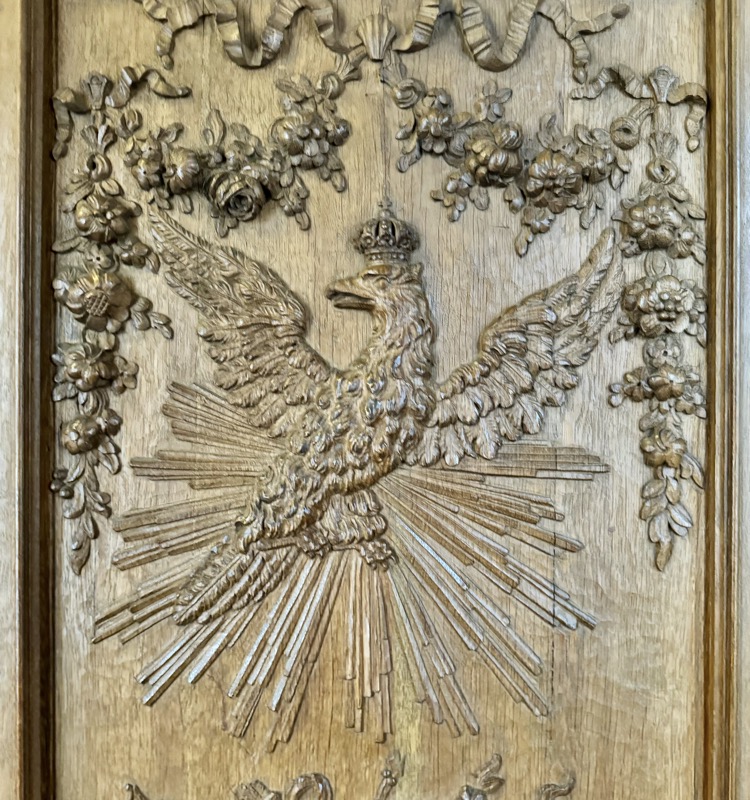
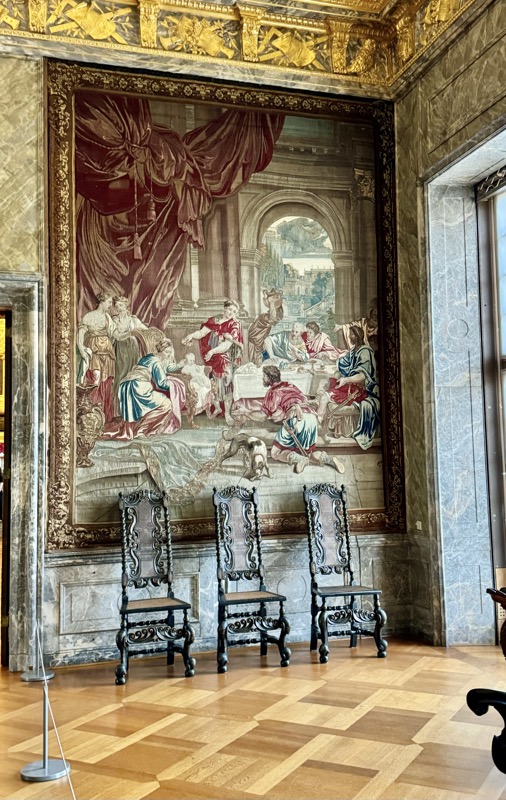
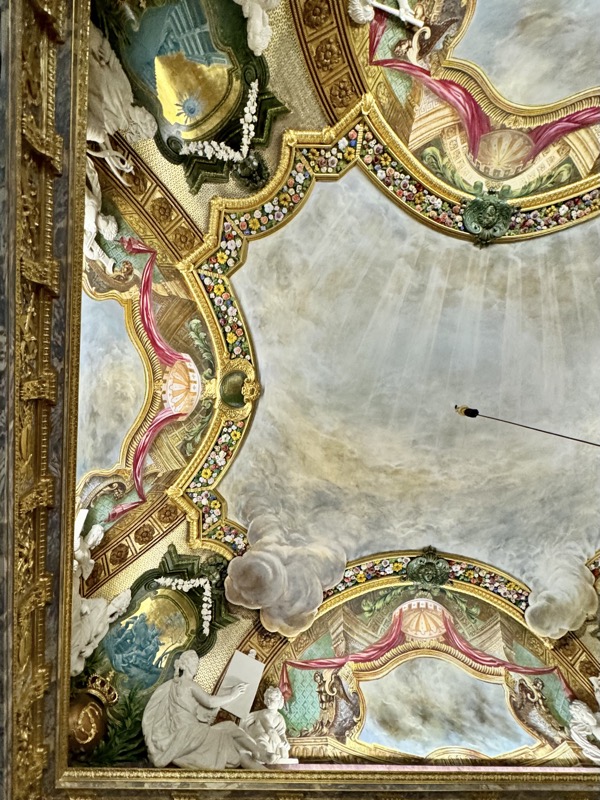
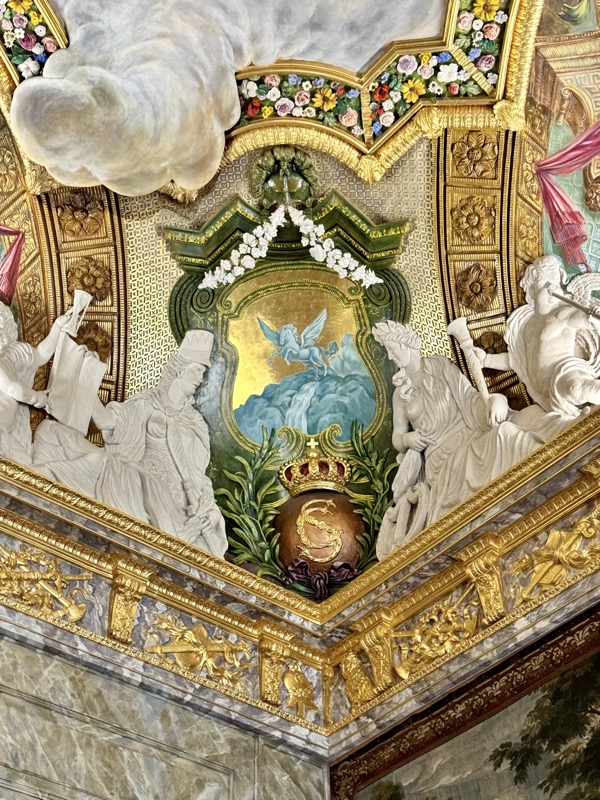
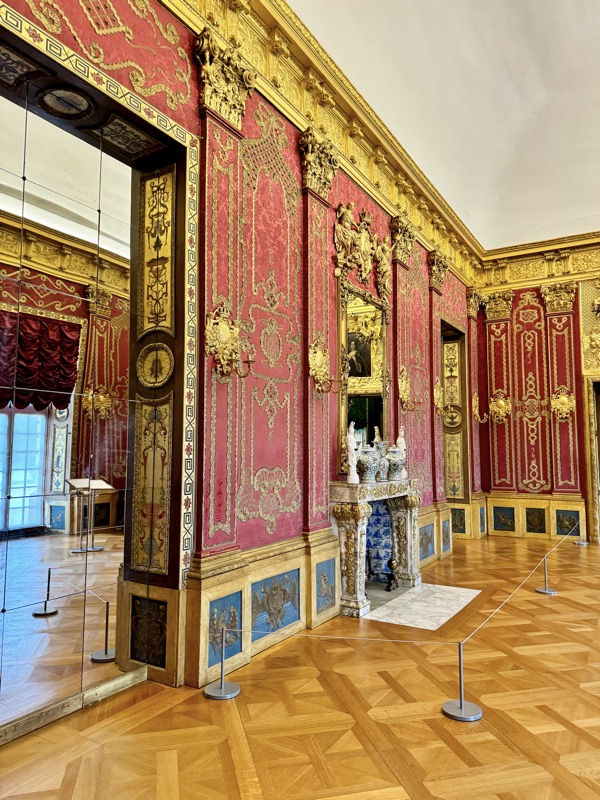
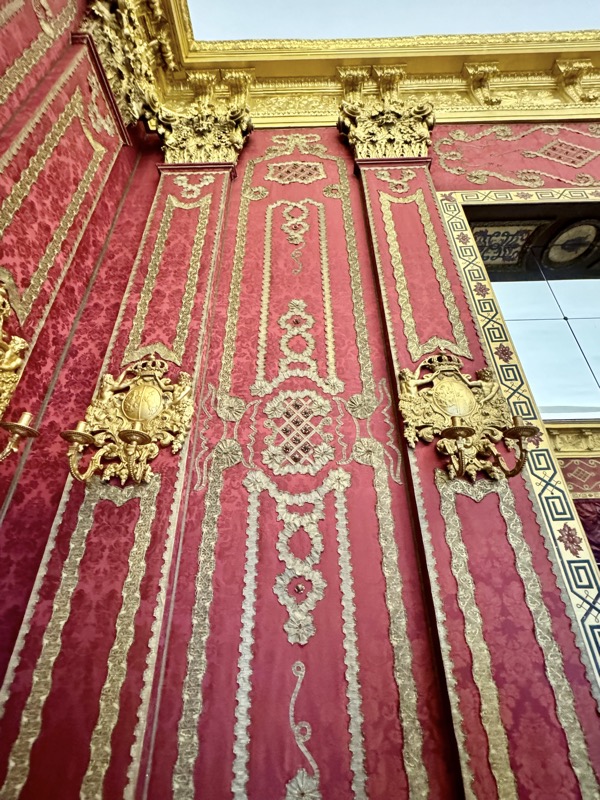
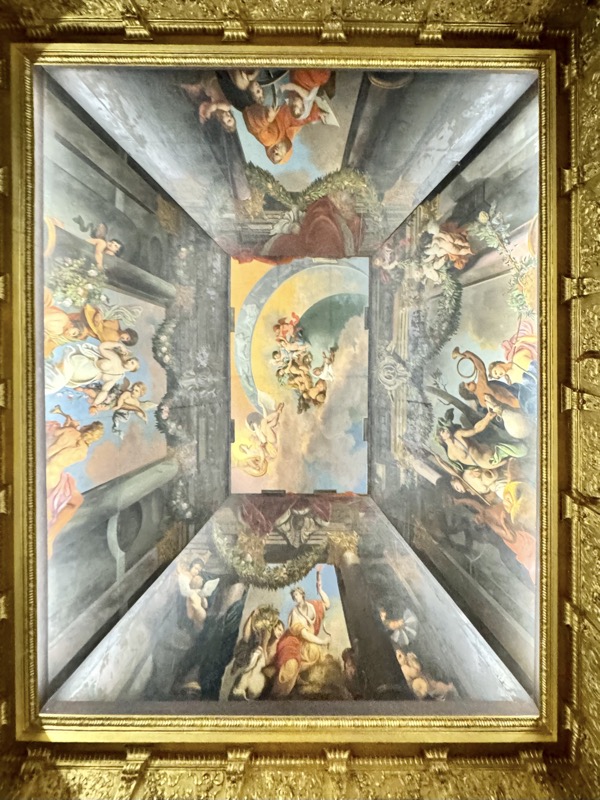



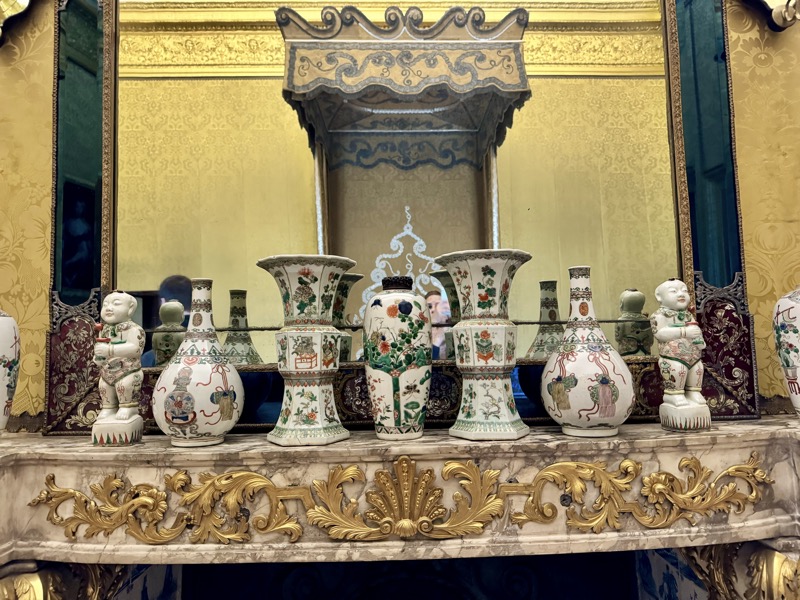
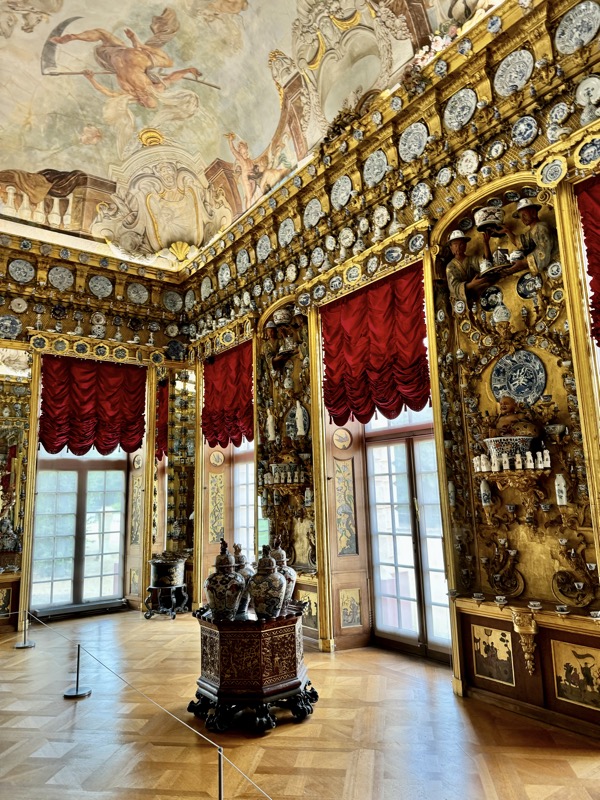
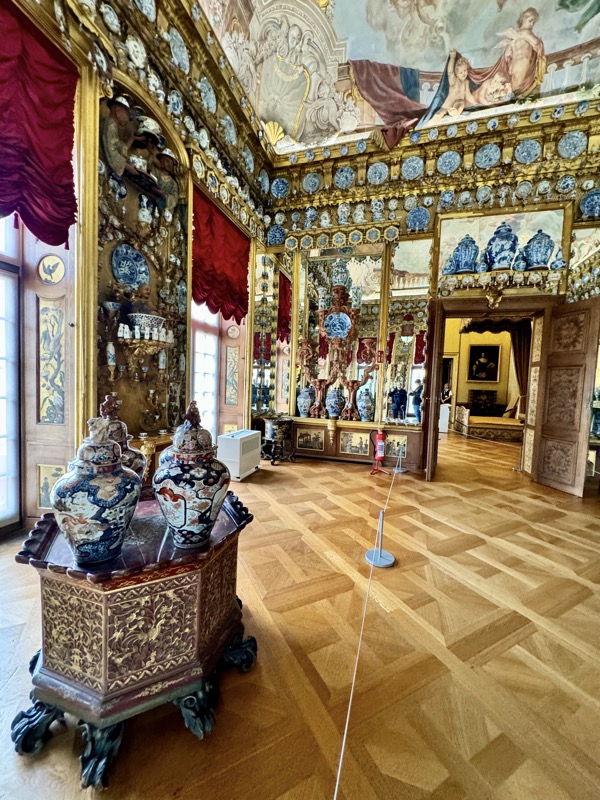

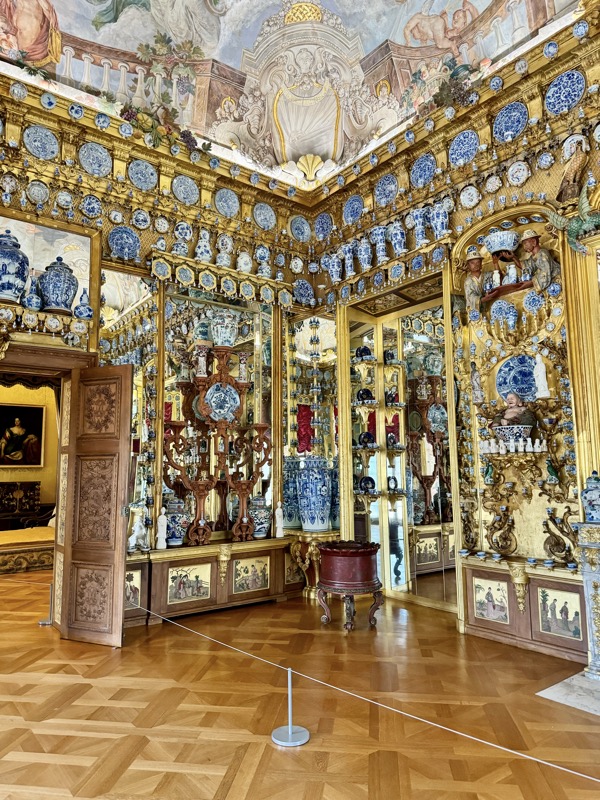
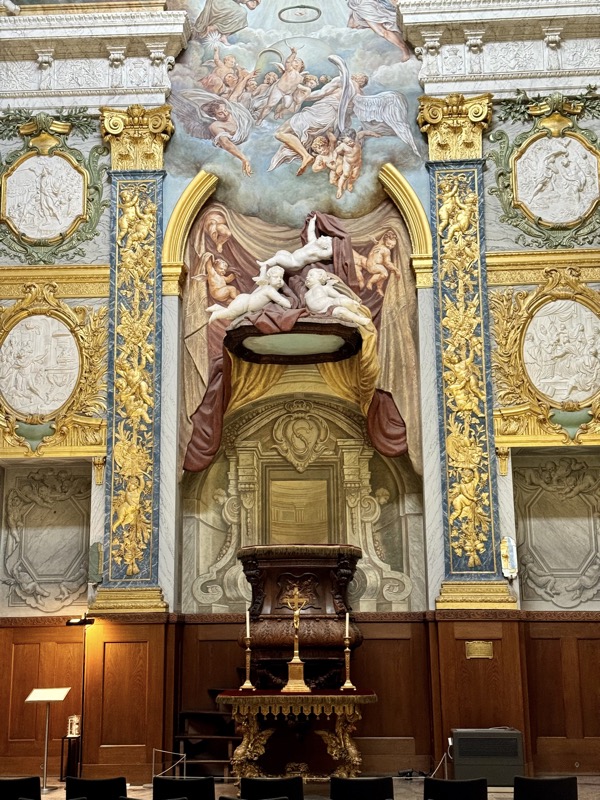
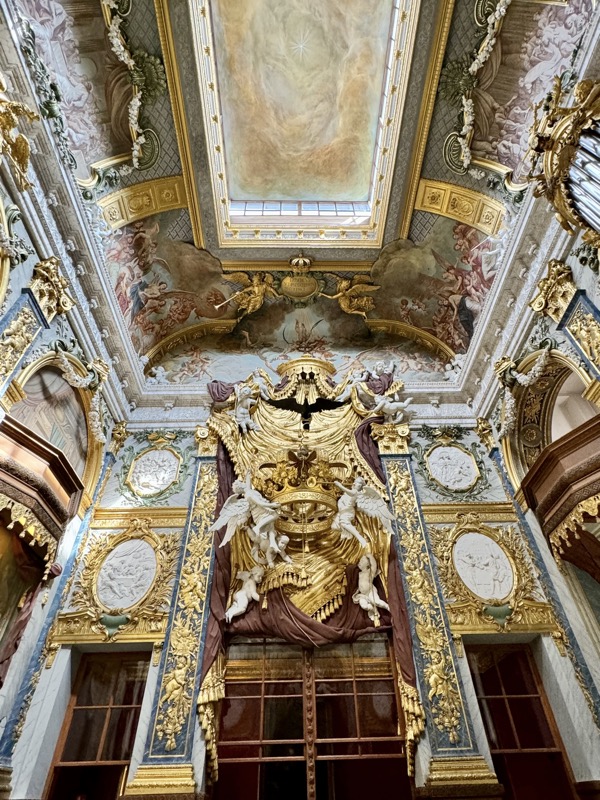
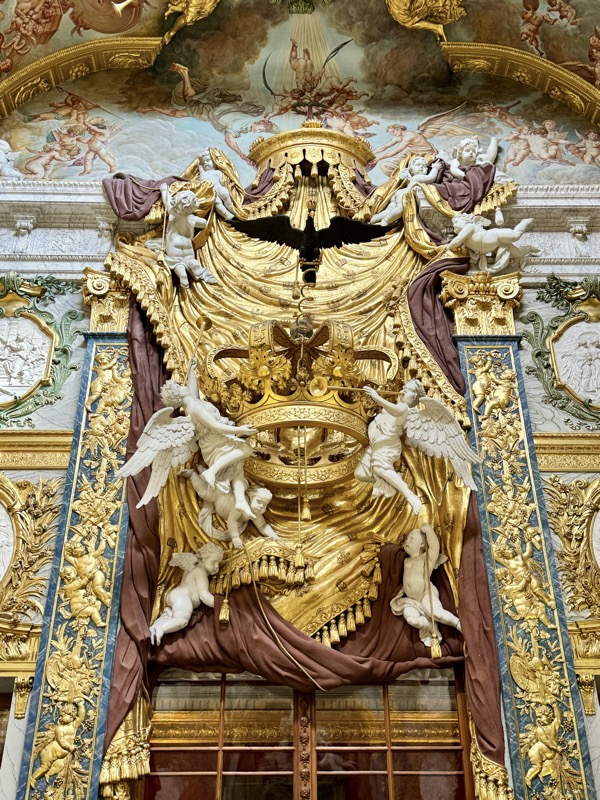
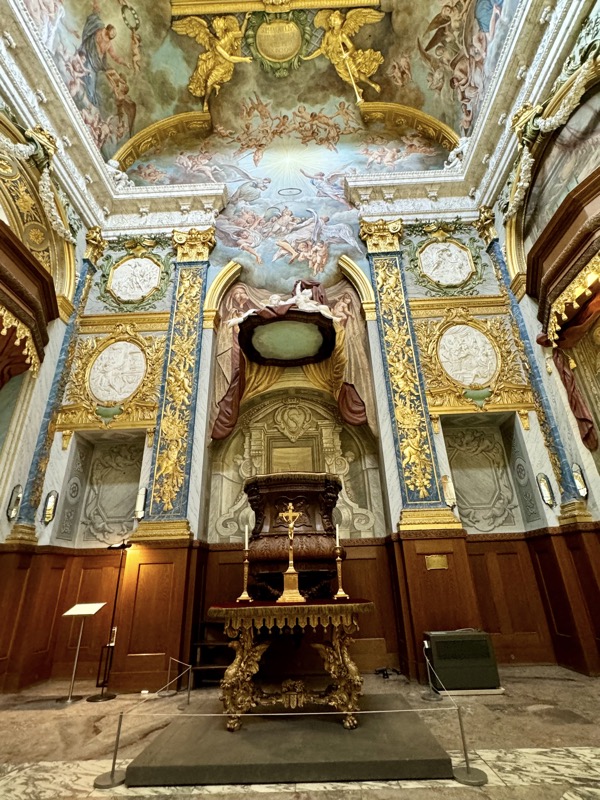
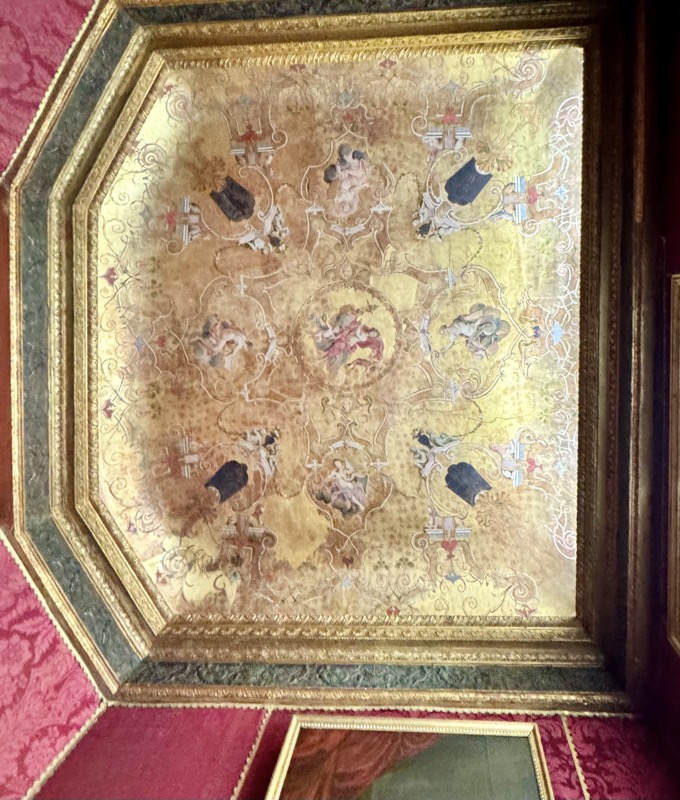

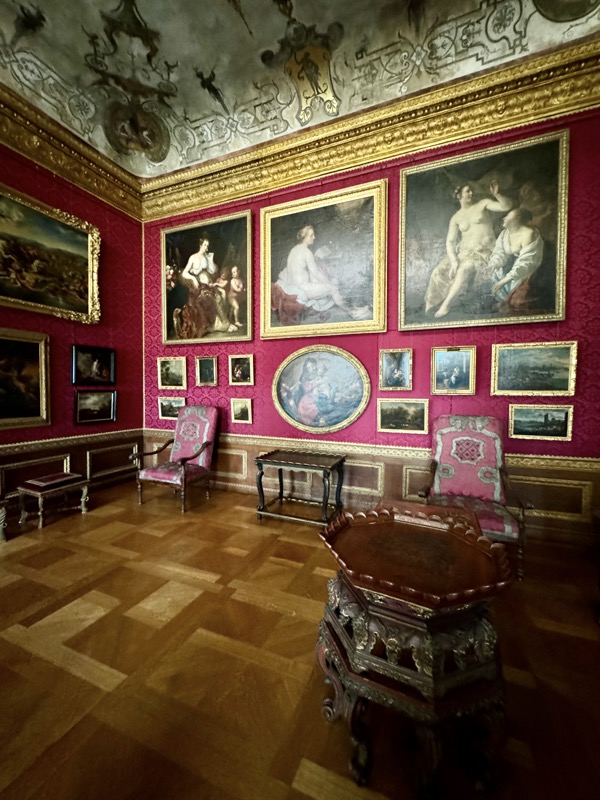
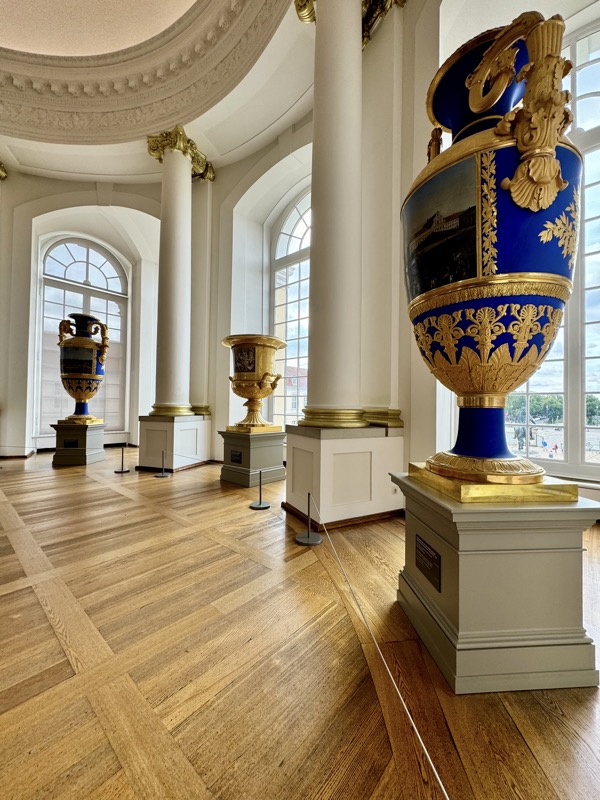

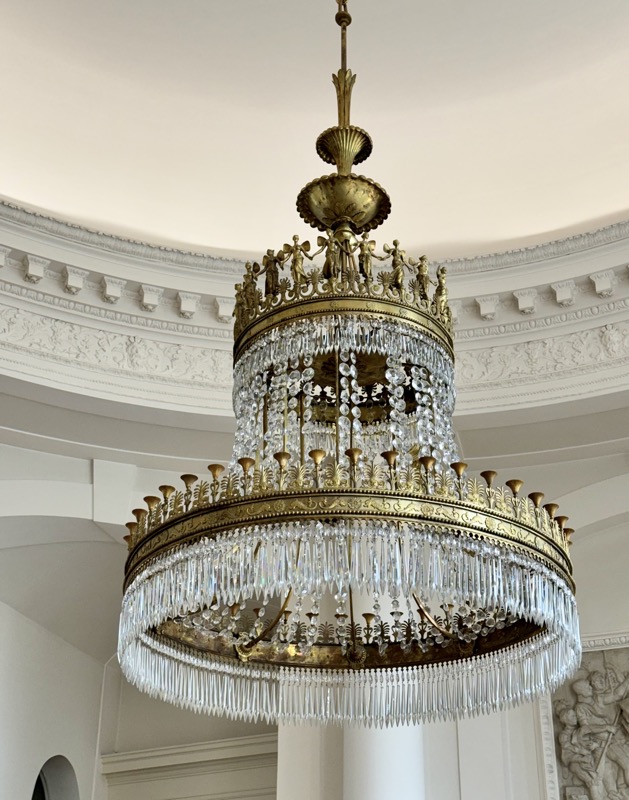

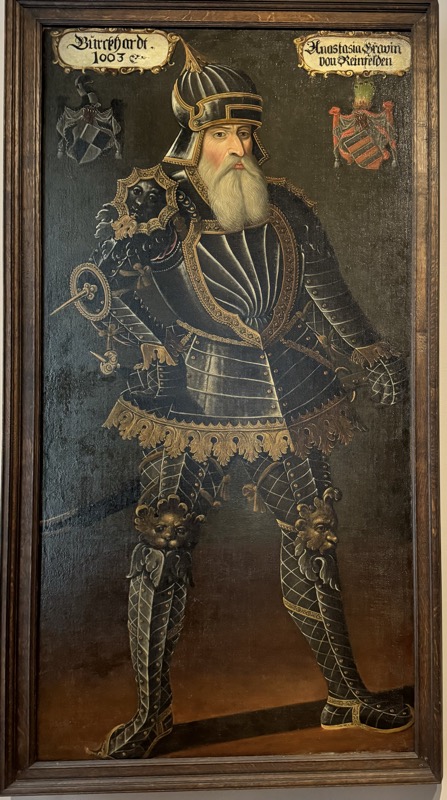

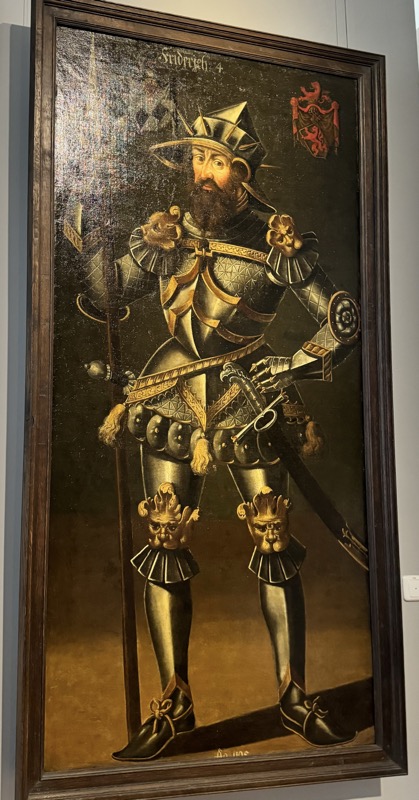
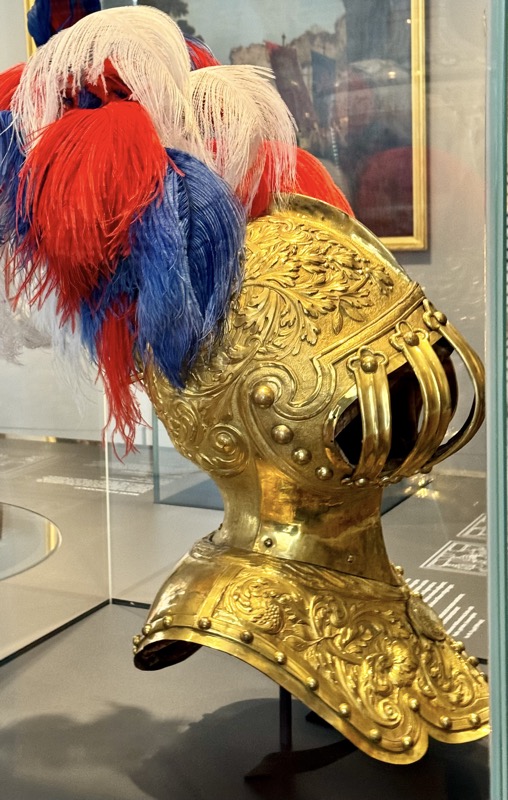
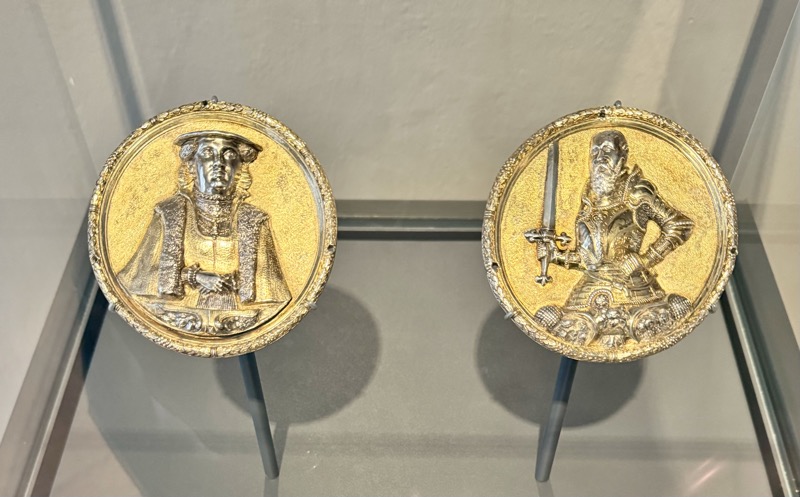
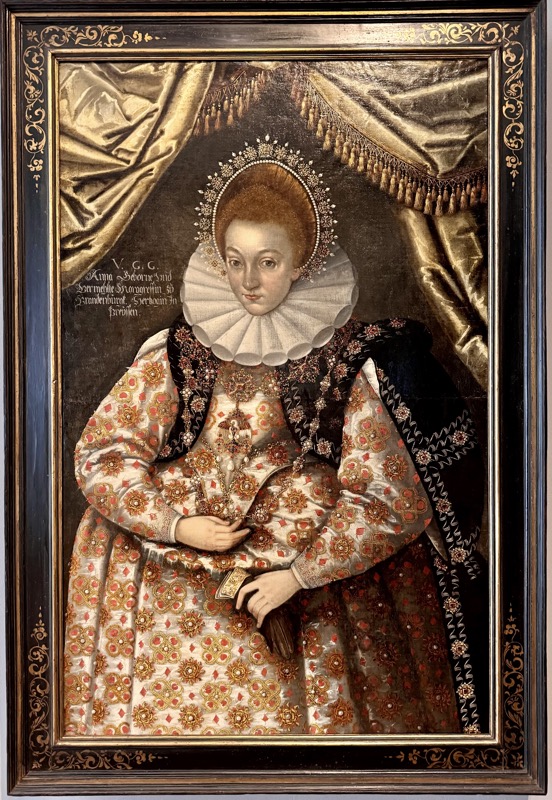




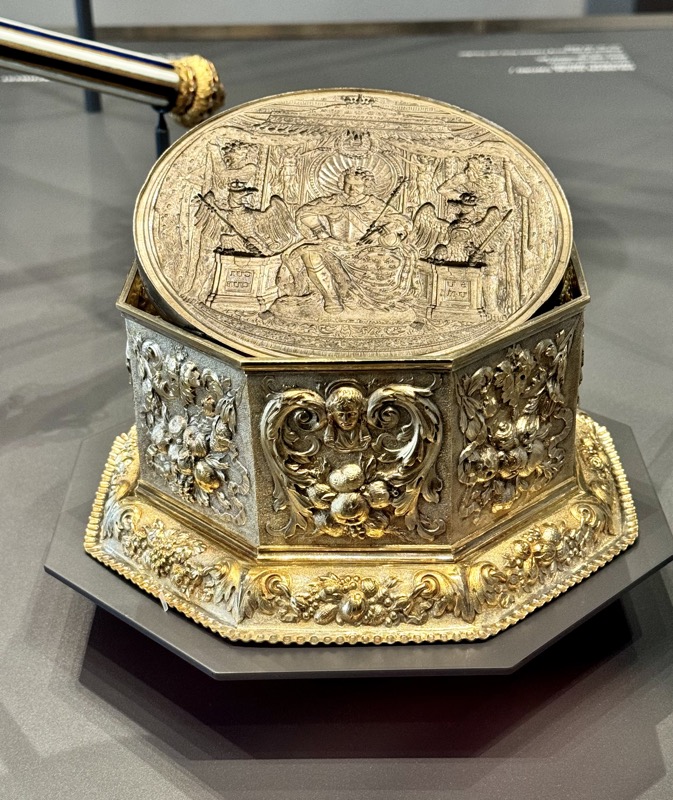
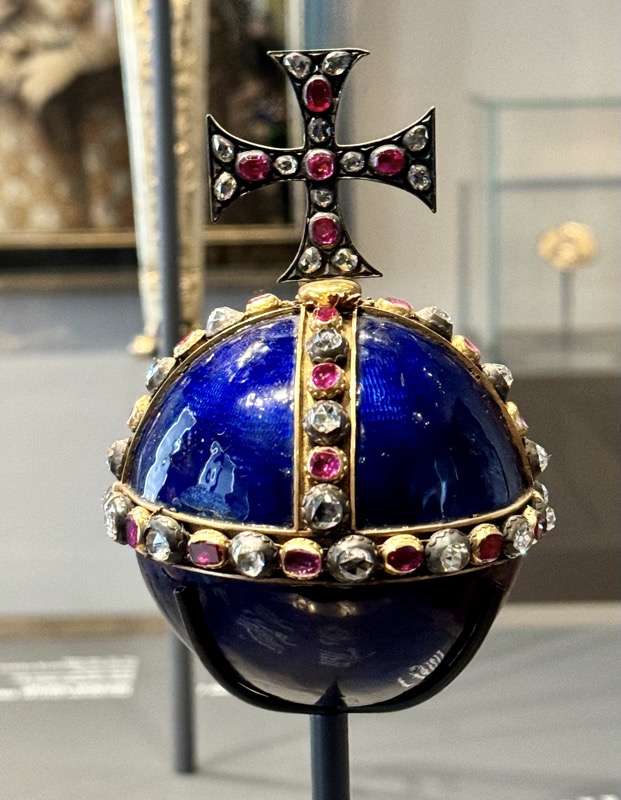




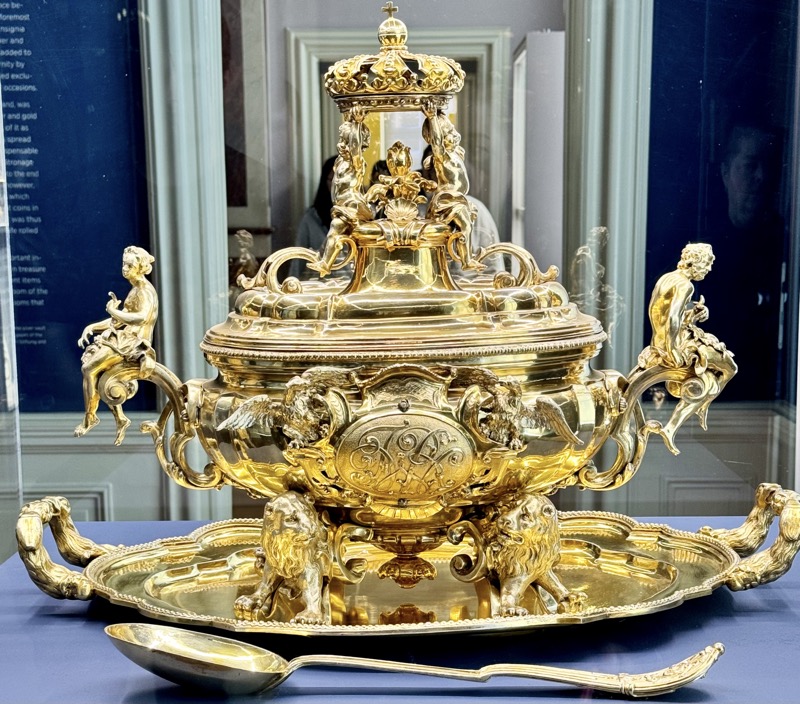


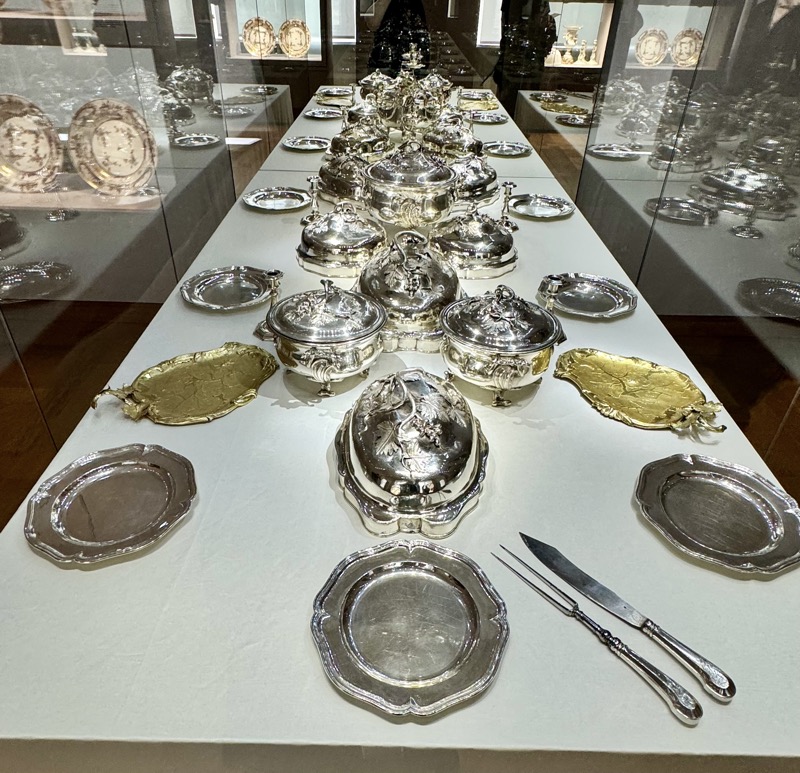

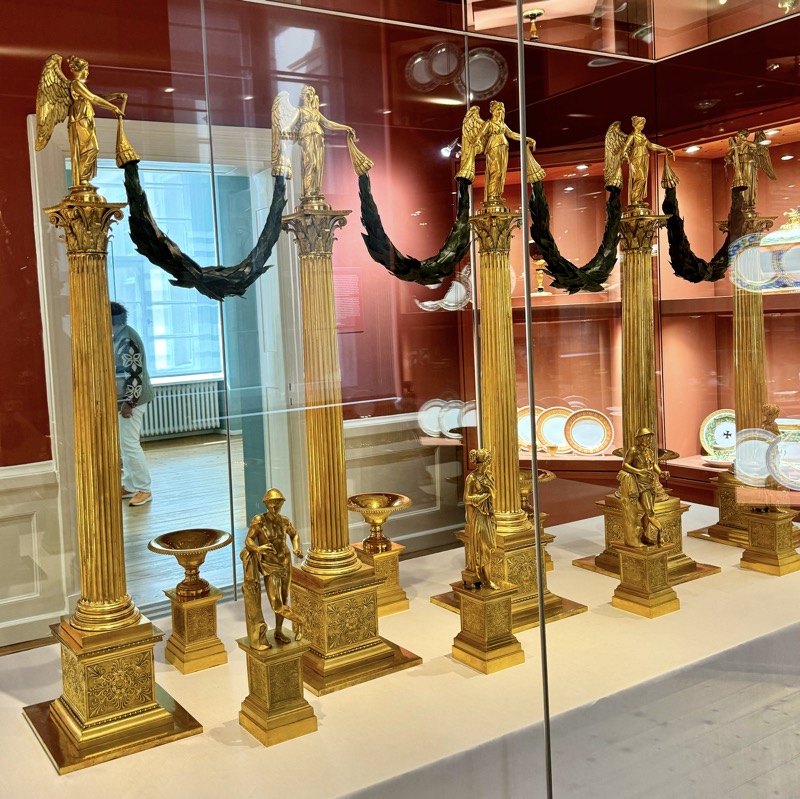
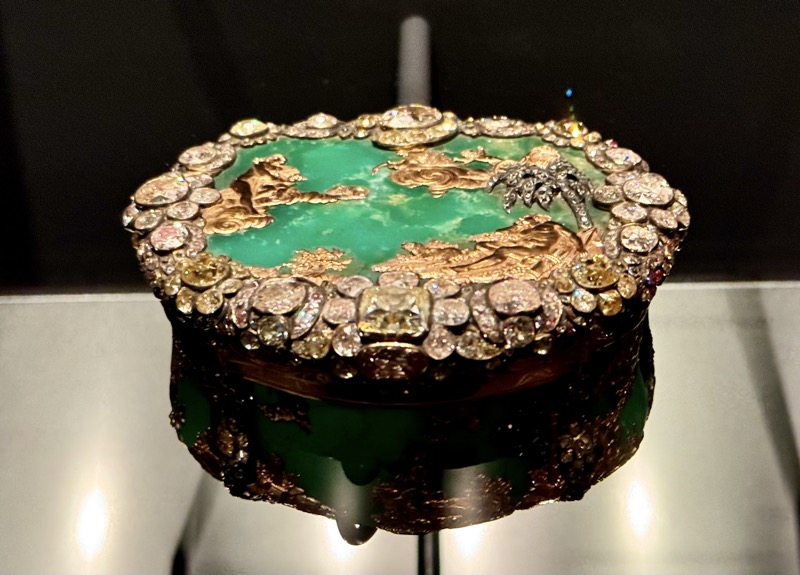



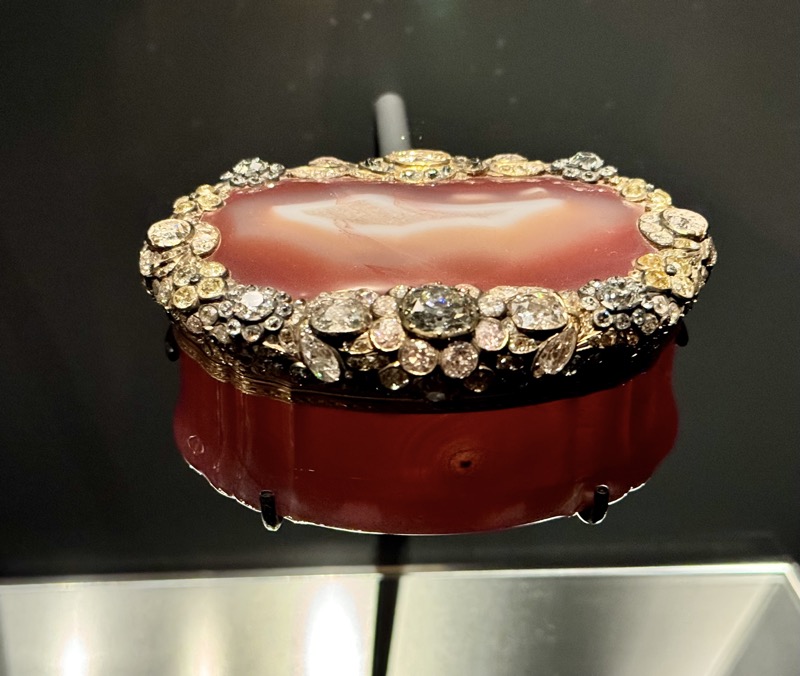
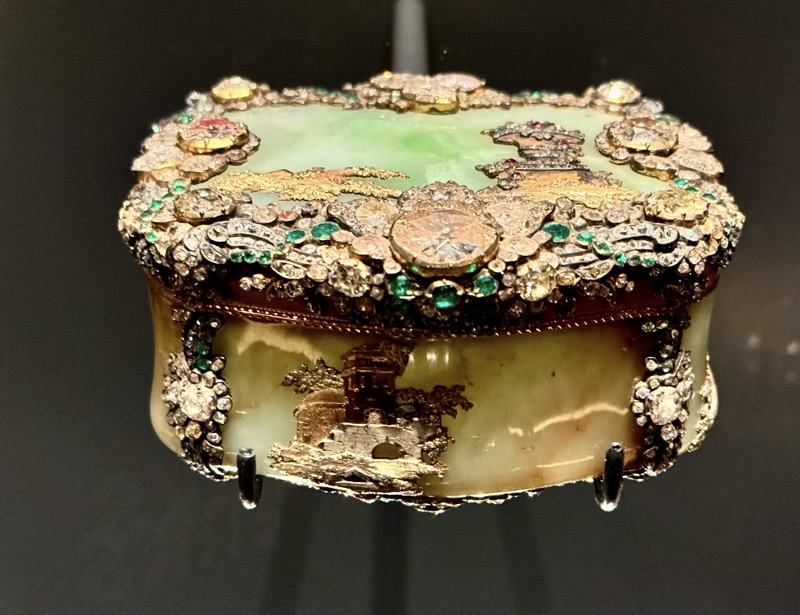

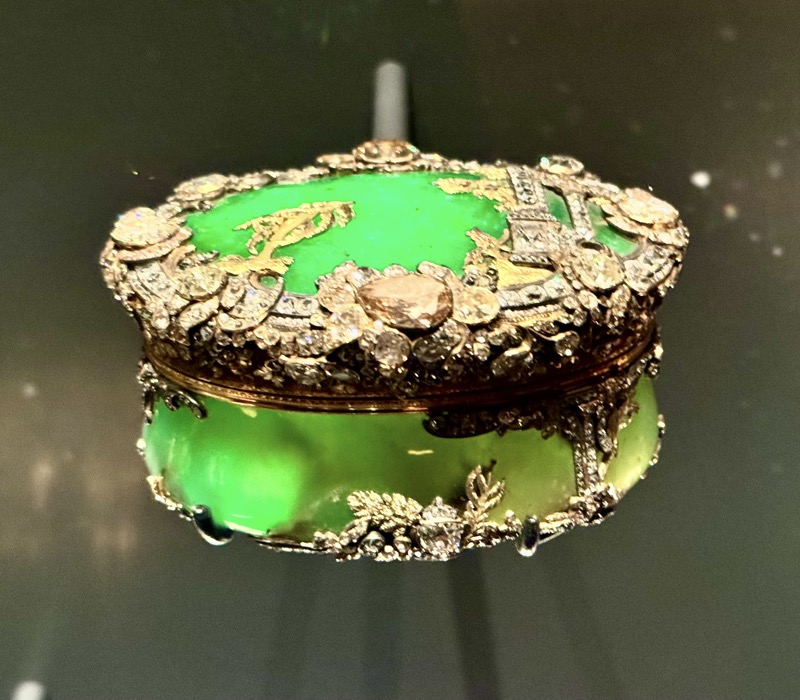
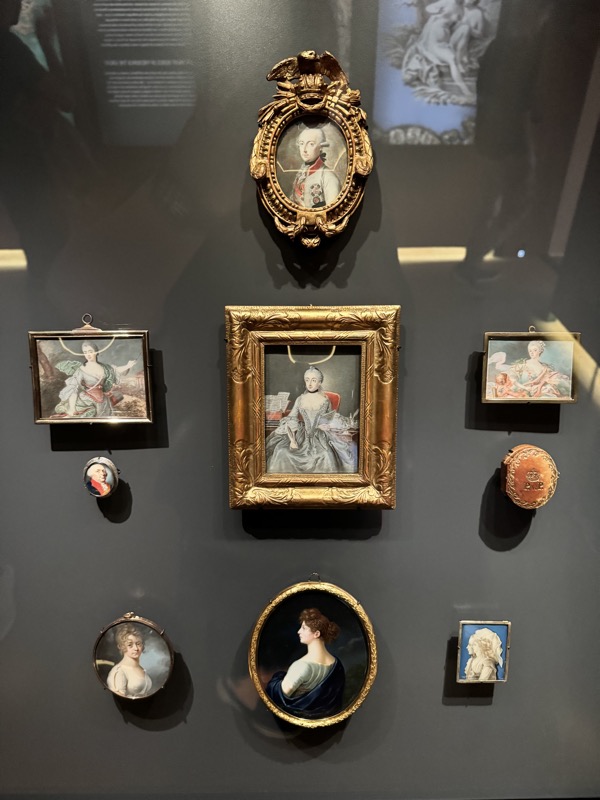
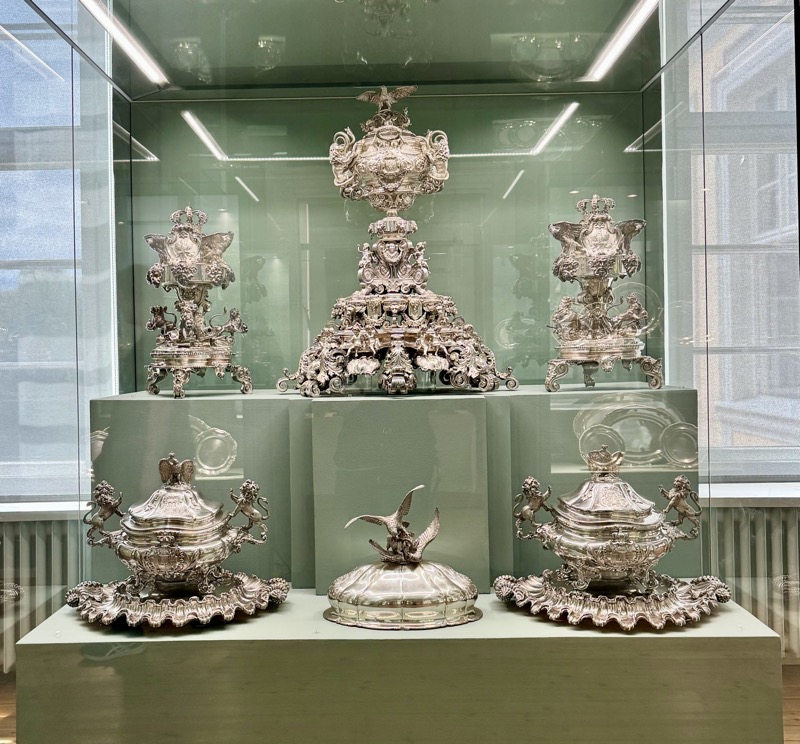
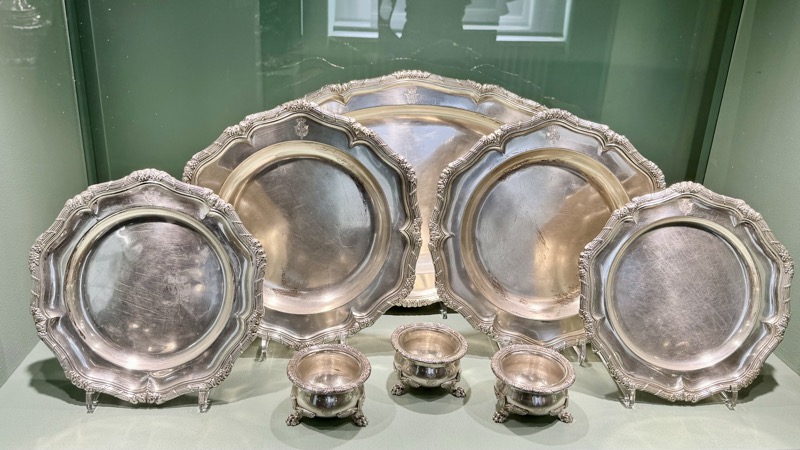

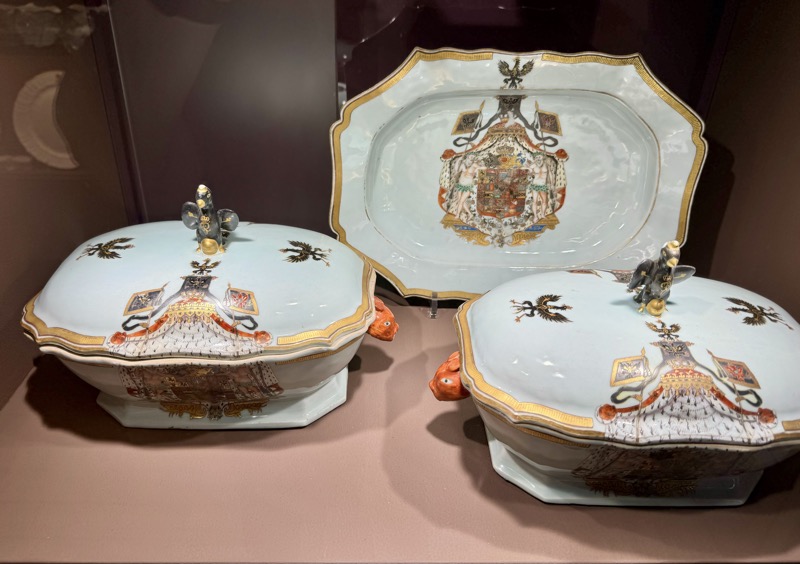
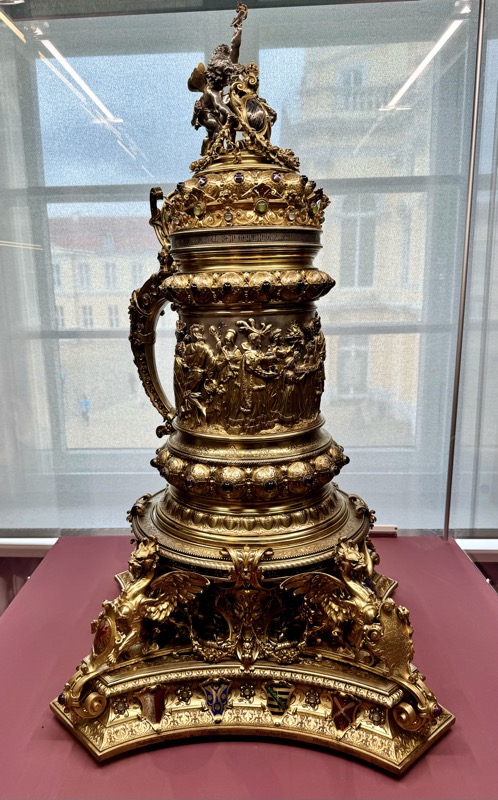
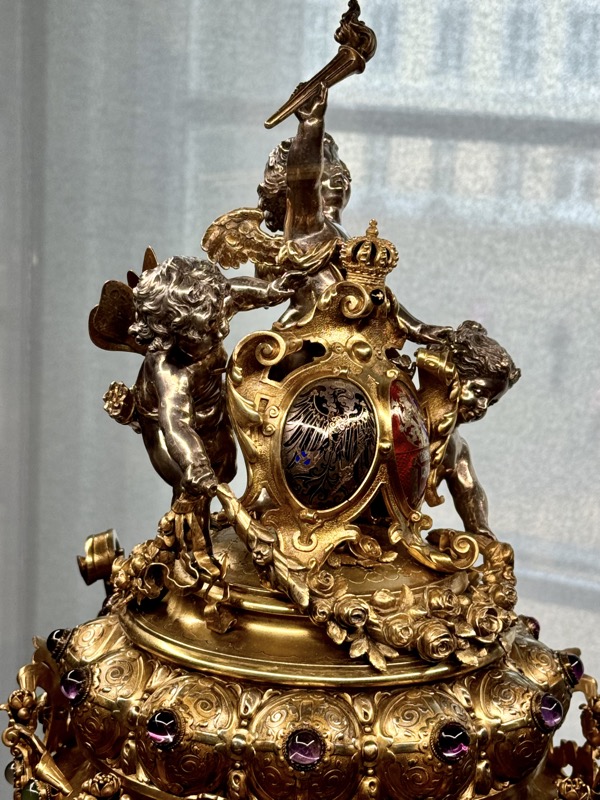
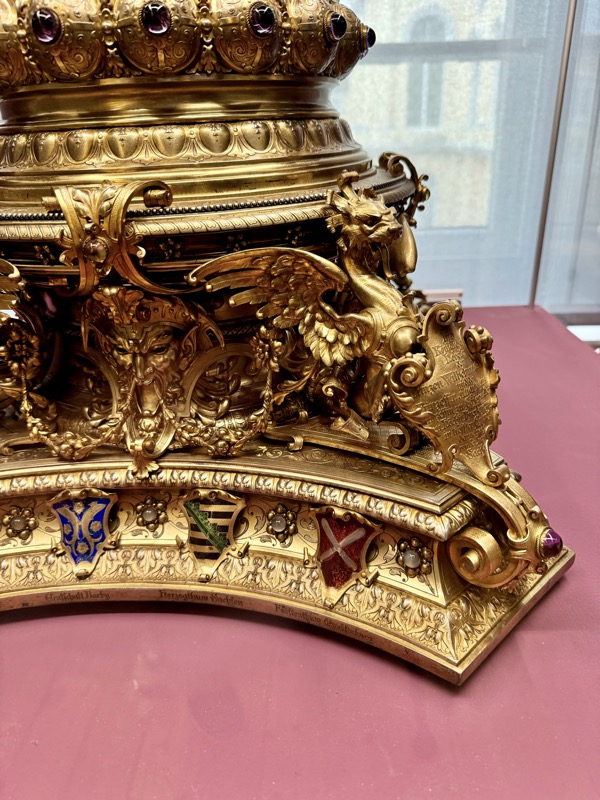
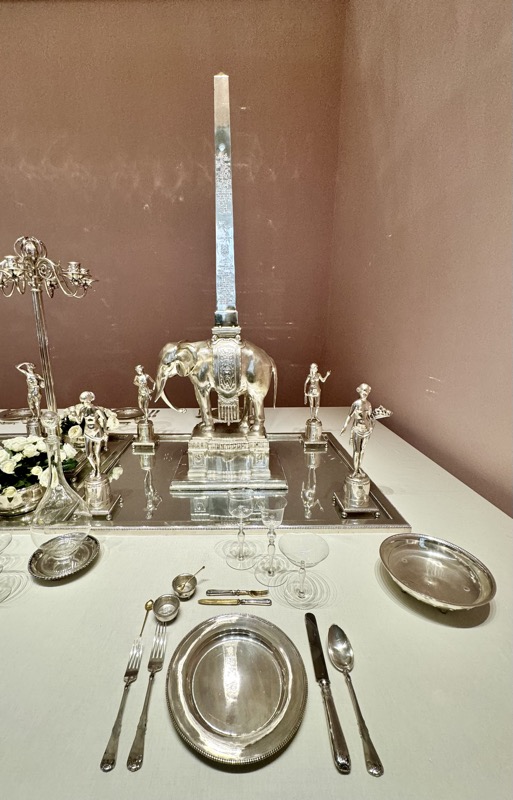
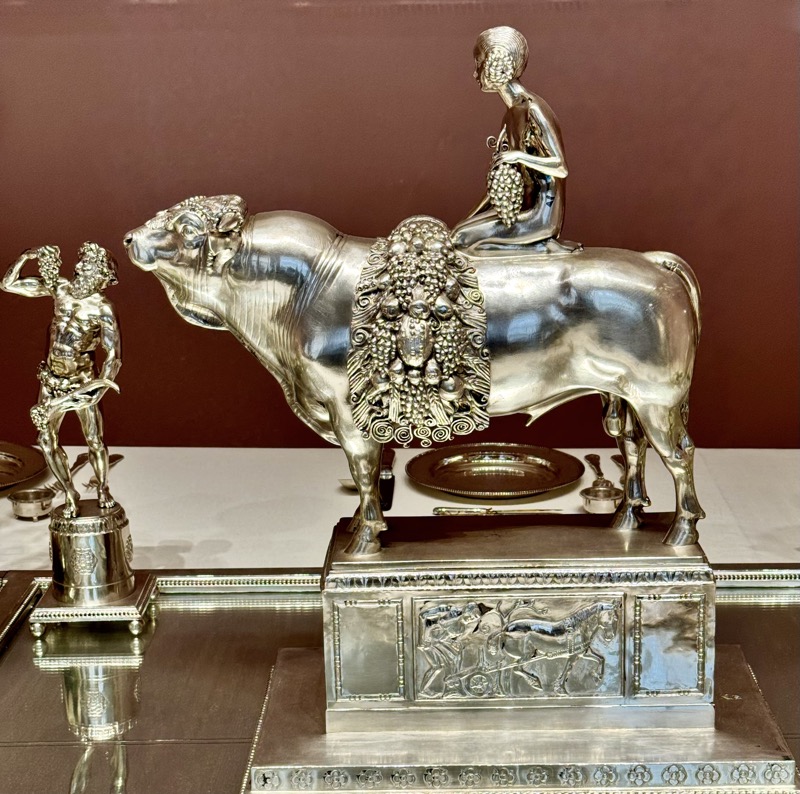
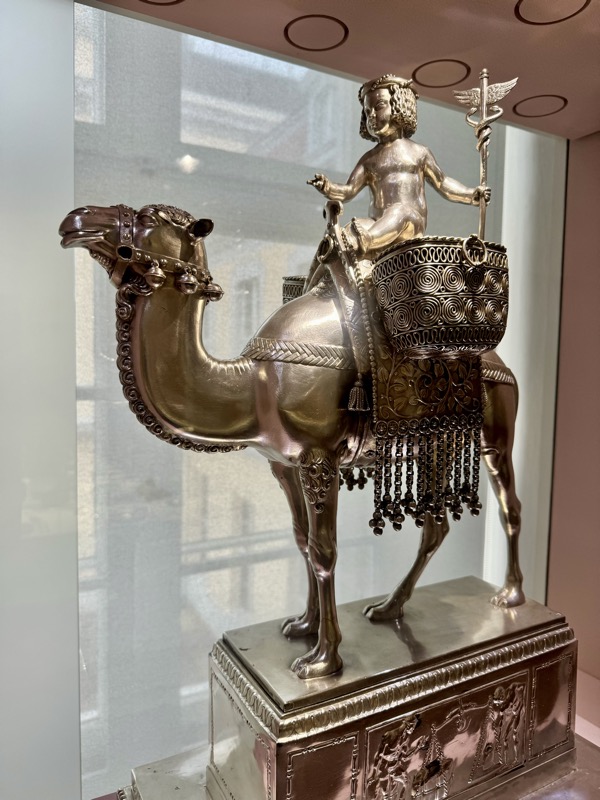
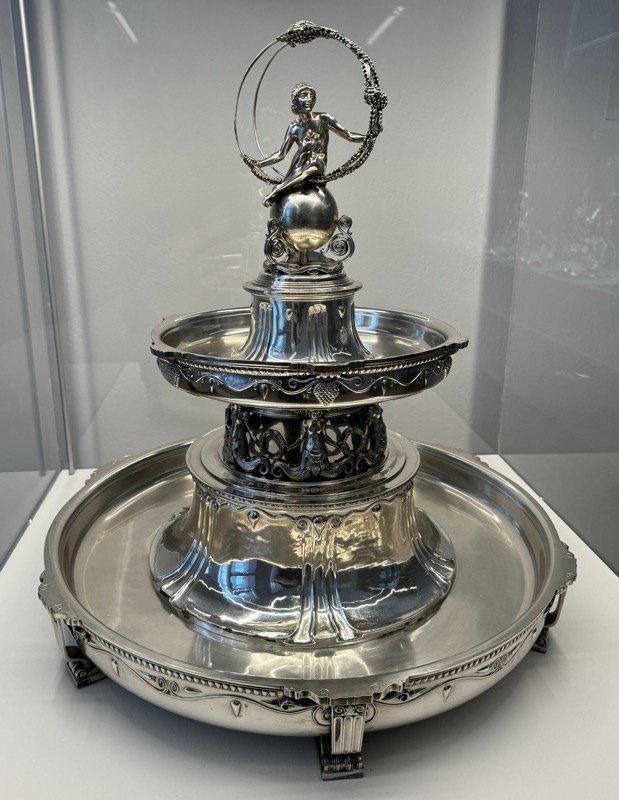
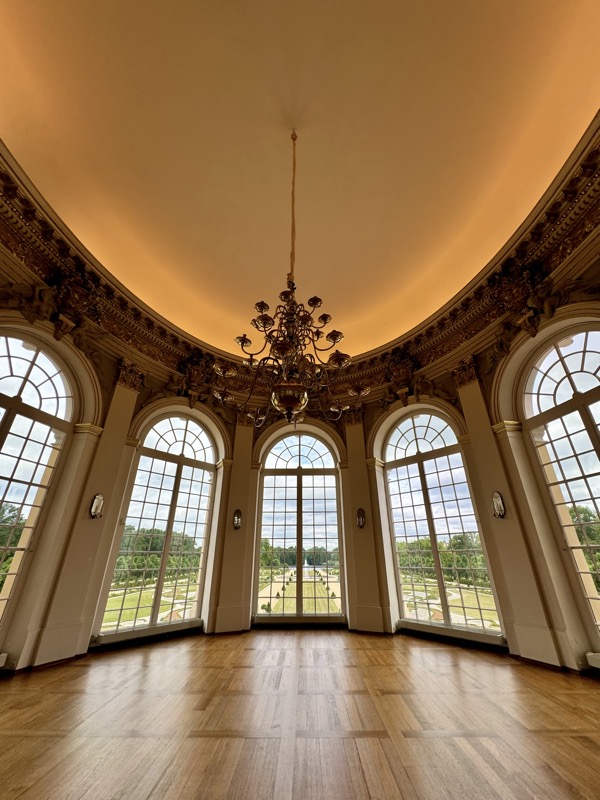
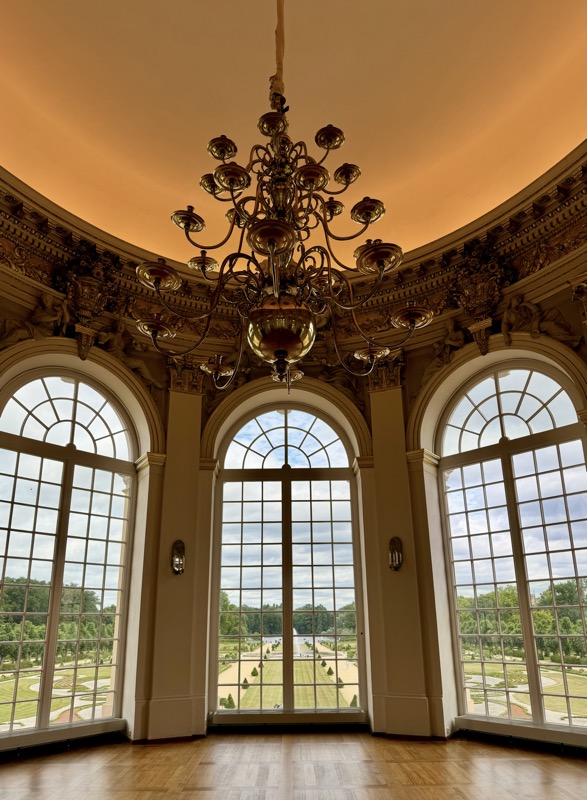
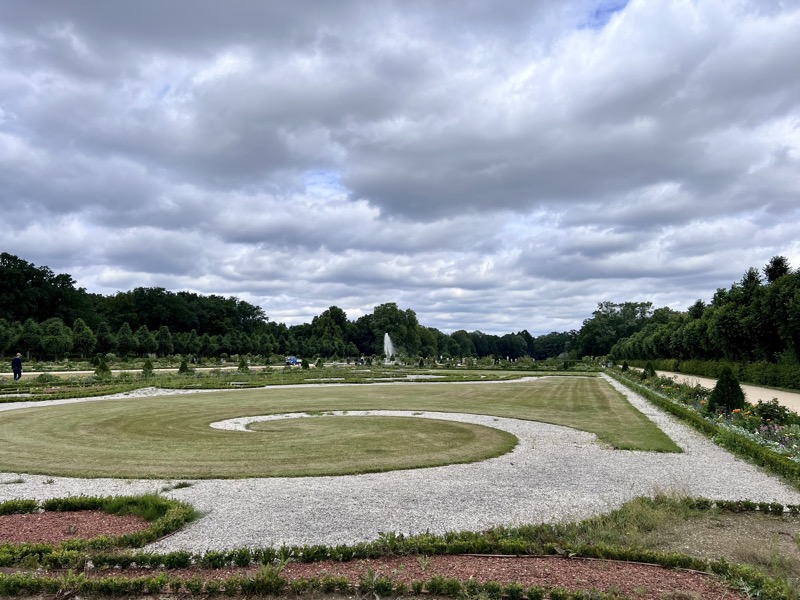
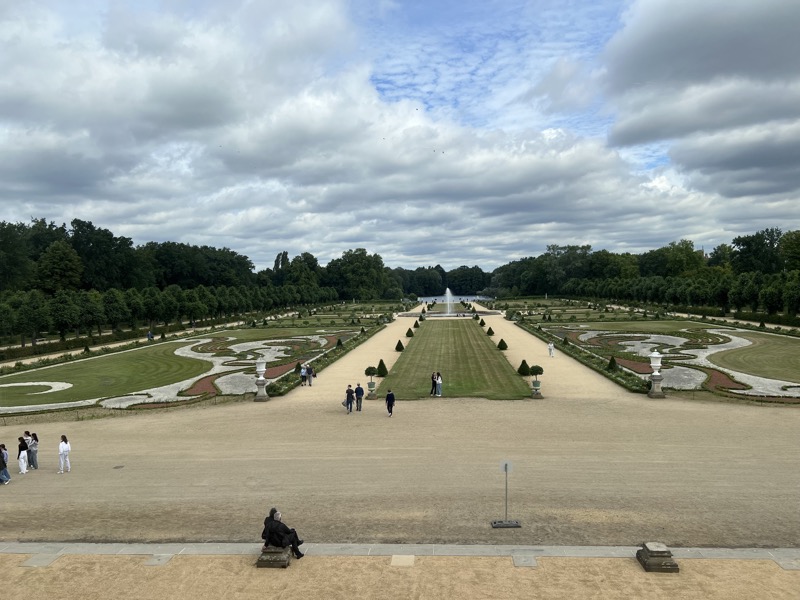

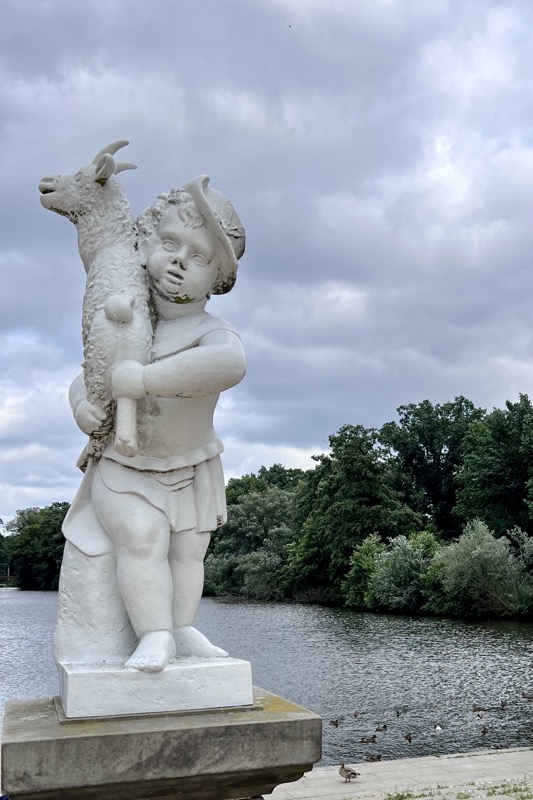
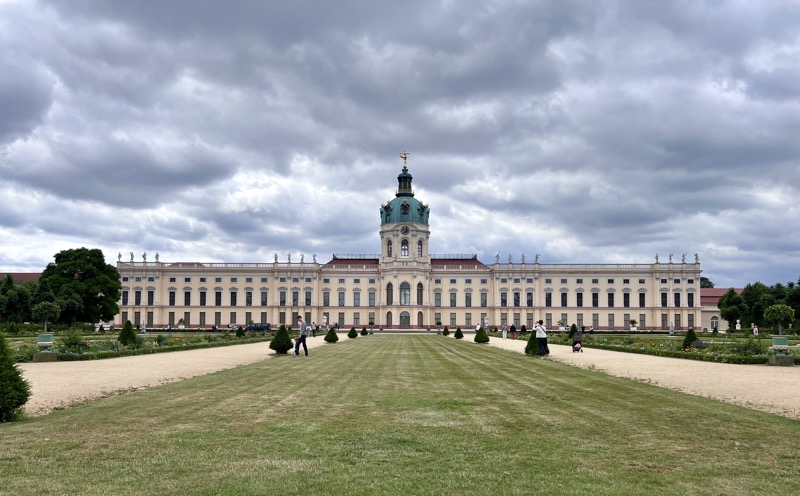

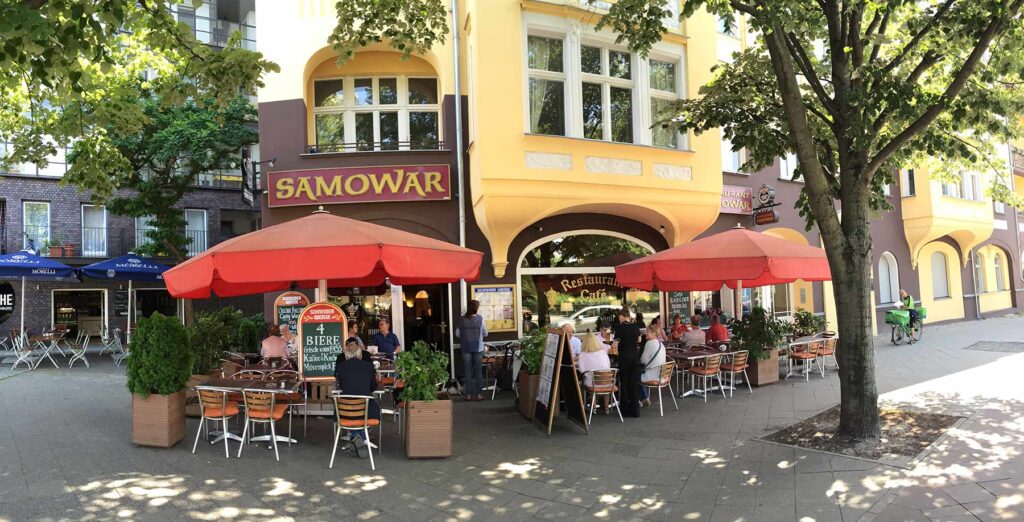
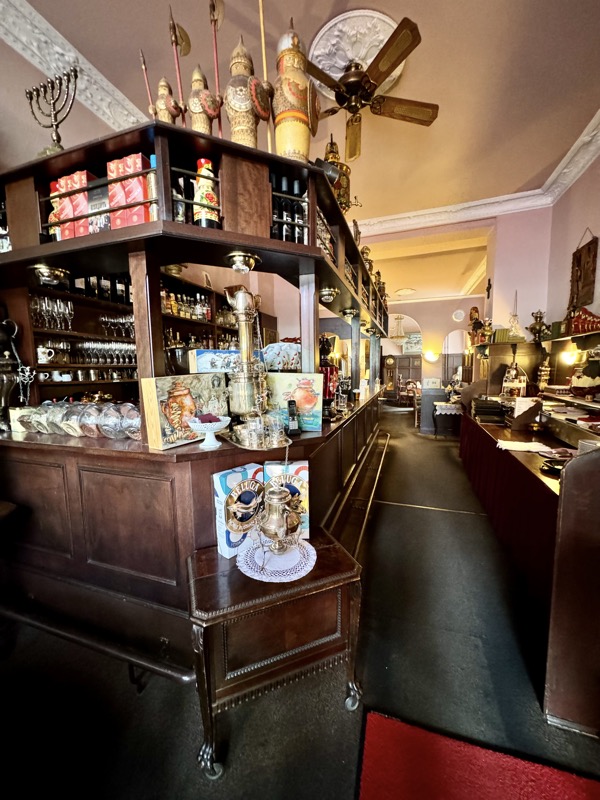
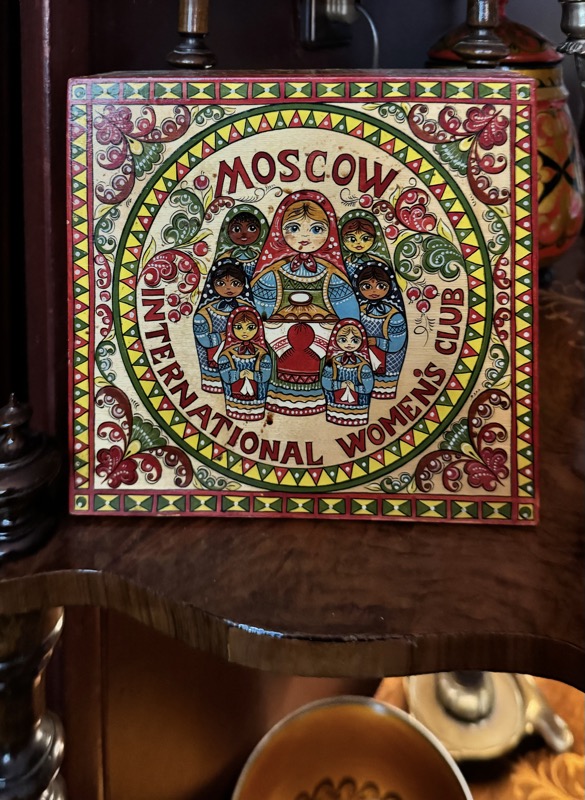
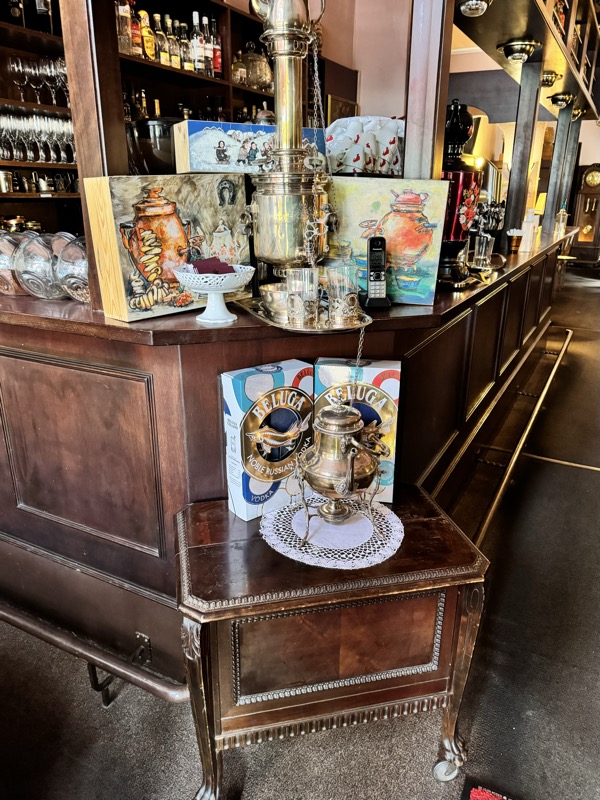
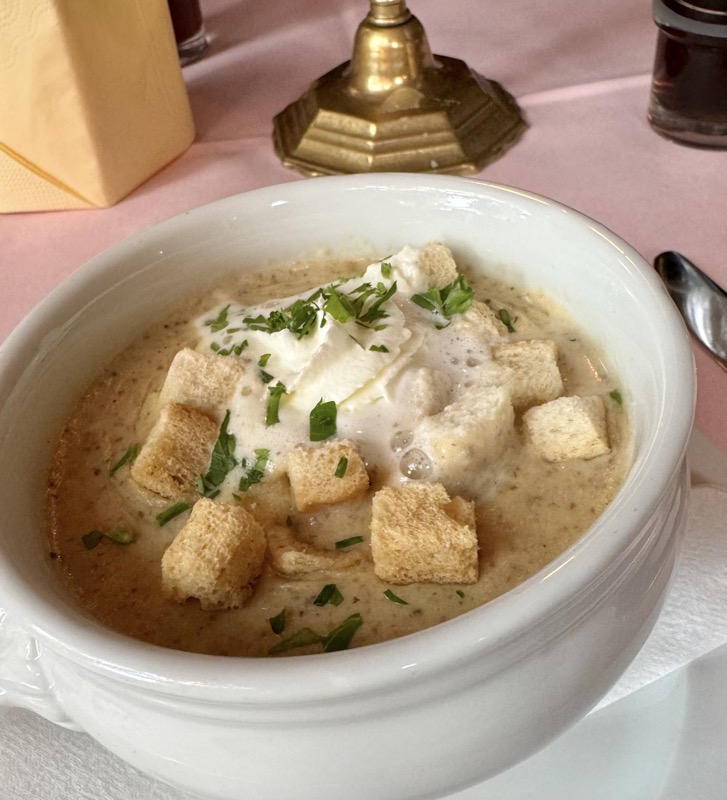
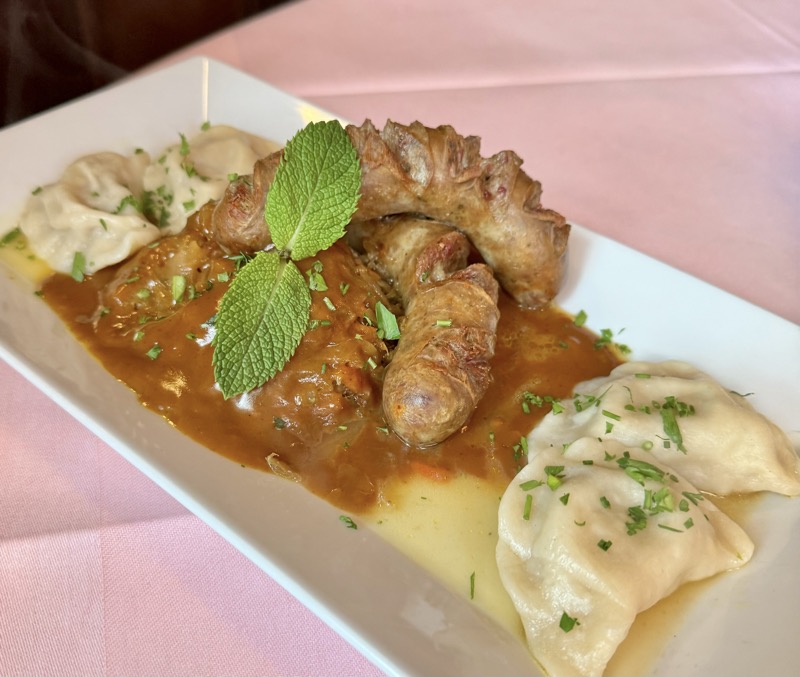
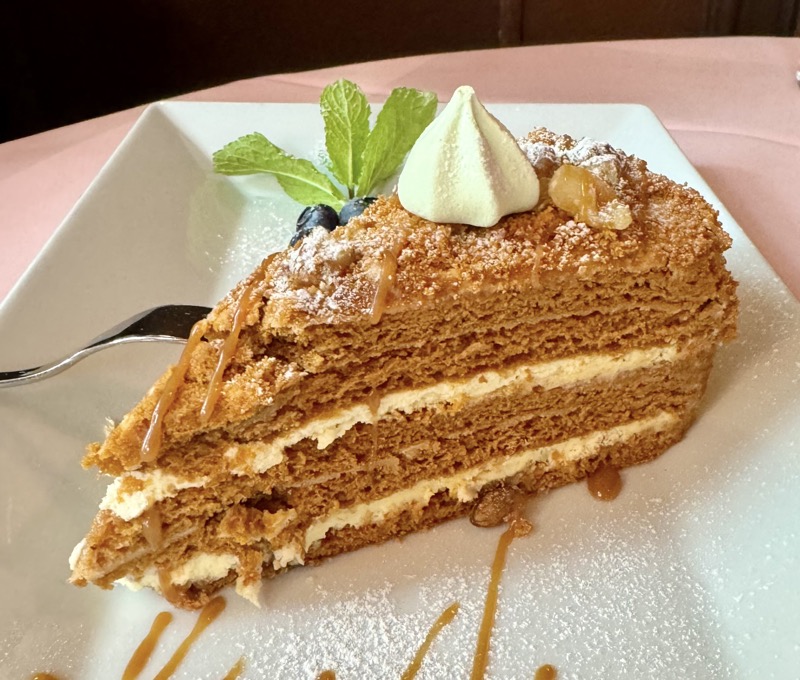
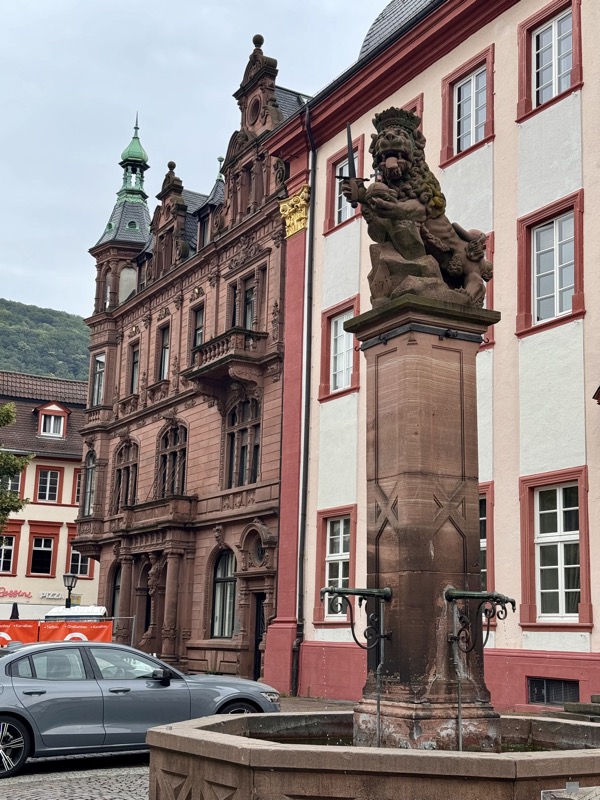

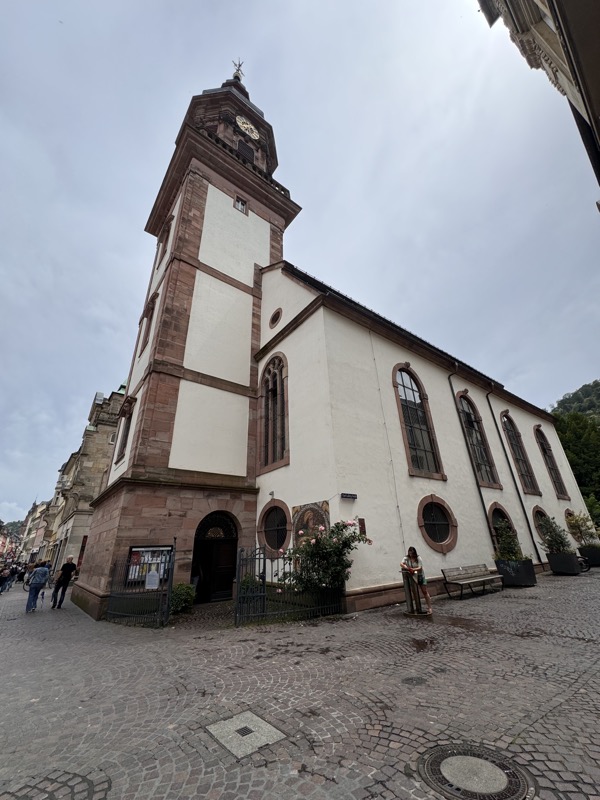
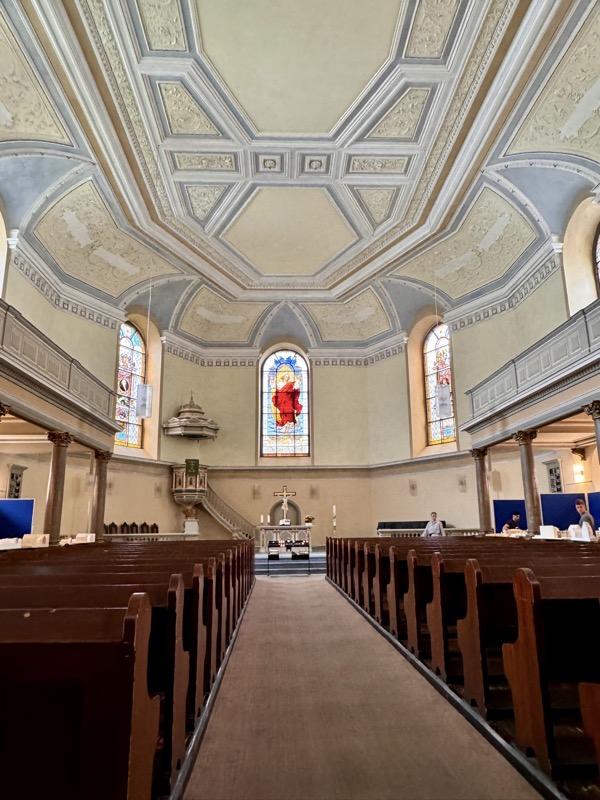
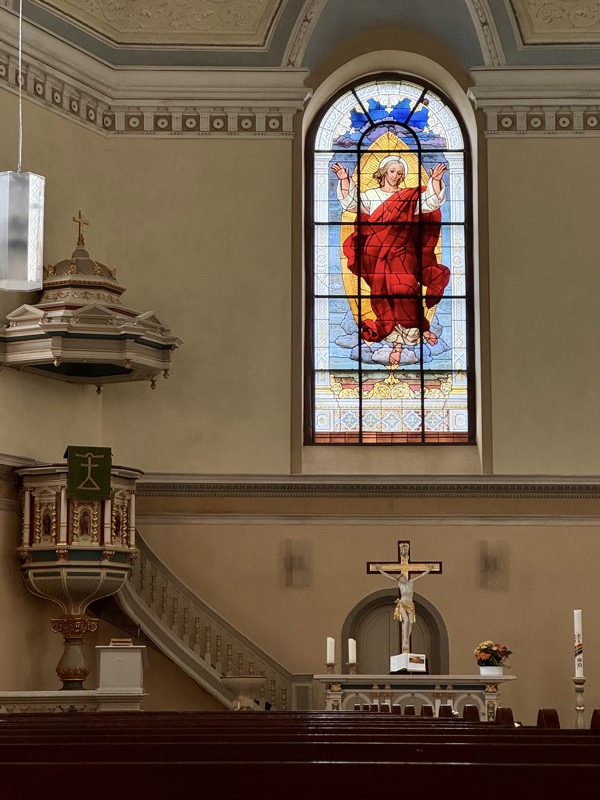

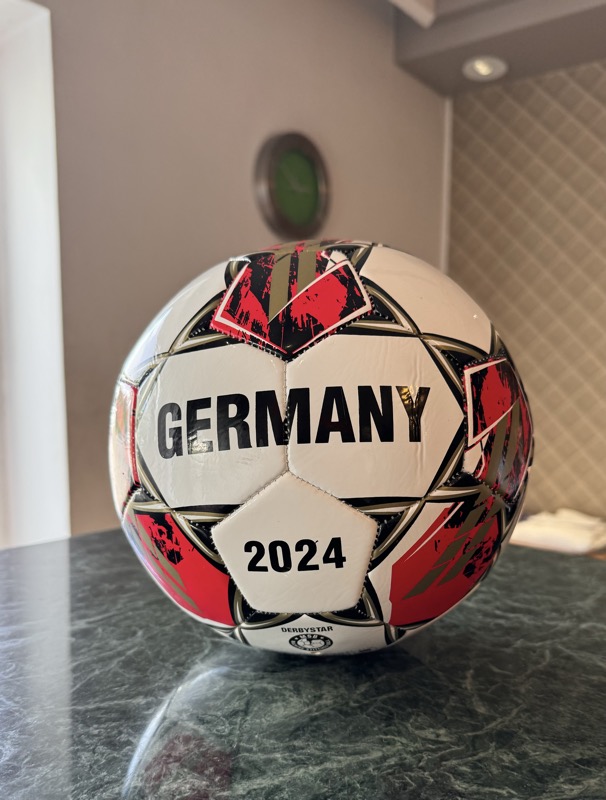
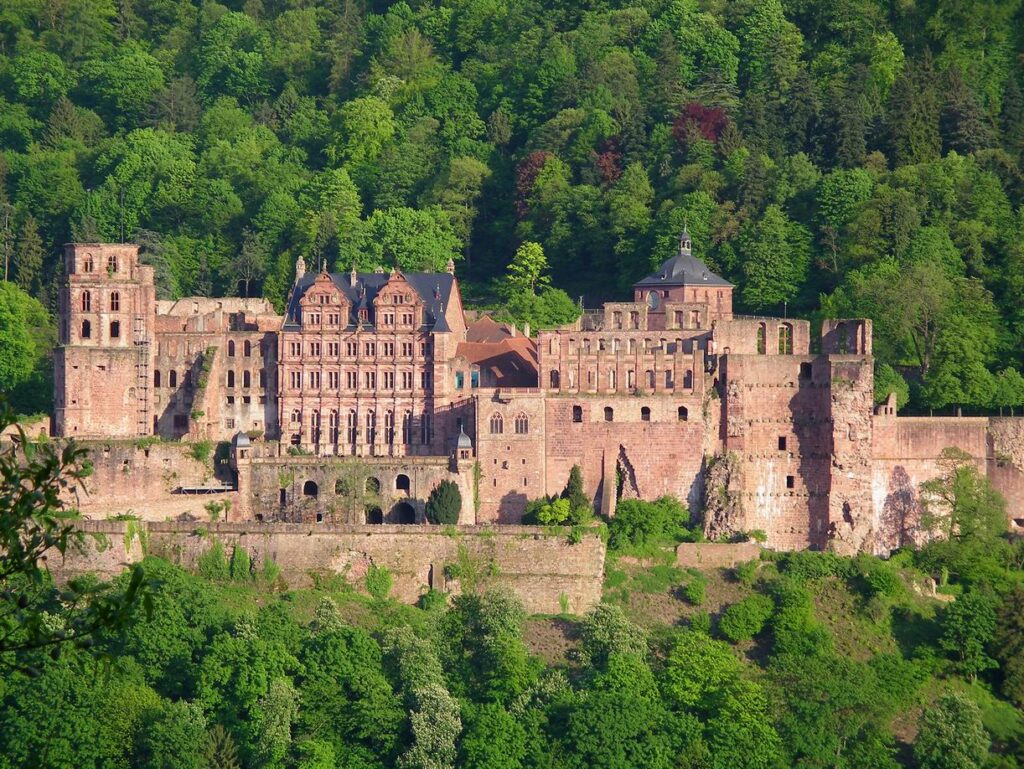

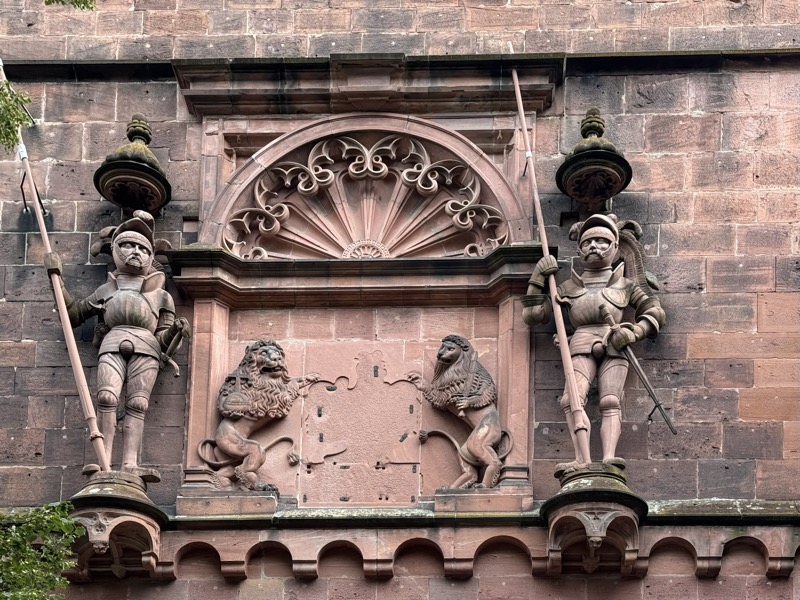
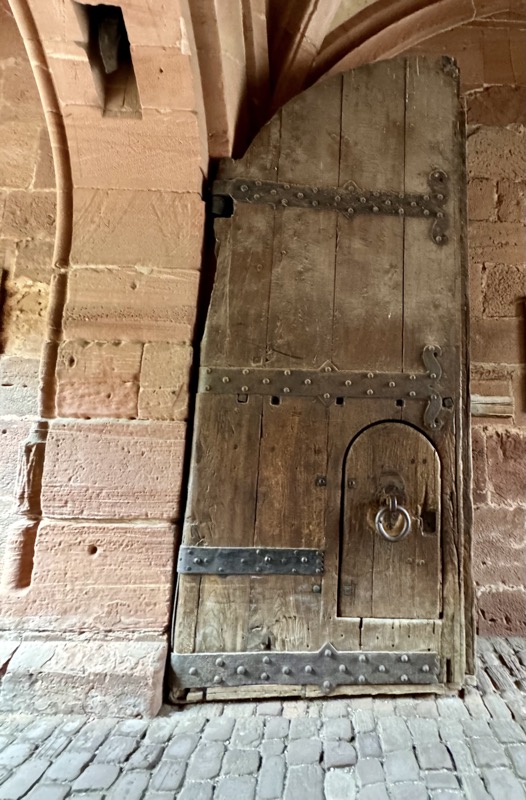
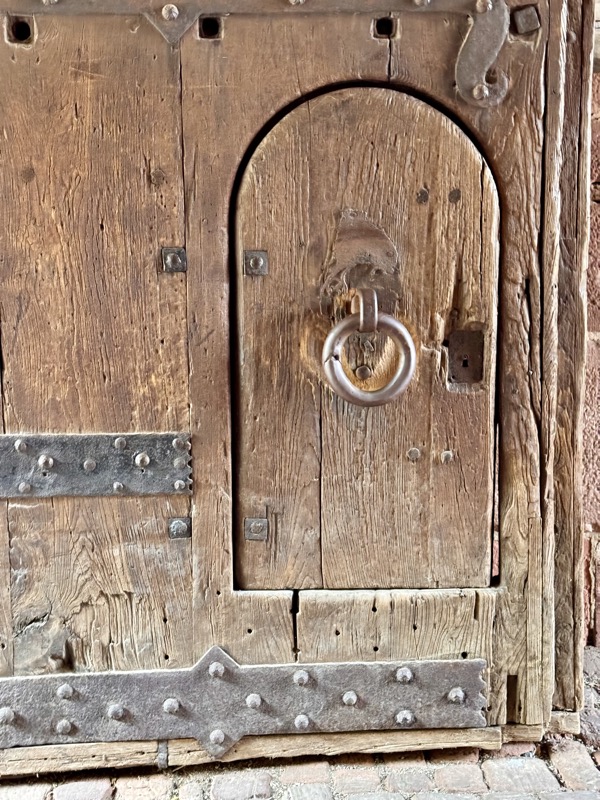

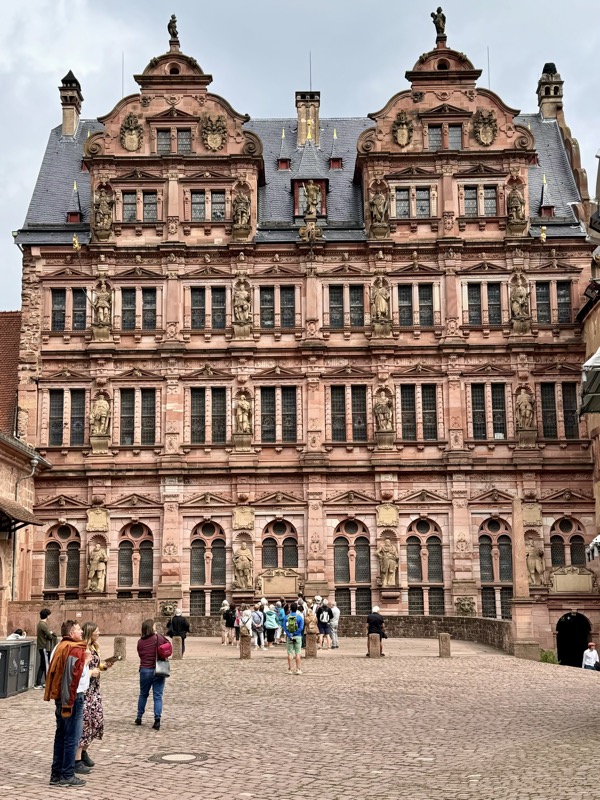

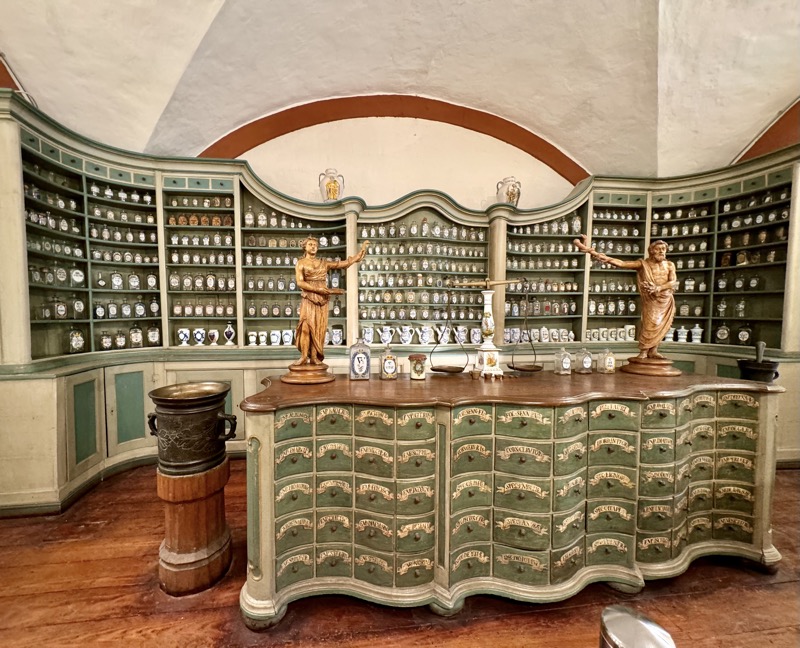
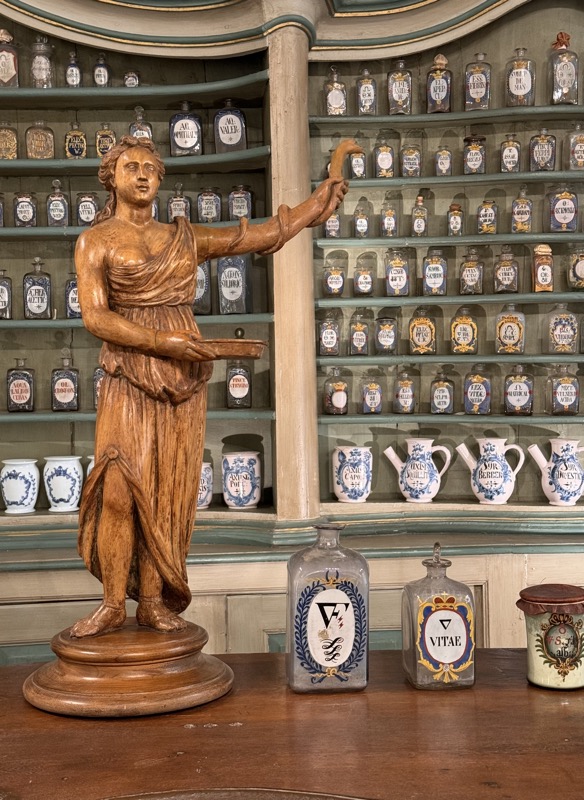


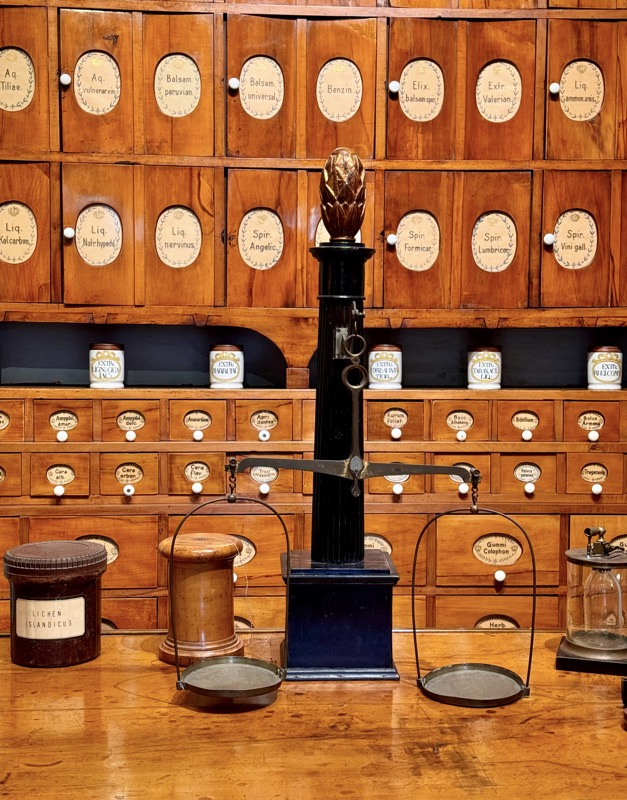
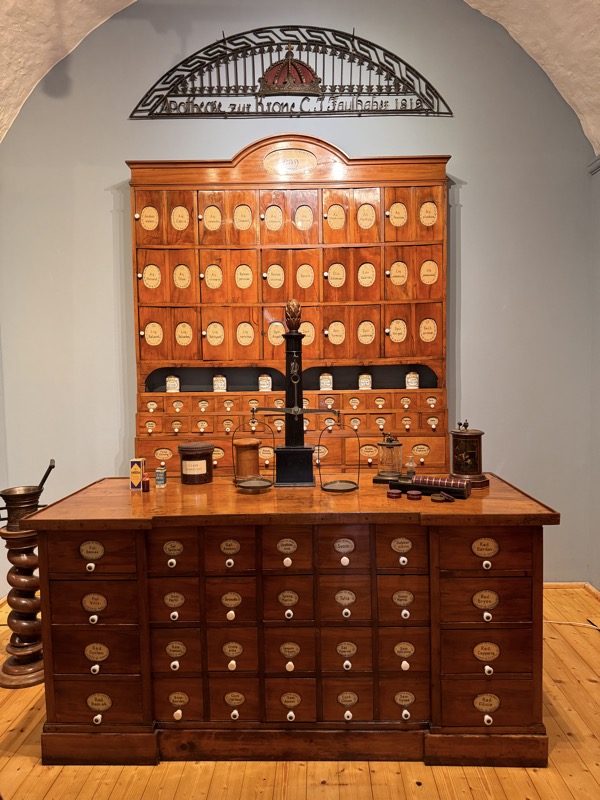


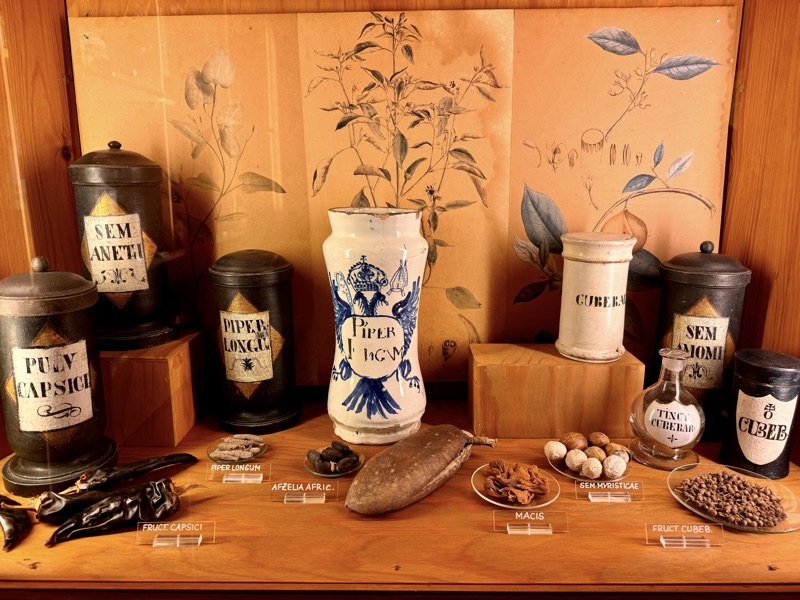
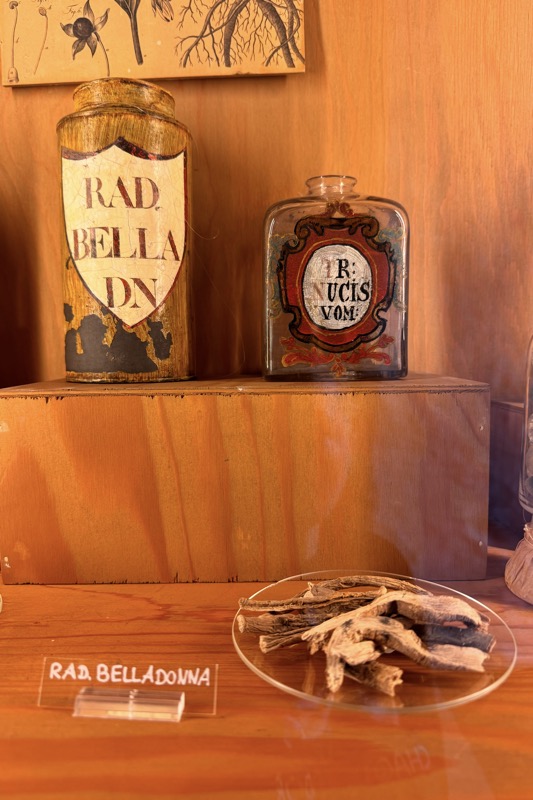
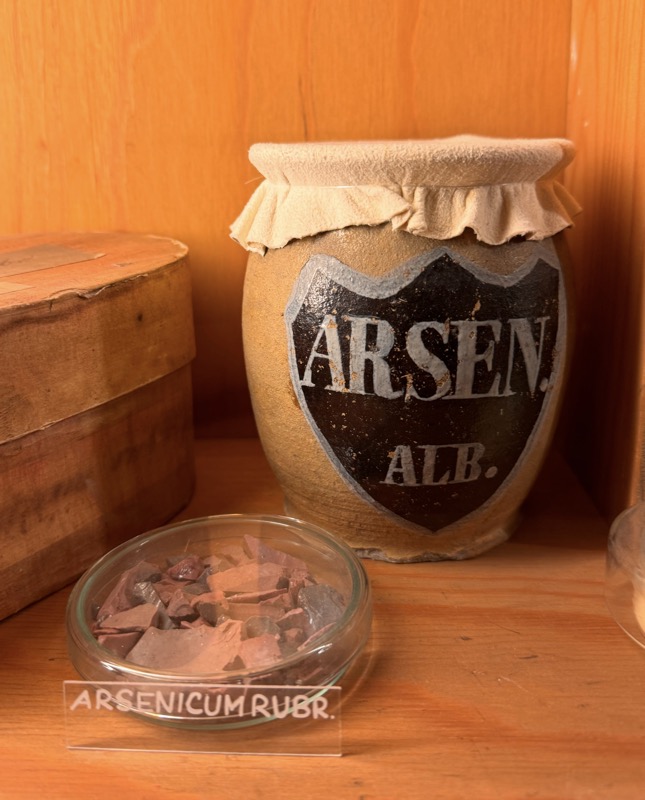
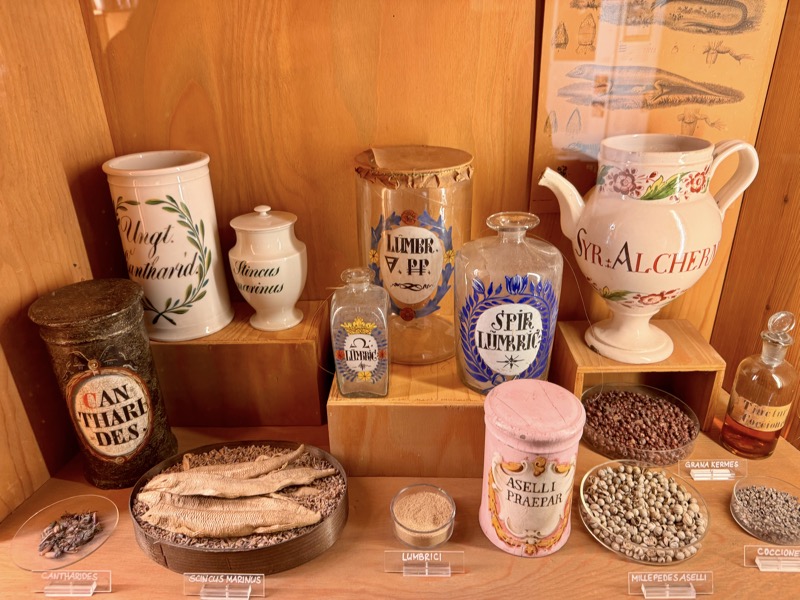
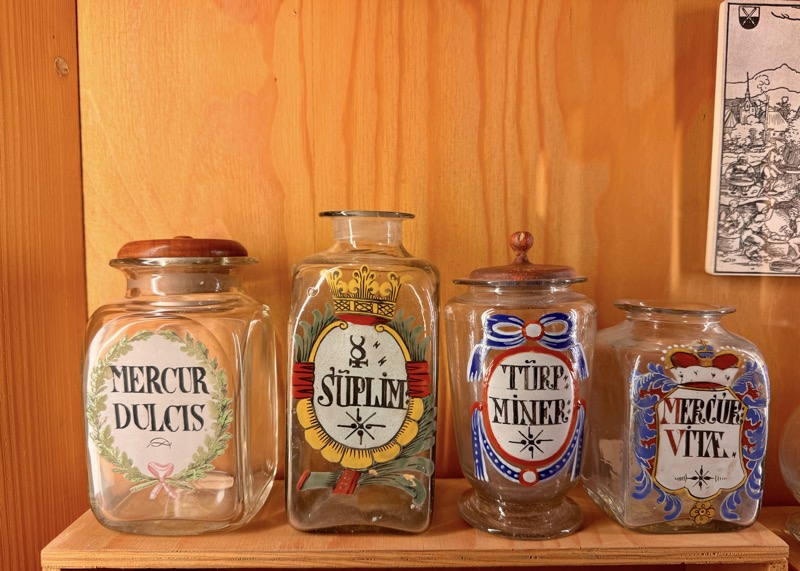
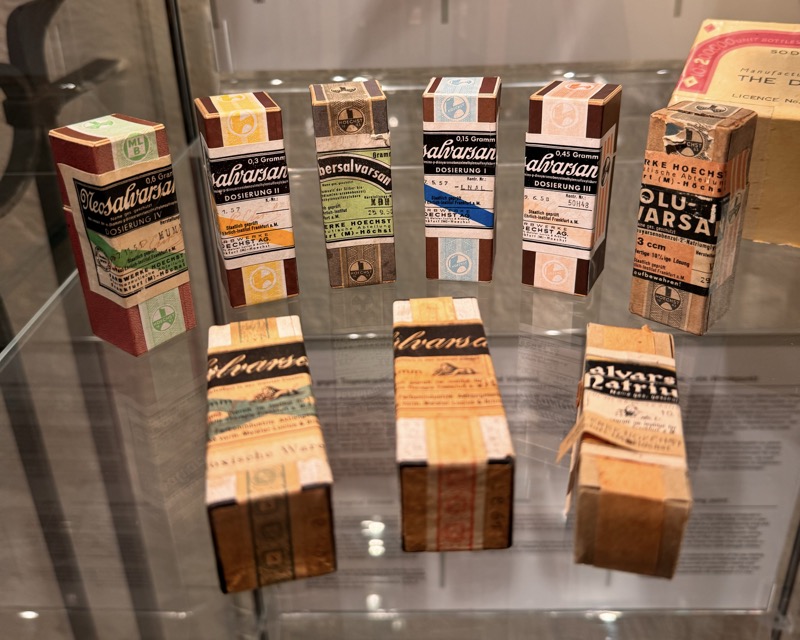
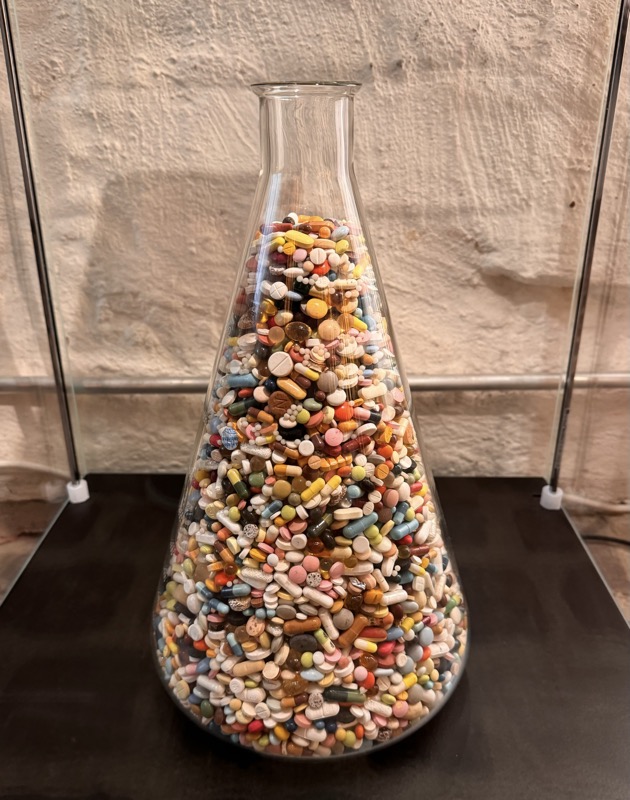
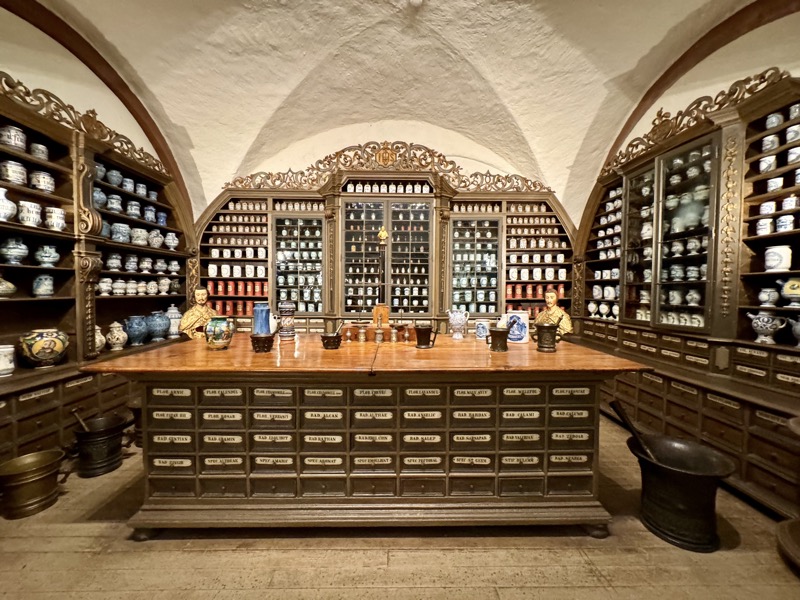

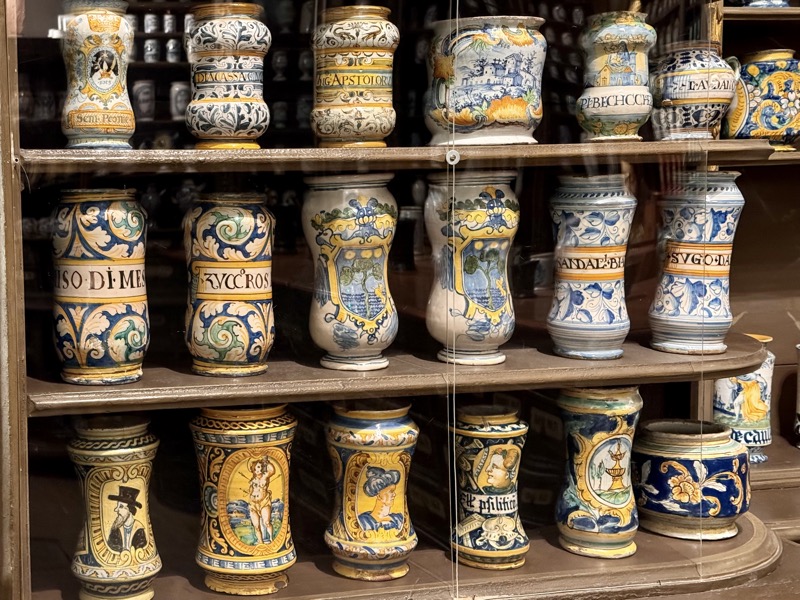
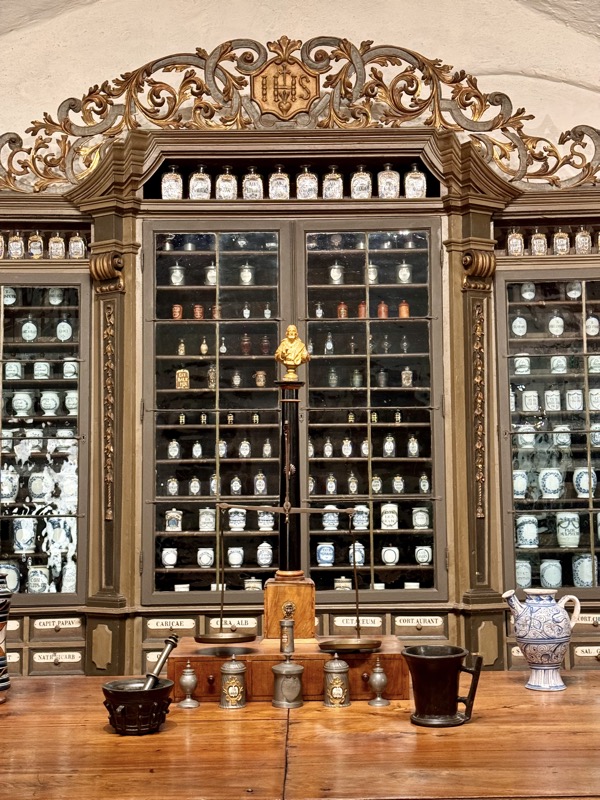
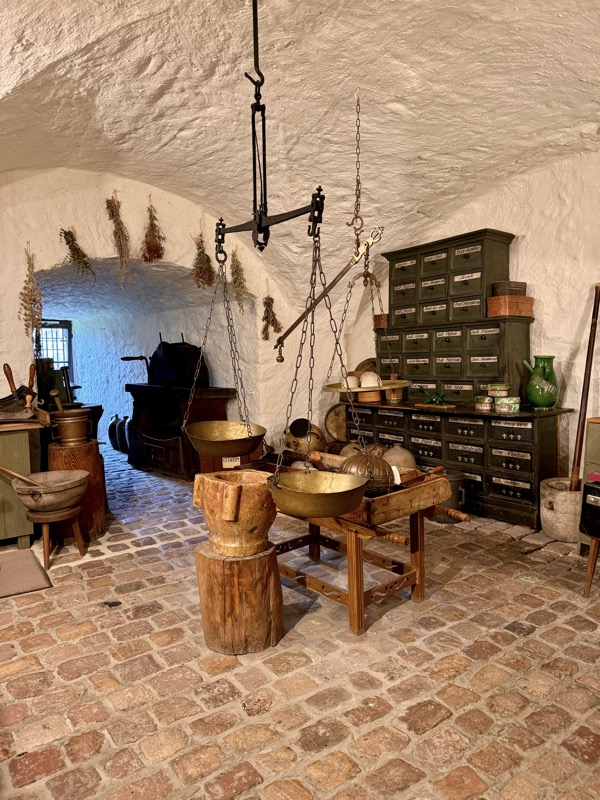
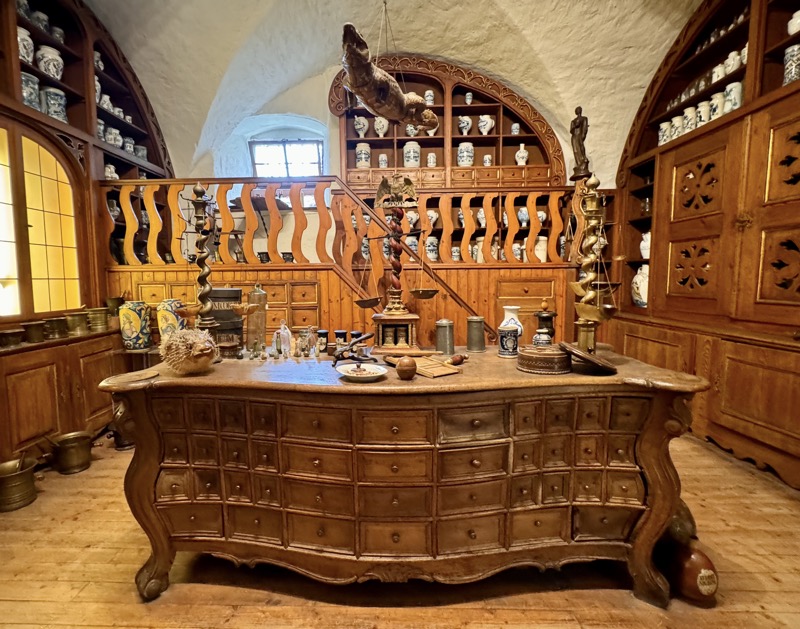
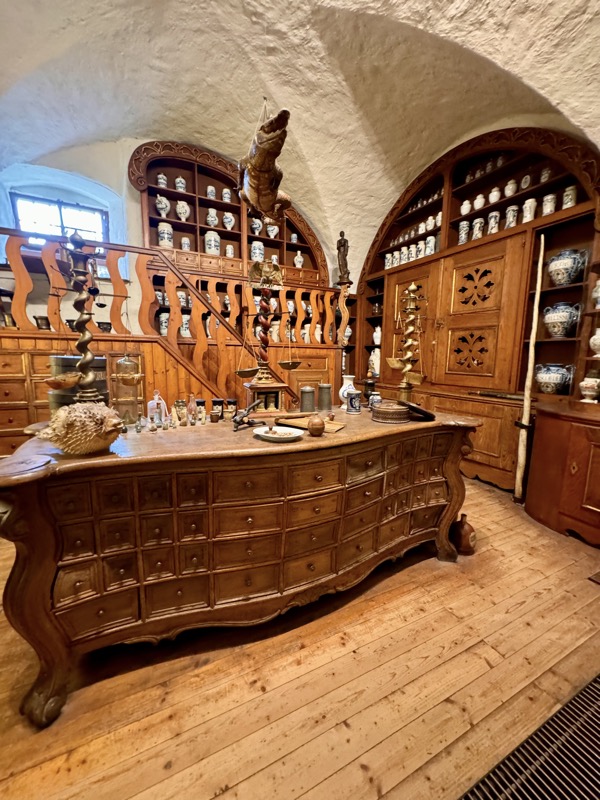
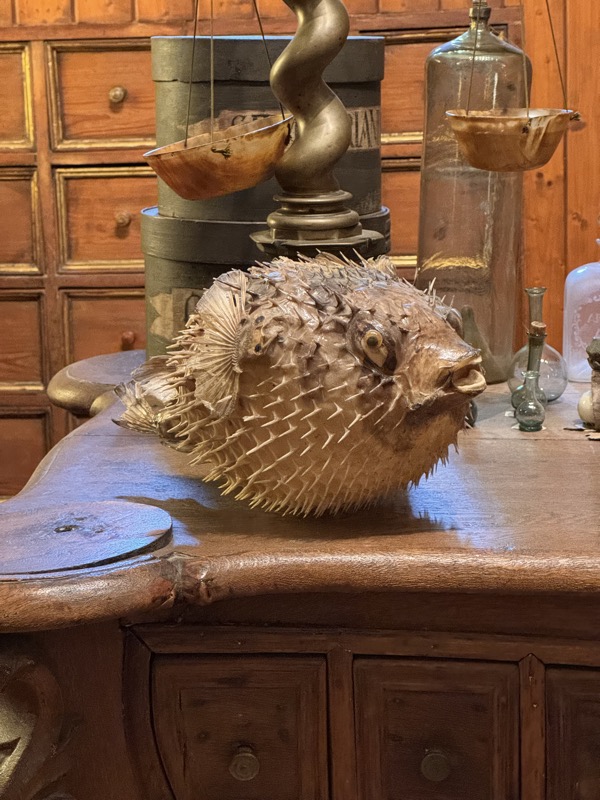



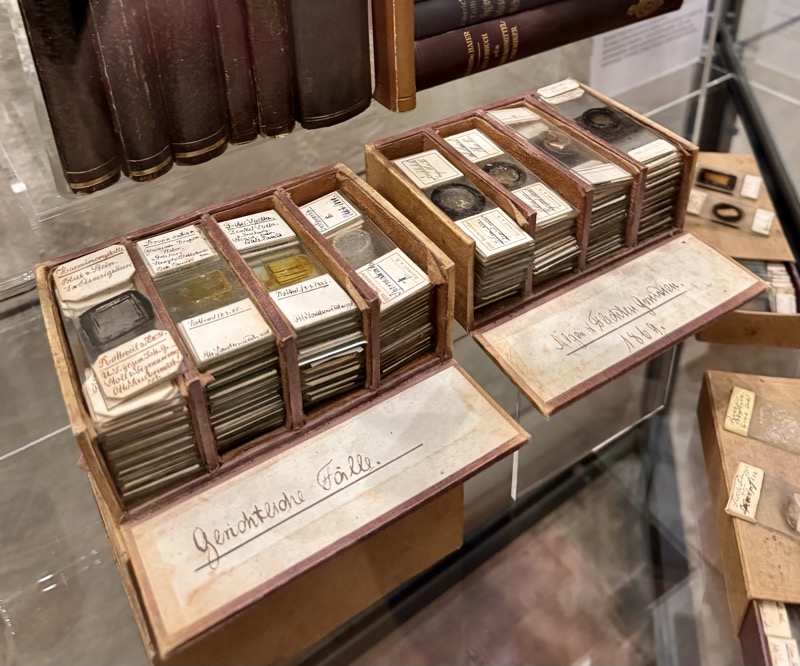
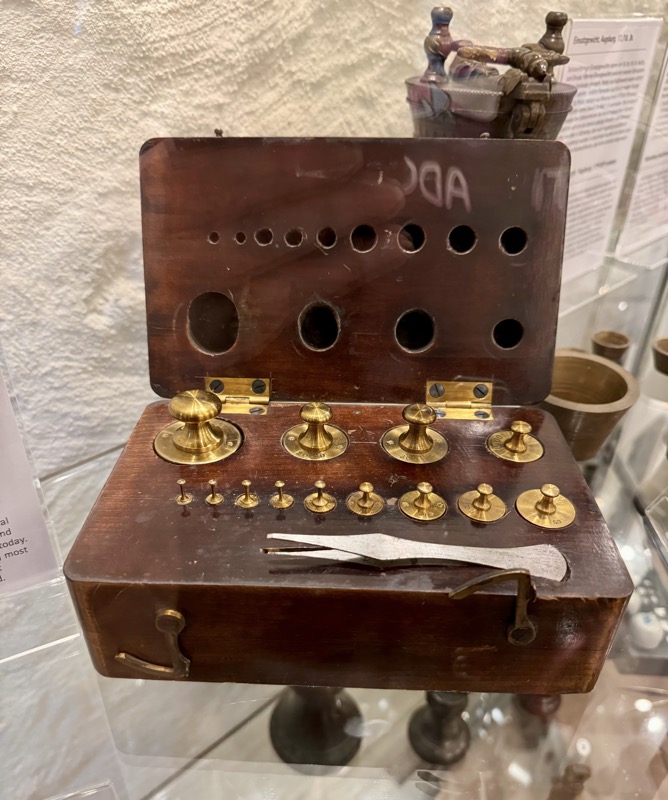
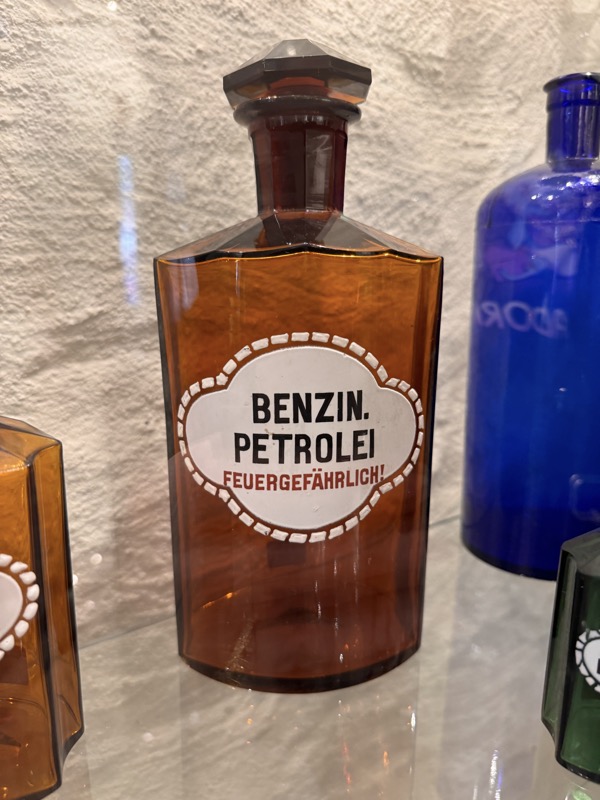

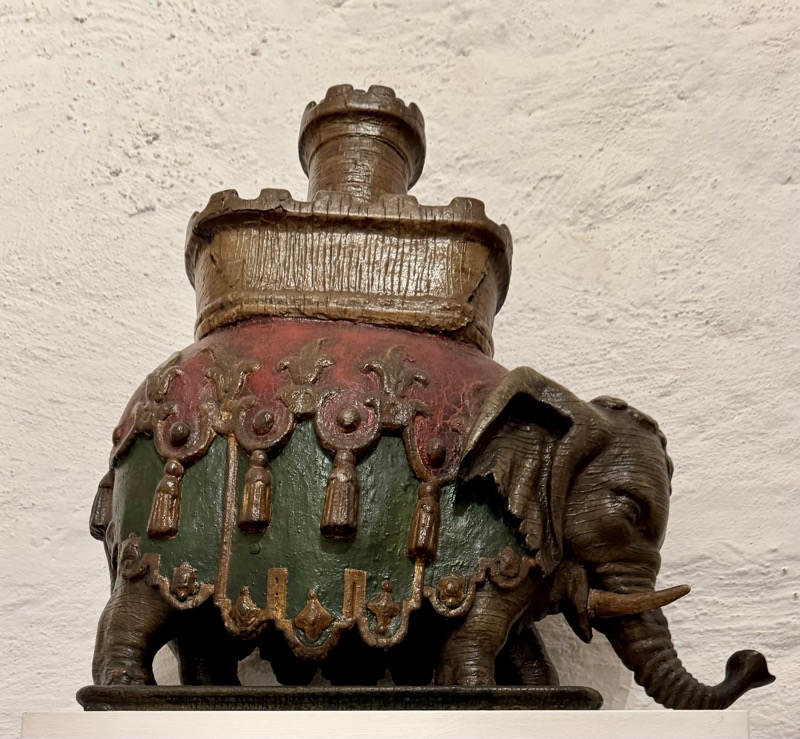
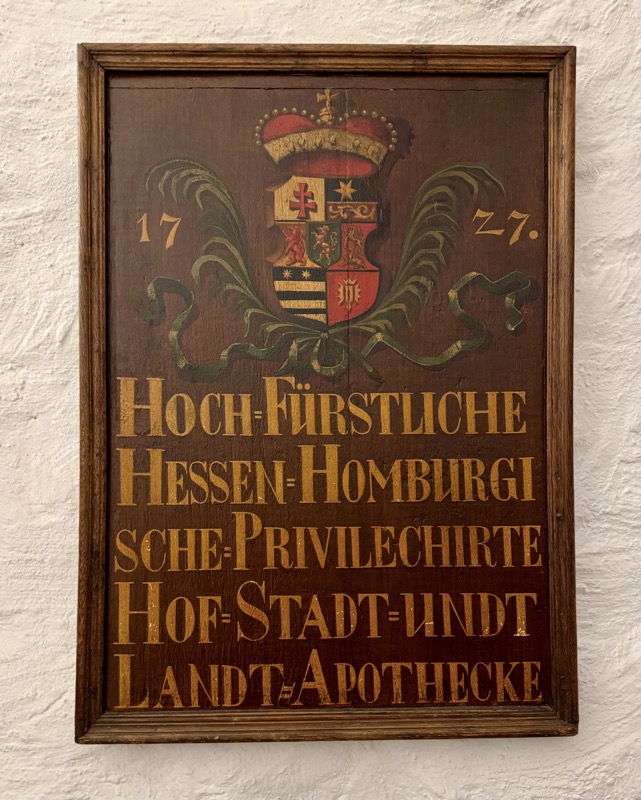
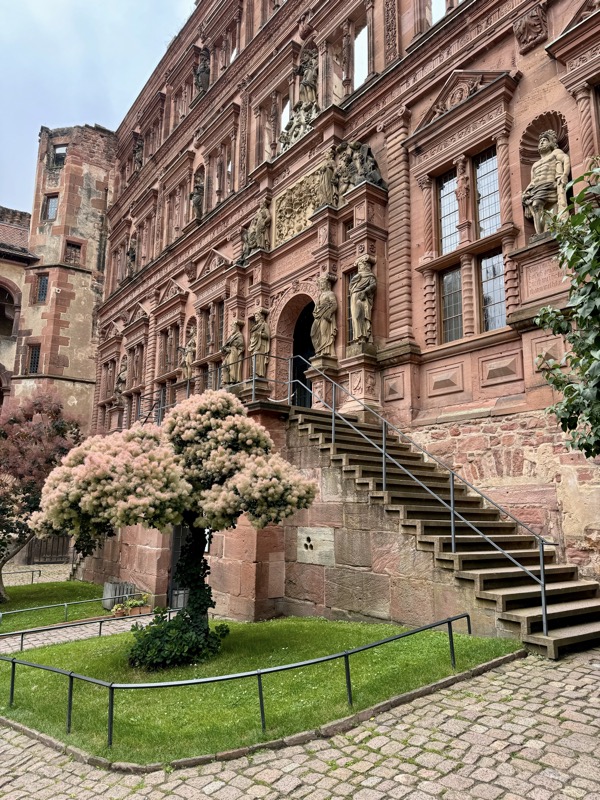
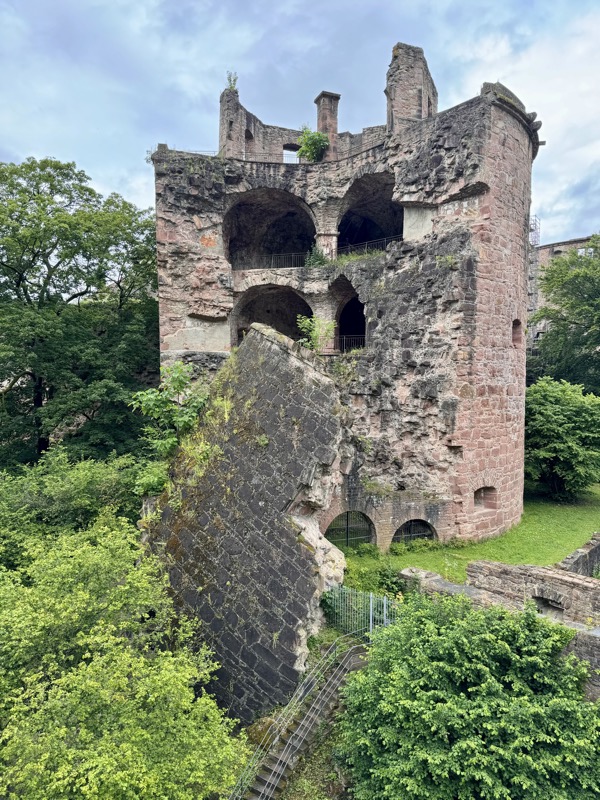
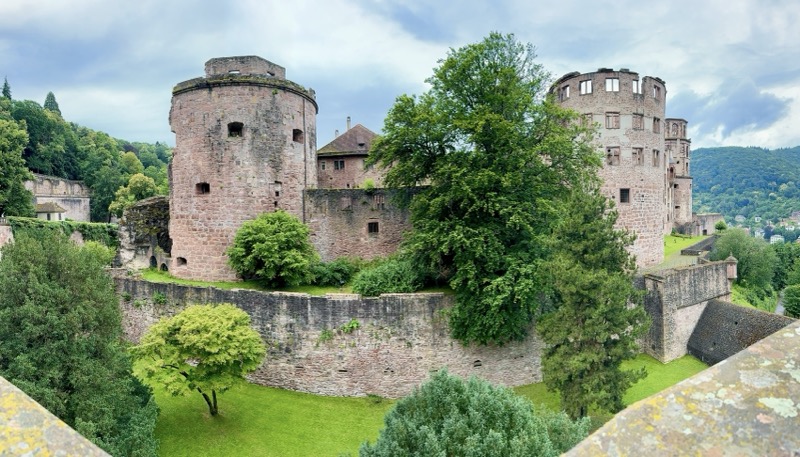
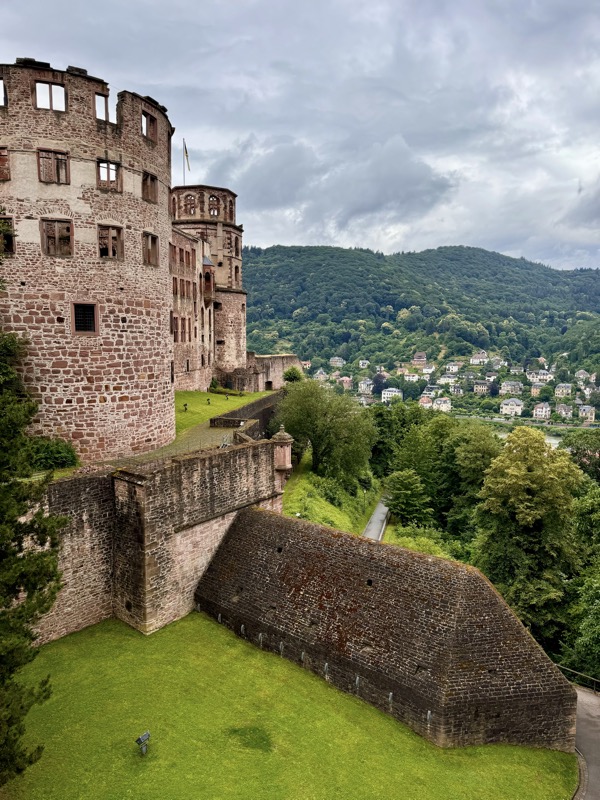
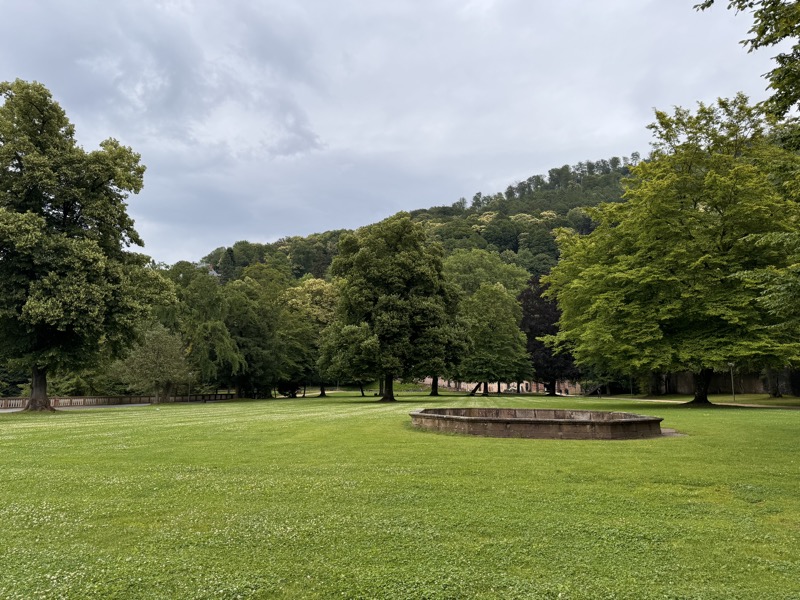
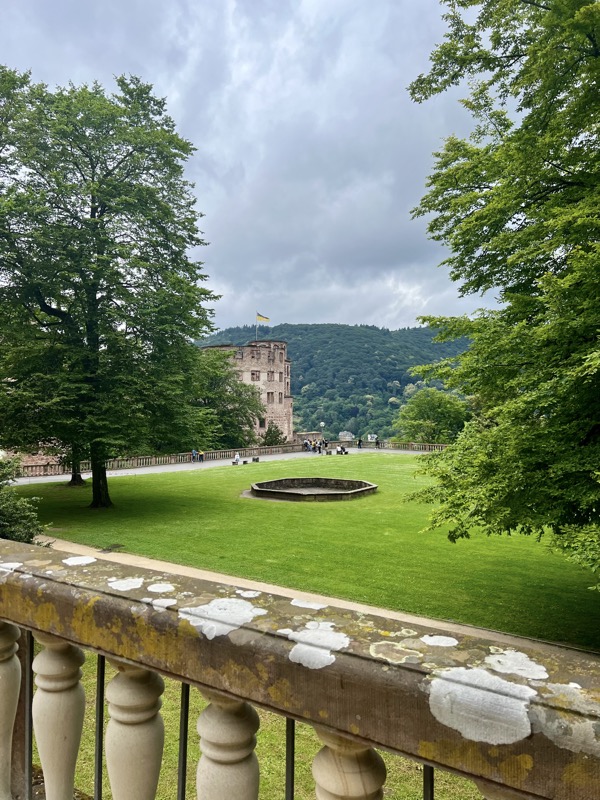
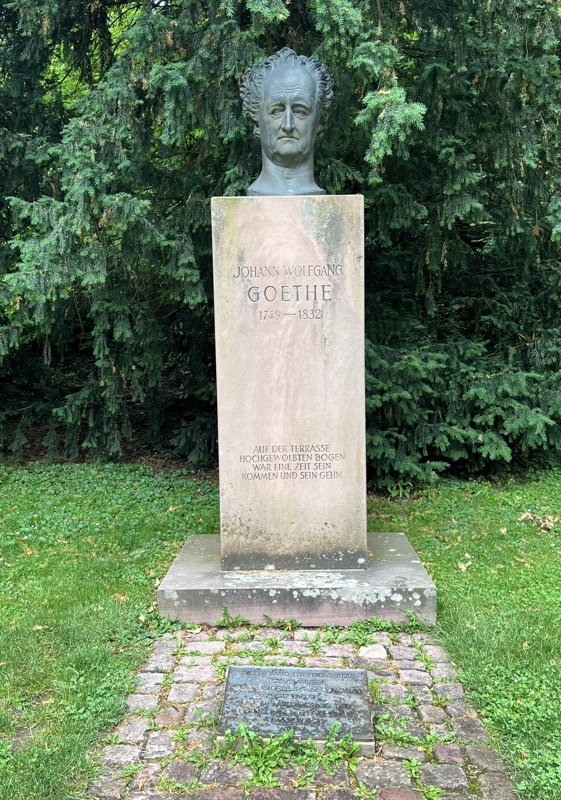
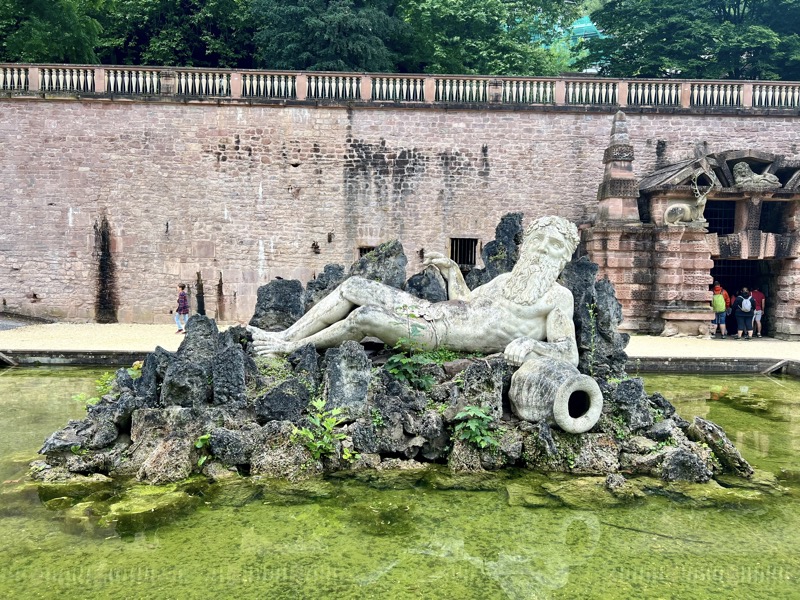
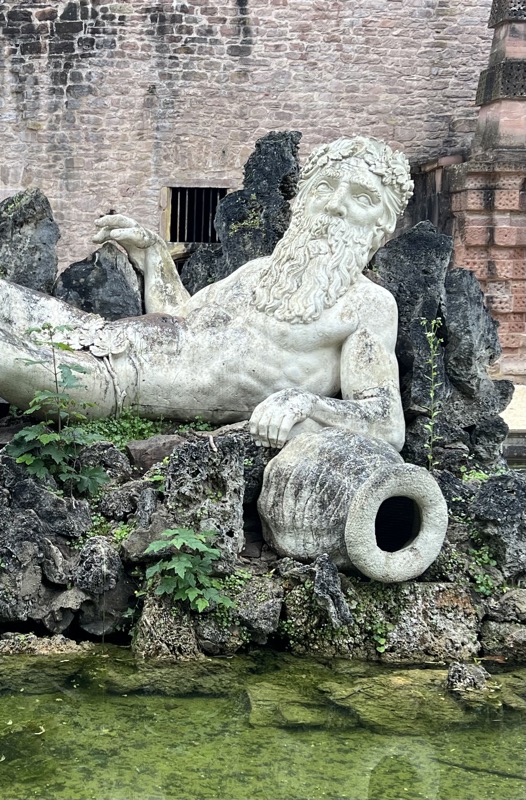
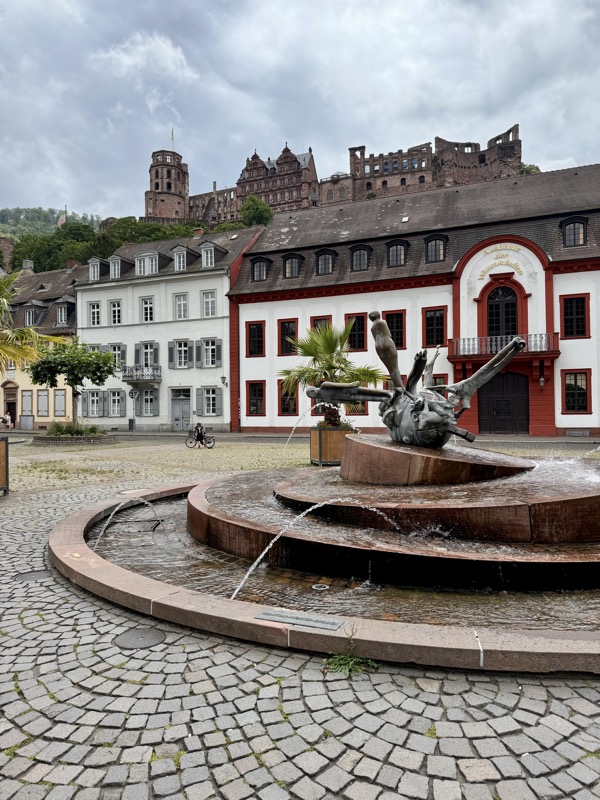


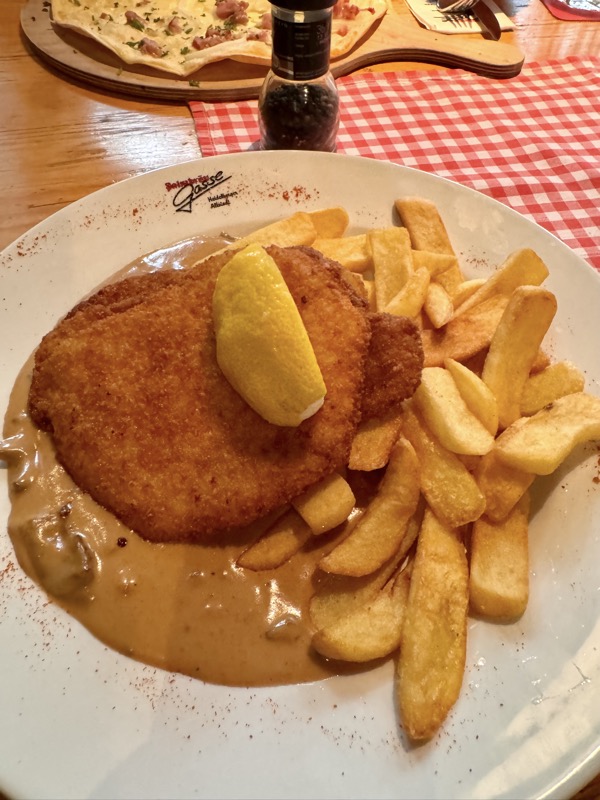
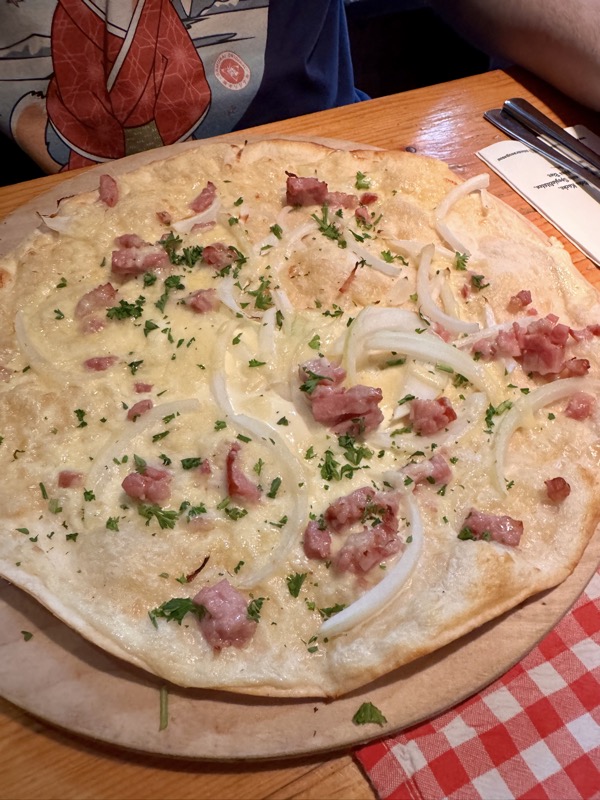
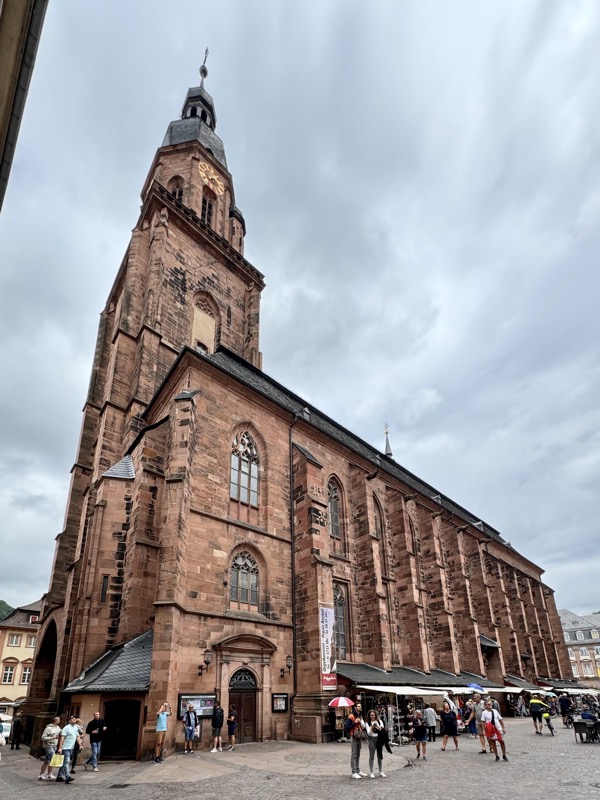
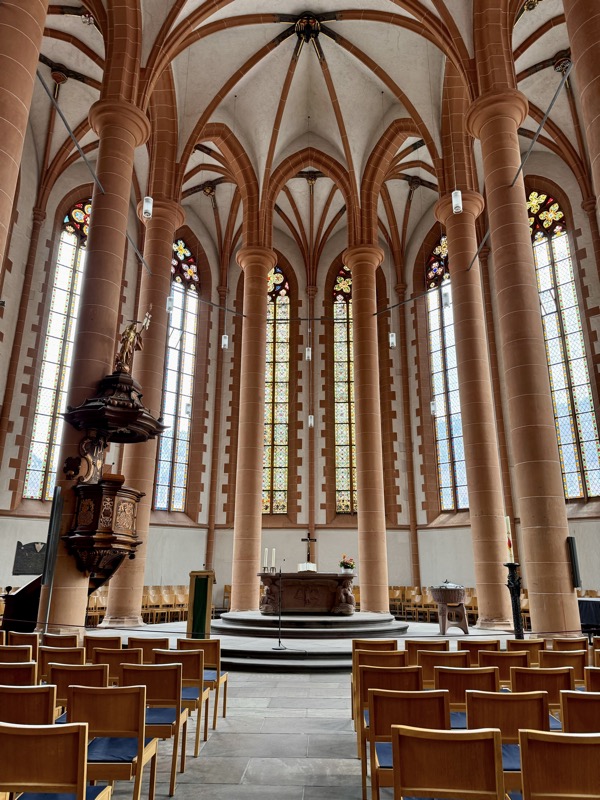

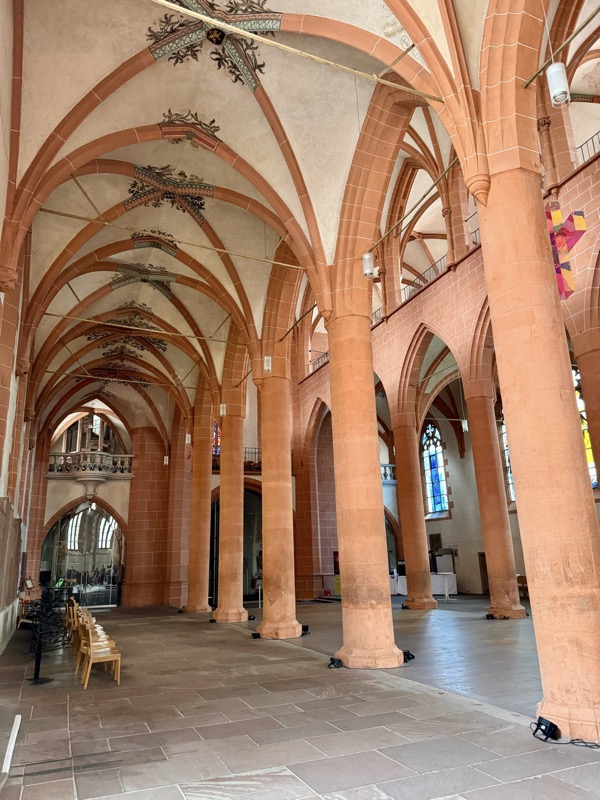
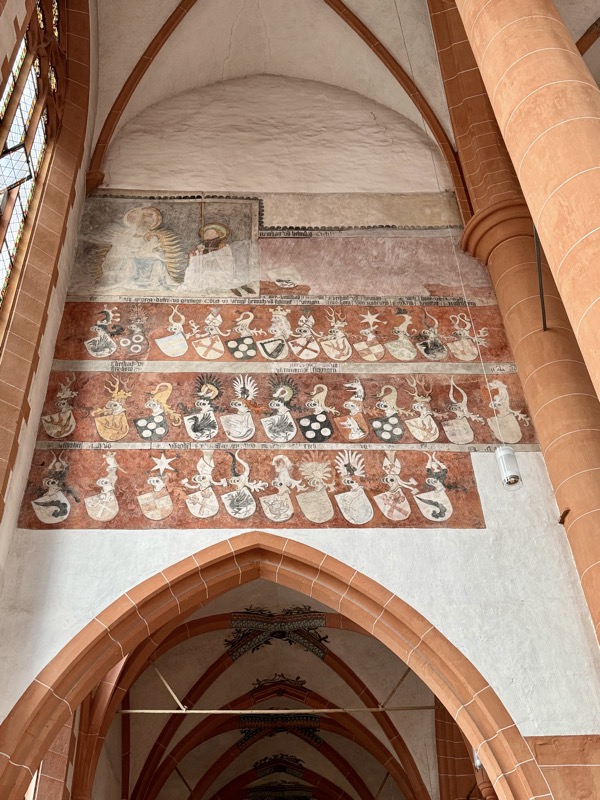
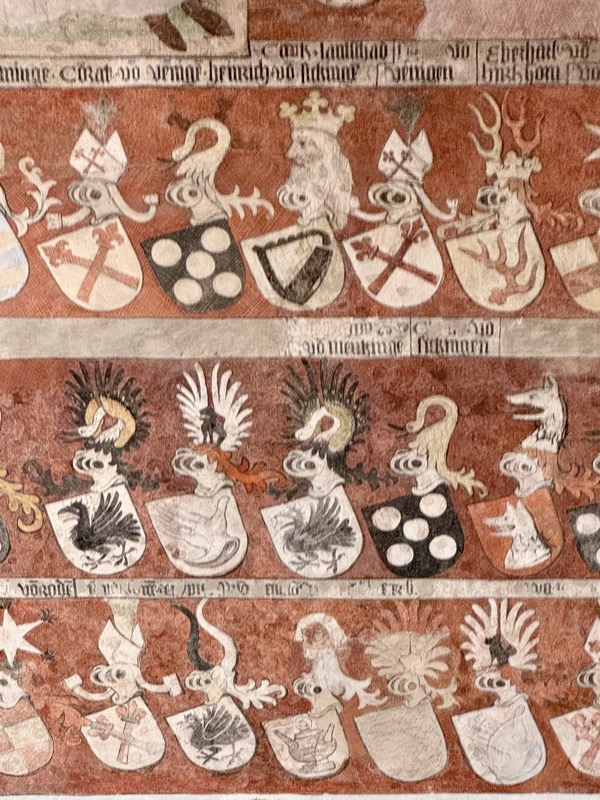
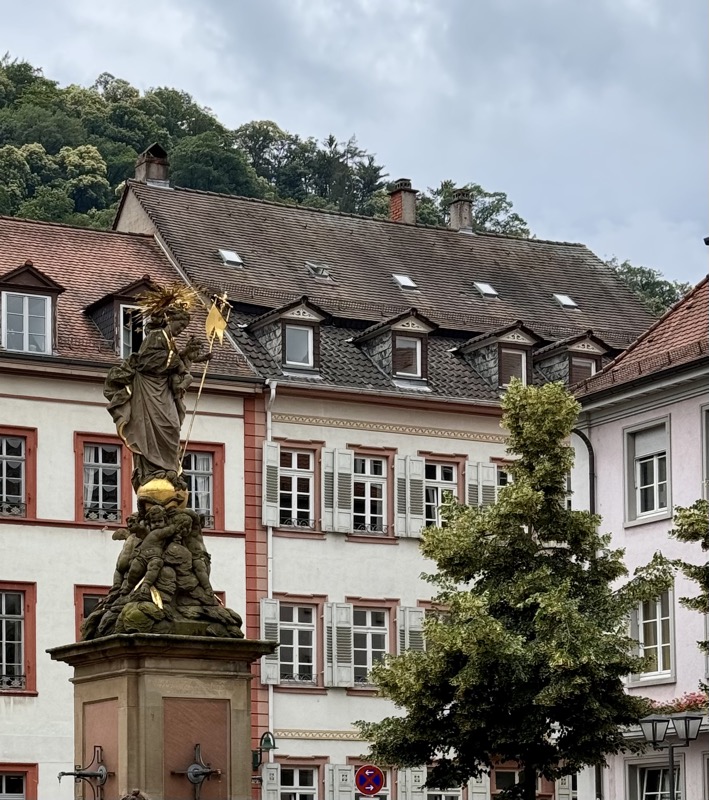
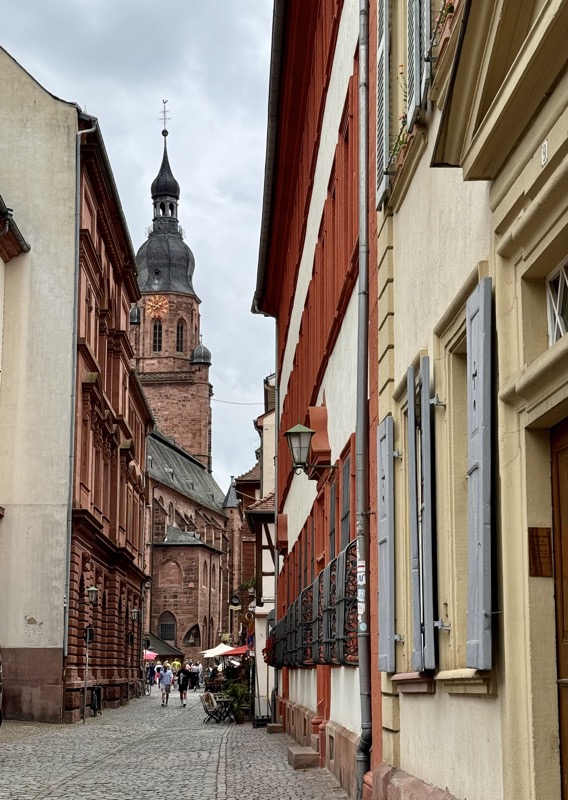
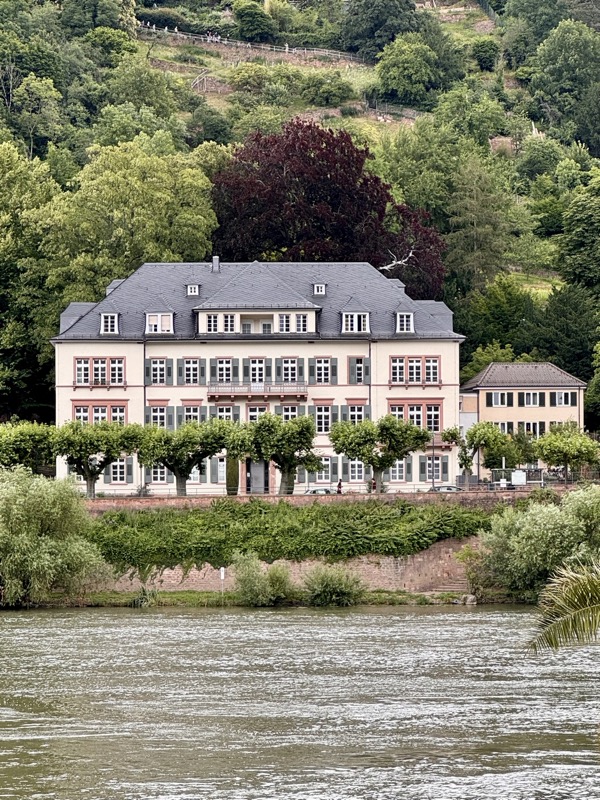
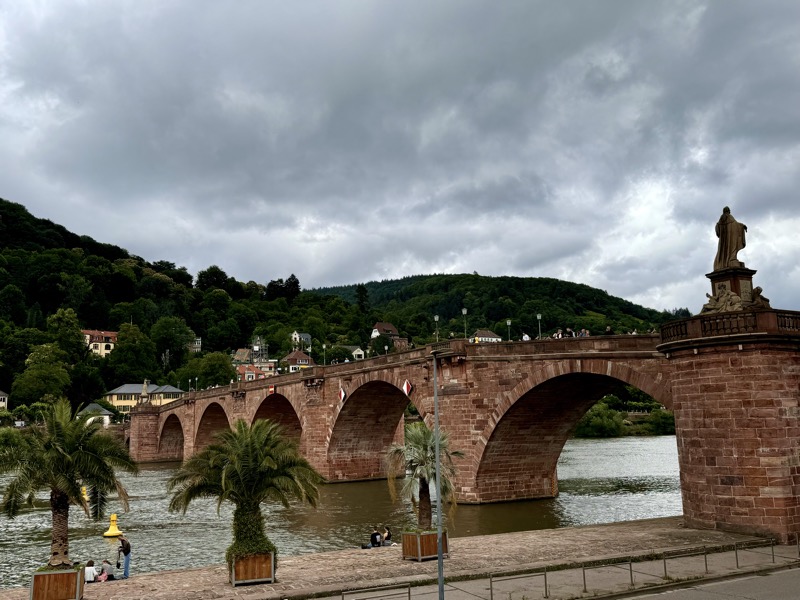


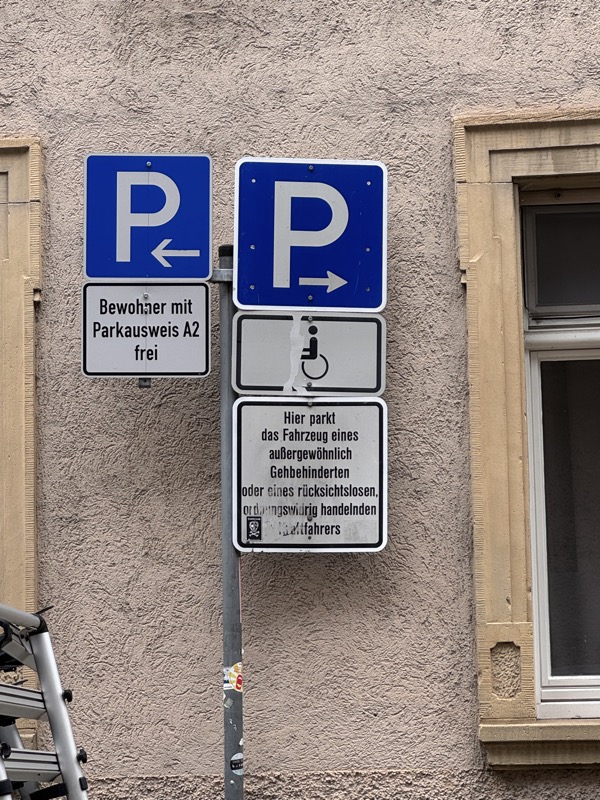
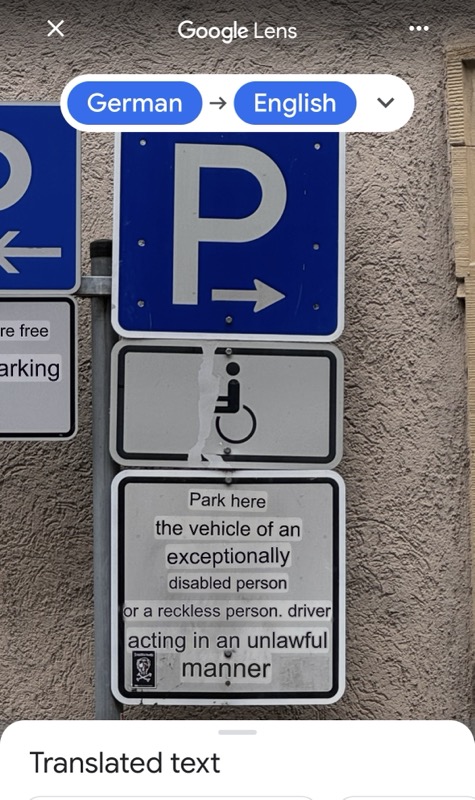
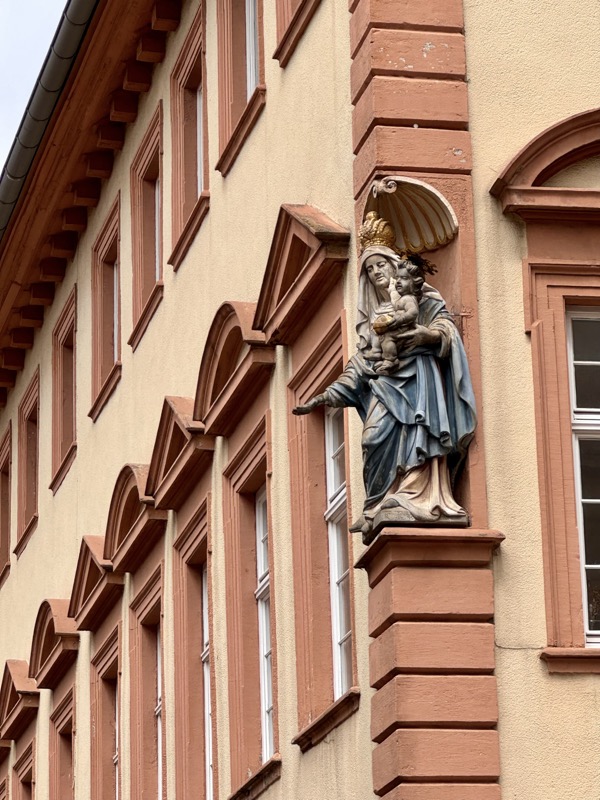

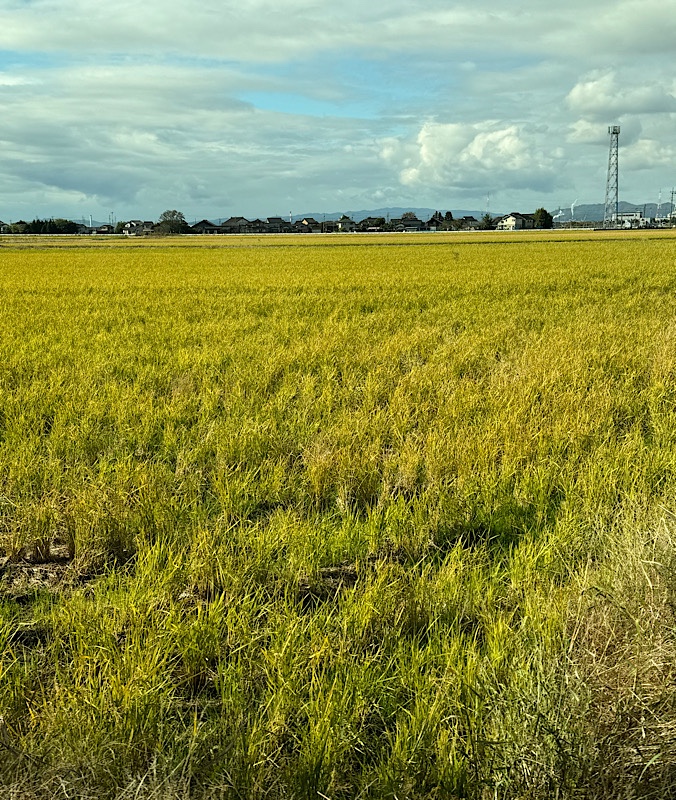 This warning is sign says “water!”, but is presumably meant to be read more like “WATER!” to let hapless passers-by know that there may be water in the rice paddy fields? The roads are all largely built up on banks about 3-4 feet above the level of the rice/water but I imagine plenty of people end up driving into the drink with the way people habitually speed around here. There’s some legislative loophole here where the police can’t have speed cameras as it is illegal to film someone unless they are engaged in illegal activity. So the convention (ie: the internet) says that you can do up to 39km per hour over the speed limit in a 100 zone, and up to 29km per hour over the posted speed limit in a 60 zone before the cops will care at all; because that is the limit where disqualification of license is the penalty. The result of which is EVERYONE is doing 70 in a 50 zone and so on…
This warning is sign says “water!”, but is presumably meant to be read more like “WATER!” to let hapless passers-by know that there may be water in the rice paddy fields? The roads are all largely built up on banks about 3-4 feet above the level of the rice/water but I imagine plenty of people end up driving into the drink with the way people habitually speed around here. There’s some legislative loophole here where the police can’t have speed cameras as it is illegal to film someone unless they are engaged in illegal activity. So the convention (ie: the internet) says that you can do up to 39km per hour over the speed limit in a 100 zone, and up to 29km per hour over the posted speed limit in a 60 zone before the cops will care at all; because that is the limit where disqualification of license is the penalty. The result of which is EVERYONE is doing 70 in a 50 zone and so on… 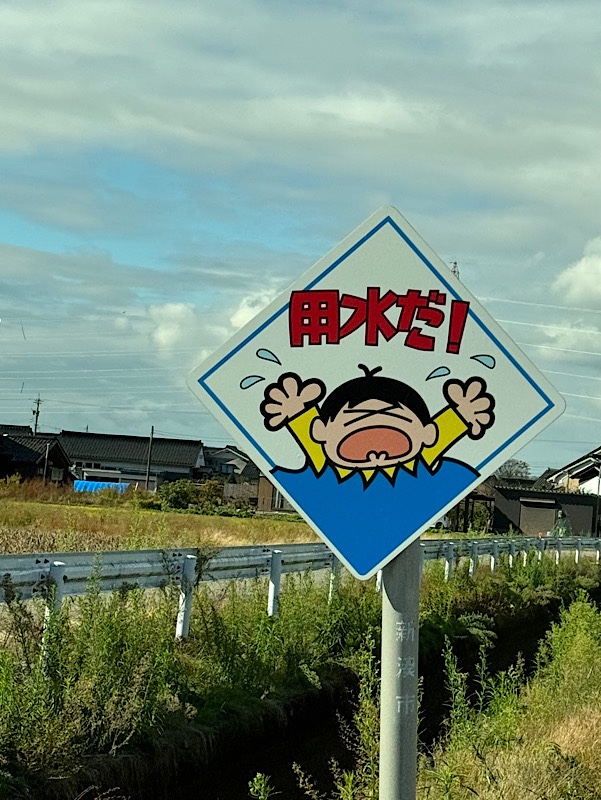 This is the first ‘fish market’ we visited – the Shinminato Kittokito Fisherman’s Market. We did not stay long,… there were no workmen sorting and slinging about their fresh catch. There were no barrels and barrels of fish splayed out on ice waiting to be auctioned – so we determined it is a ‘tourist fish market’. A suspicion that was borne out when a bus load of Chinese tourists came in and started shoving each other out of their way to get to a large and very modern canteen. Not a bad spot if you want preserved fish products and souvenirs, but the place doesn’t even smell like fish and there isn’t any seabirds anywhere!
This is the first ‘fish market’ we visited – the Shinminato Kittokito Fisherman’s Market. We did not stay long,… there were no workmen sorting and slinging about their fresh catch. There were no barrels and barrels of fish splayed out on ice waiting to be auctioned – so we determined it is a ‘tourist fish market’. A suspicion that was borne out when a bus load of Chinese tourists came in and started shoving each other out of their way to get to a large and very modern canteen. Not a bad spot if you want preserved fish products and souvenirs, but the place doesn’t even smell like fish and there isn’t any seabirds anywhere! 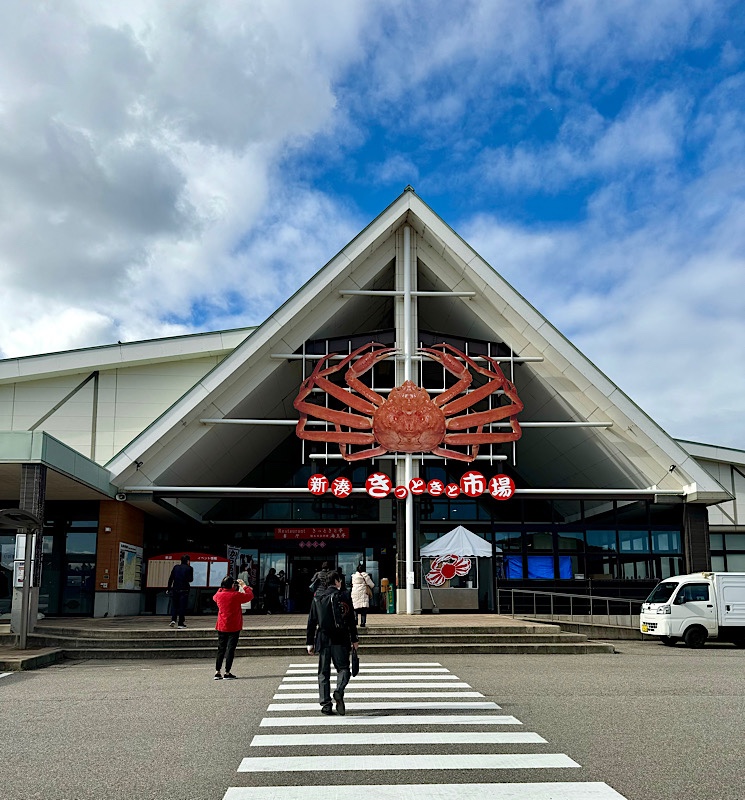
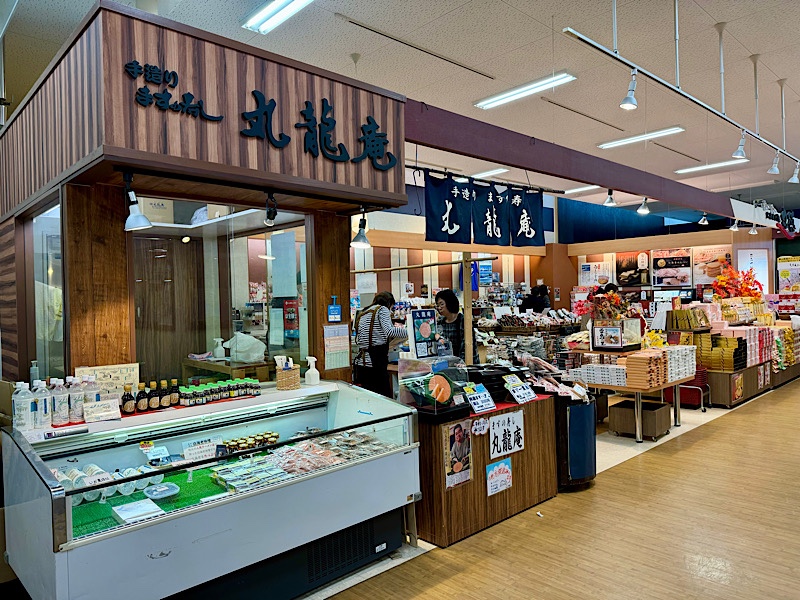 There is plenty of shopping here to lighten your wallet, and it is redeemed a teeny bit by having an amazing little saké shop.
There is plenty of shopping here to lighten your wallet, and it is redeemed a teeny bit by having an amazing little saké shop. I had heard (read: saw someone raving about it on a YouTube video), about the famous shrimp flavoured ice cream here and felt that must be pretty weird so naturally had to buy one to try it.
I had heard (read: saw someone raving about it on a YouTube video), about the famous shrimp flavoured ice cream here and felt that must be pretty weird so naturally had to buy one to try it. Mr K said “That is the most Instagrammable thing I have ever seen you do – spend 350JPY on an ice cream because someone else on the internet did!” To which I replied, it’s only the most Instagrammable thing you’ve ever seen me do if I buy it, take a photo, post it on bloody Instagram and then dump it!” Which wasn’t my intention, but I have to say it tasted bloody ordinary, so most of it did unfortunately end up in the bin. Whoops!
Mr K said “That is the most Instagrammable thing I have ever seen you do – spend 350JPY on an ice cream because someone else on the internet did!” To which I replied, it’s only the most Instagrammable thing you’ve ever seen me do if I buy it, take a photo, post it on bloody Instagram and then dump it!” Which wasn’t my intention, but I have to say it tasted bloody ordinary, so most of it did unfortunately end up in the bin. Whoops!  And he has the audacity to pick on me and my ice cream… exhibit A, if it may please the court:
And he has the audacity to pick on me and my ice cream… exhibit A, if it may please the court: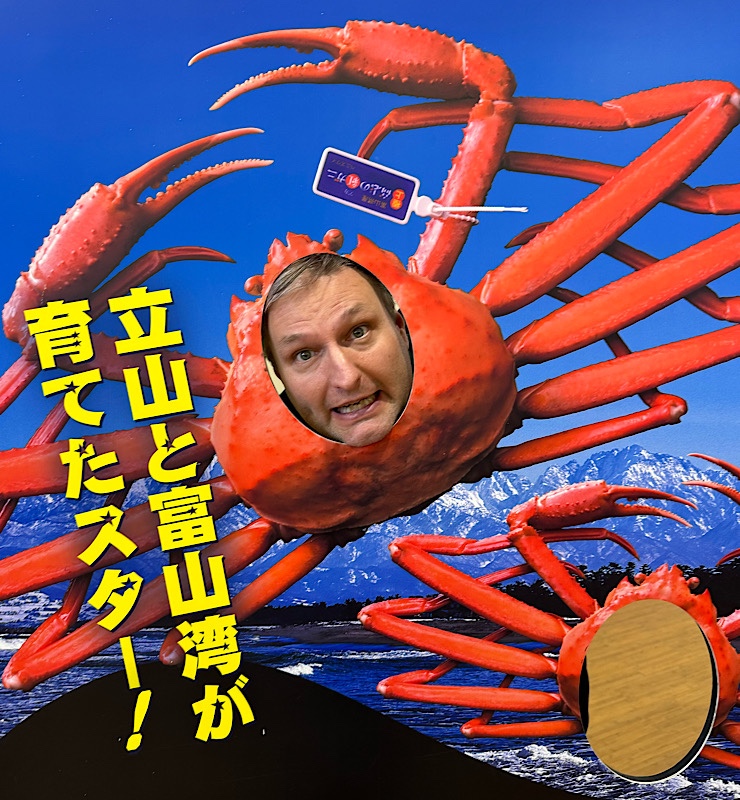
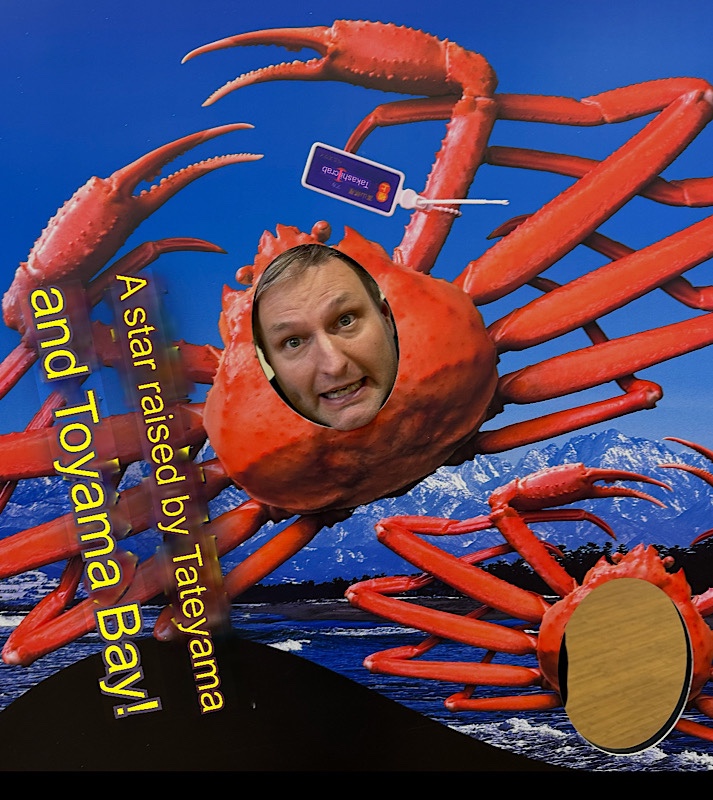
 Yep! Okay, this is definitely a fish market. Fresth fishy smell -check. Wet concrete everywhere – check. Seabirds squabbling all over the place – check! We arrived around 1pm and all the auctions for the morning’s catches were over but the restaurant was busy as all giddy up – as promised. So we took a number and waited to be called. Which took about 20 mins given the time of day.
Yep! Okay, this is definitely a fish market. Fresth fishy smell -check. Wet concrete everywhere – check. Seabirds squabbling all over the place – check! We arrived around 1pm and all the auctions for the morning’s catches were over but the restaurant was busy as all giddy up – as promised. So we took a number and waited to be called. Which took about 20 mins given the time of day.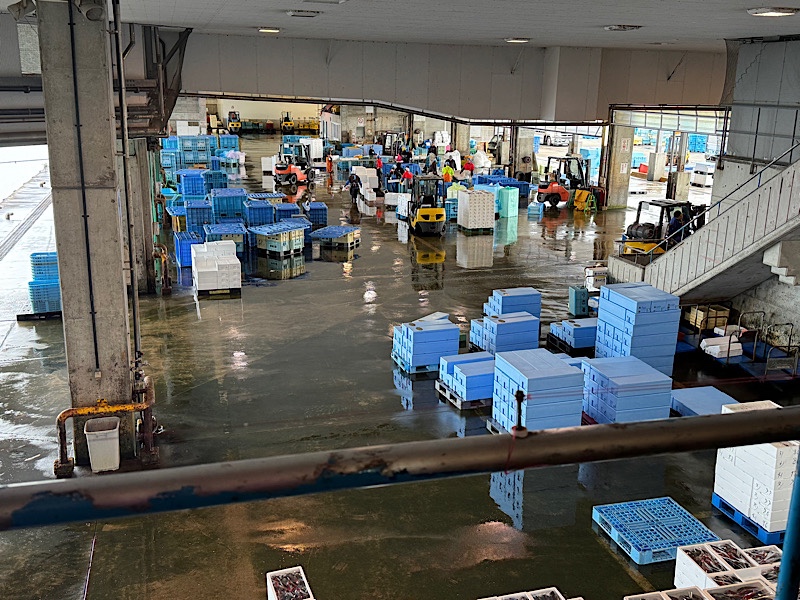
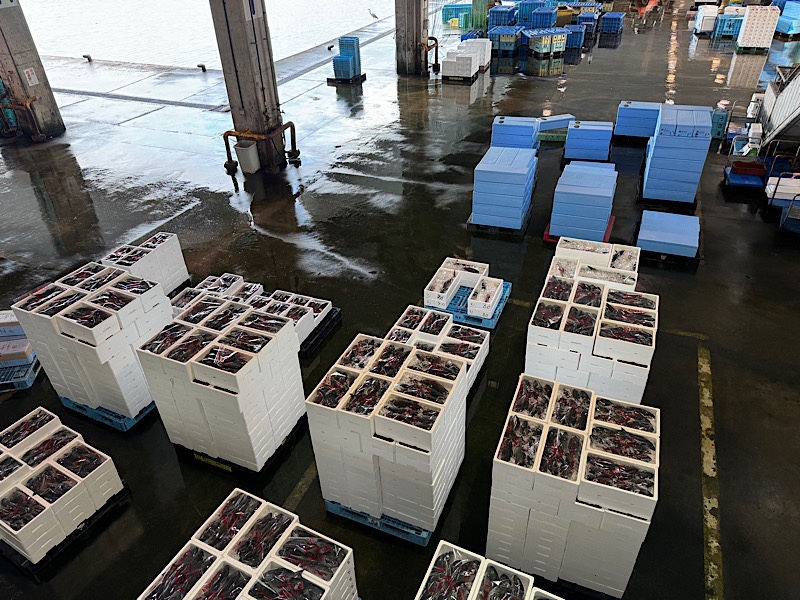 Inside was a modern hustling restaurant that seated about 60 and was half closed off (I think it’s off season now for visitors). Mr K liked the robot waiters, I was drooling over the menu.
Inside was a modern hustling restaurant that seated about 60 and was half closed off (I think it’s off season now for visitors). Mr K liked the robot waiters, I was drooling over the menu. 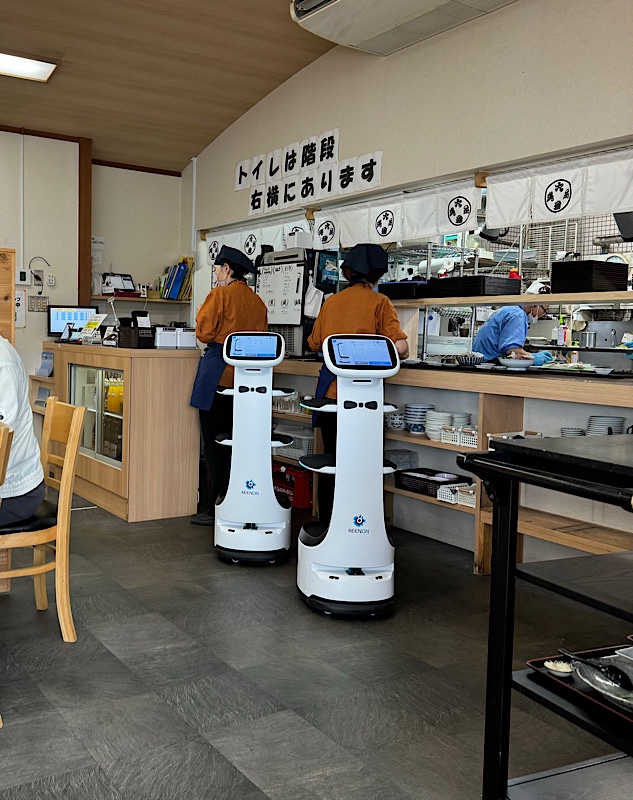 Some boring non-descript fish and rice for Mr K, which was served with a optimistically labeled bottle of ‘SAUCE’ that turned out to be ponzu. LOL.
Some boring non-descript fish and rice for Mr K, which was served with a optimistically labeled bottle of ‘SAUCE’ that turned out to be ponzu. LOL.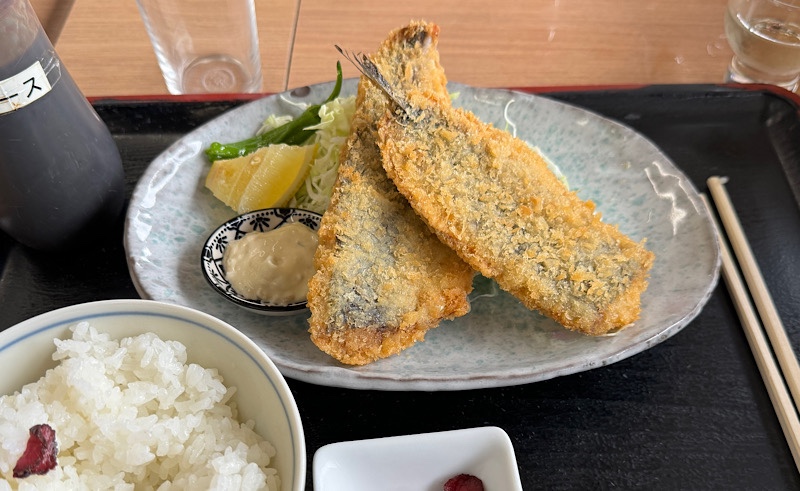 Naturally, when there is no soft drinks on the menu (that one is able to decipher) saké is the go-to whether it’s lunch or dinner (hell, I’d probably have saké for breakfast if it was an option…). I have no idea what brewery it came from but it was very quaffable.
Naturally, when there is no soft drinks on the menu (that one is able to decipher) saké is the go-to whether it’s lunch or dinner (hell, I’d probably have saké for breakfast if it was an option…). I have no idea what brewery it came from but it was very quaffable. 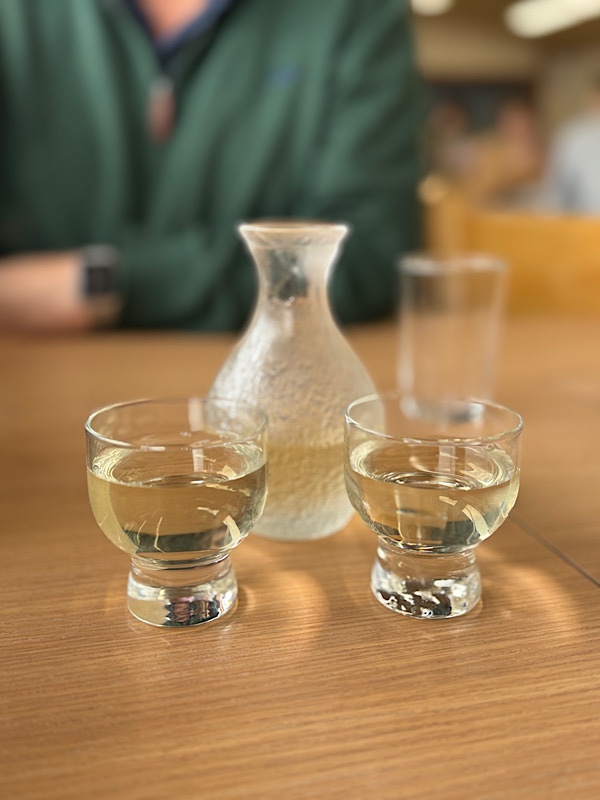 And then… the main events! The mixed sashimi platter full of all good things.
And then… the main events! The mixed sashimi platter full of all good things. And a yellow tail platter full of, well, yellow tail. BEST SASHIMI I have ever tried in my entire life. Quite five times better than anything Sono in Brisbane has ever served. *chef’s kiss* totally worth the mystery drive and the wait above the busy fish market. Don’t be taken in by Tourist Fish Market in Toyama, people!
And a yellow tail platter full of, well, yellow tail. BEST SASHIMI I have ever tried in my entire life. Quite five times better than anything Sono in Brisbane has ever served. *chef’s kiss* totally worth the mystery drive and the wait above the busy fish market. Don’t be taken in by Tourist Fish Market in Toyama, people!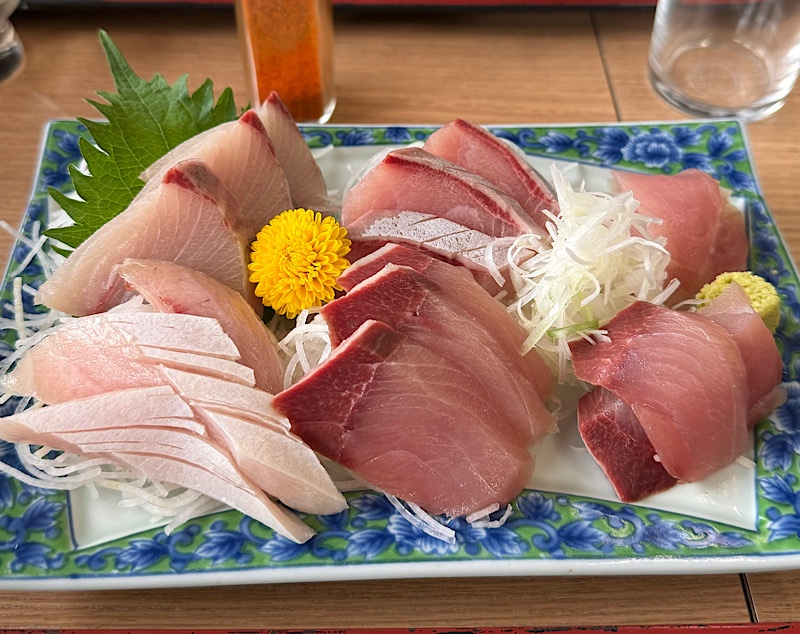
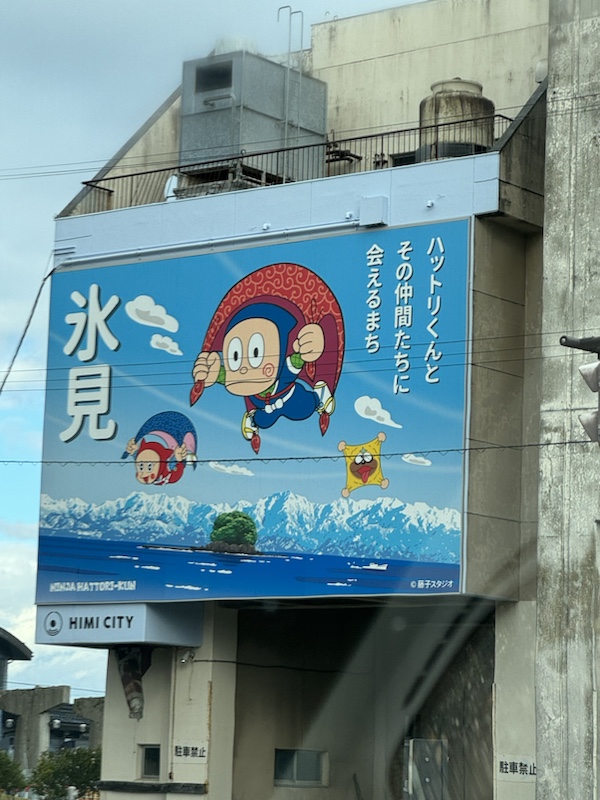 Himi Banya-Gai. This one is sooo touristy it even comes with its own tourist information centre, a government looking facilities block and about seven fishy canteens, a glass shop, shops full of pastries and preserved fish products – so much so you feel like you are in the food hall of a major department store.
Himi Banya-Gai. This one is sooo touristy it even comes with its own tourist information centre, a government looking facilities block and about seven fishy canteens, a glass shop, shops full of pastries and preserved fish products – so much so you feel like you are in the food hall of a major department store.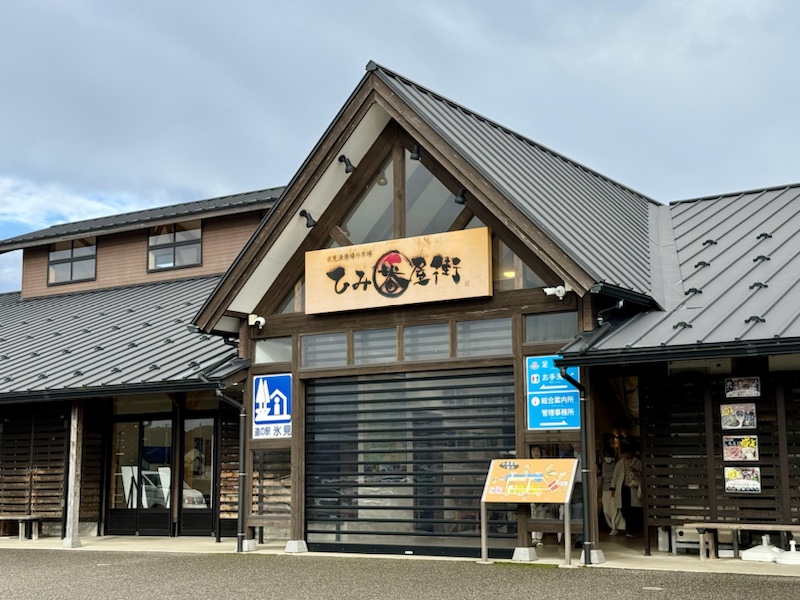
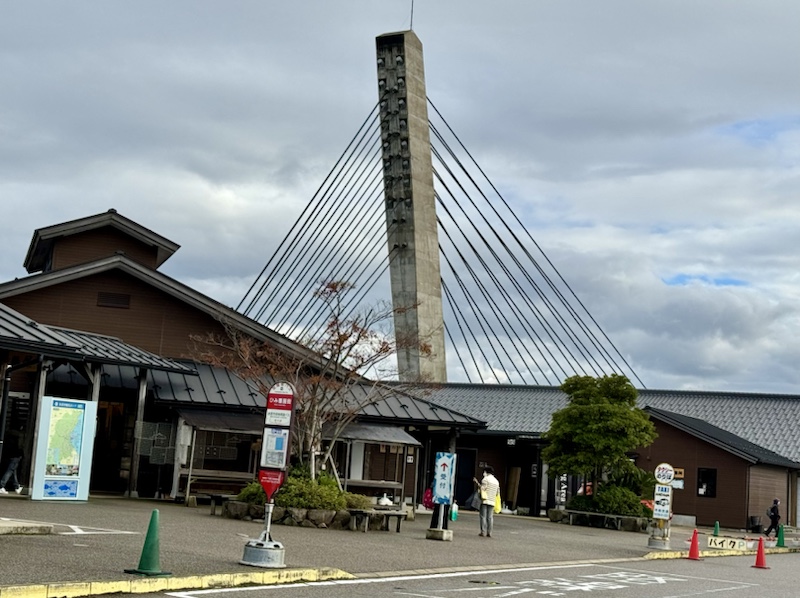 This is what passed for premium fresh yellow tail here: some weird foil wrapped packets labeled 1st class, 2nd class and 3rd class yellow tail. And all for way more than what we paid at the port.
This is what passed for premium fresh yellow tail here: some weird foil wrapped packets labeled 1st class, 2nd class and 3rd class yellow tail. And all for way more than what we paid at the port.  The squidly products looked interesting, but without refrigeration to take them with us, they stayed in the shop.
The squidly products looked interesting, but without refrigeration to take them with us, they stayed in the shop. 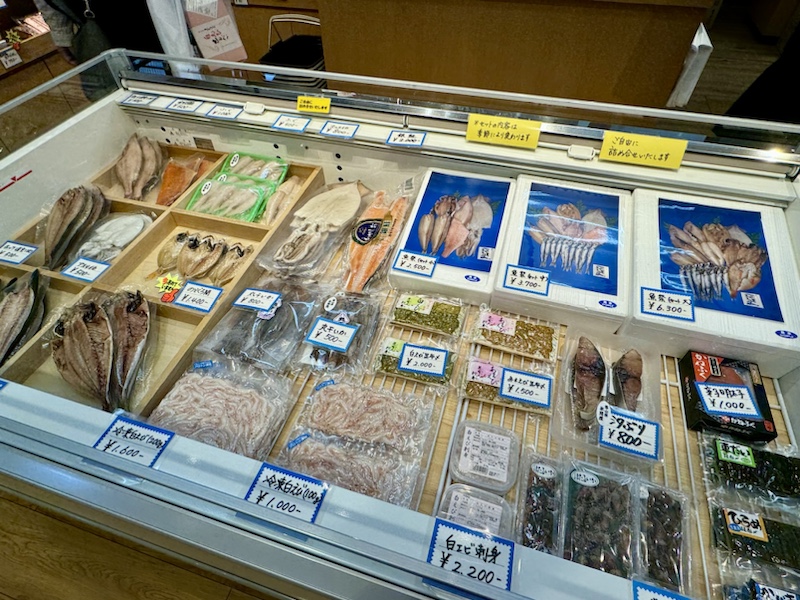
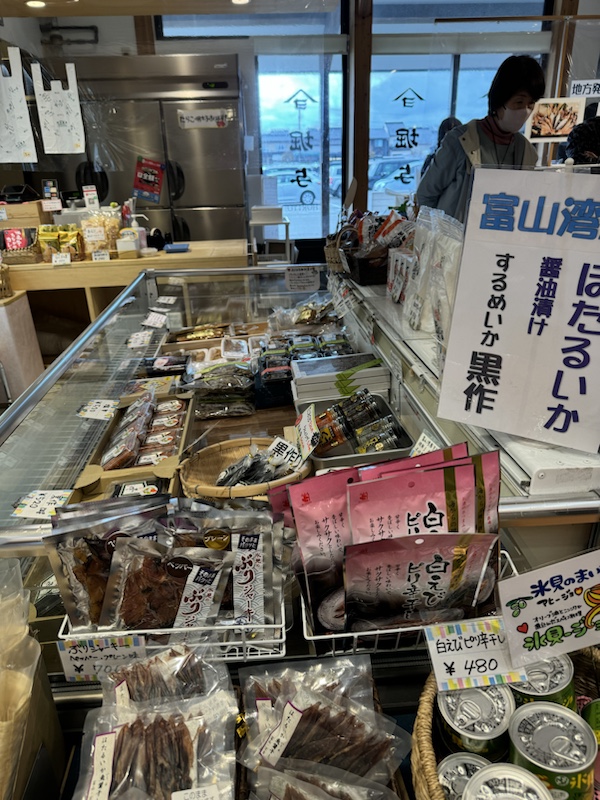
 All pre-packaged fish products.
All pre-packaged fish products.  I’m sure it makes a nice trip out here if you live in the area to stop up on pantry staples, but I’m so glad we found the port restaurant for some super fresh offerings.
I’m sure it makes a nice trip out here if you live in the area to stop up on pantry staples, but I’m so glad we found the port restaurant for some super fresh offerings. 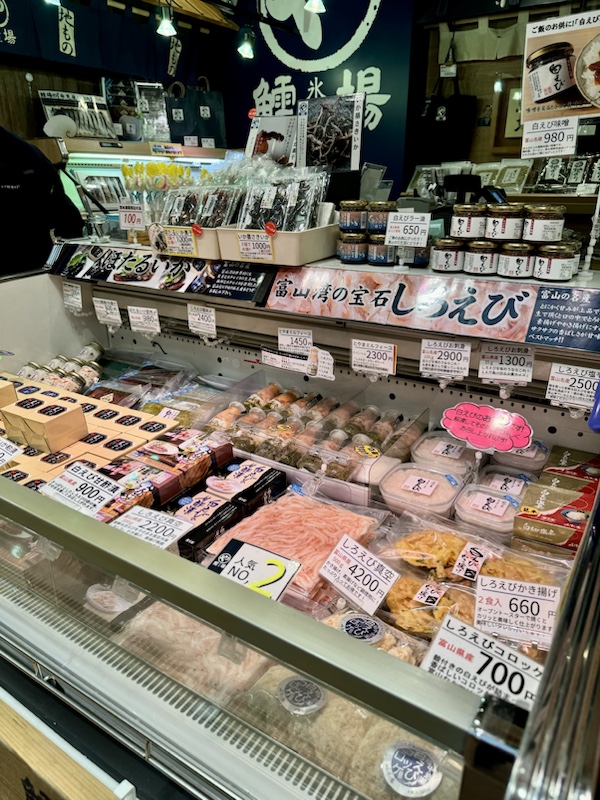
 Ah, finally some fresh fish – for you to buy and take home and prepare…?
Ah, finally some fresh fish – for you to buy and take home and prepare…?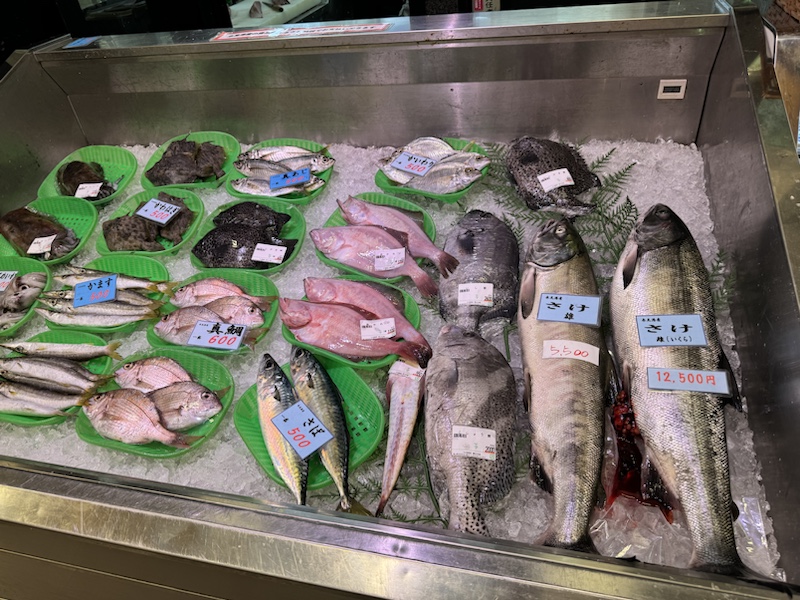

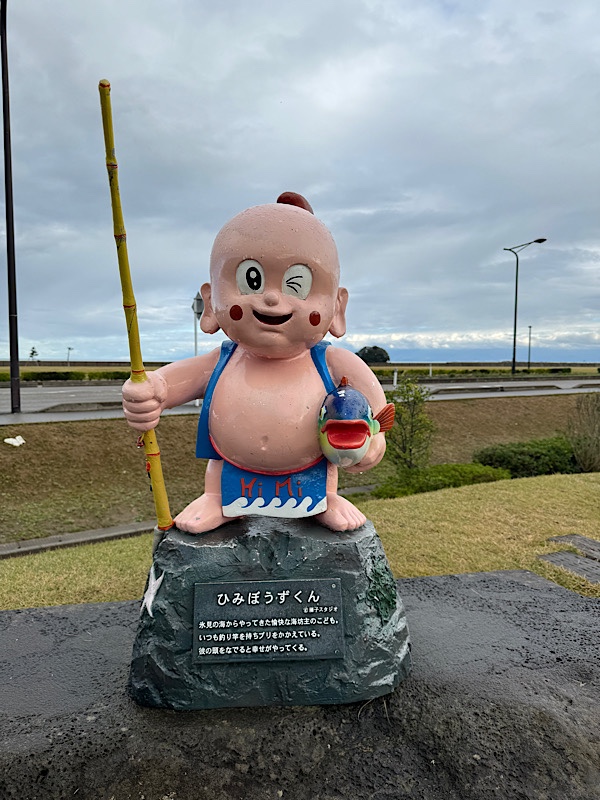
 The original castle was built in the 1500s but this building is a replica re-built in the mid-1800s after an earthquake, which is quite a common story with Japanese castles.
The original castle was built in the 1500s but this building is a replica re-built in the mid-1800s after an earthquake, which is quite a common story with Japanese castles.  From there it was back to our lodgings at the Dormy Inn Toyama and would you believe it? More saké was on the menu, and tonight a cheap and dirty take-away curry for dinner. Long day was long.
From there it was back to our lodgings at the Dormy Inn Toyama and would you believe it? More saké was on the menu, and tonight a cheap and dirty take-away curry for dinner. Long day was long.

